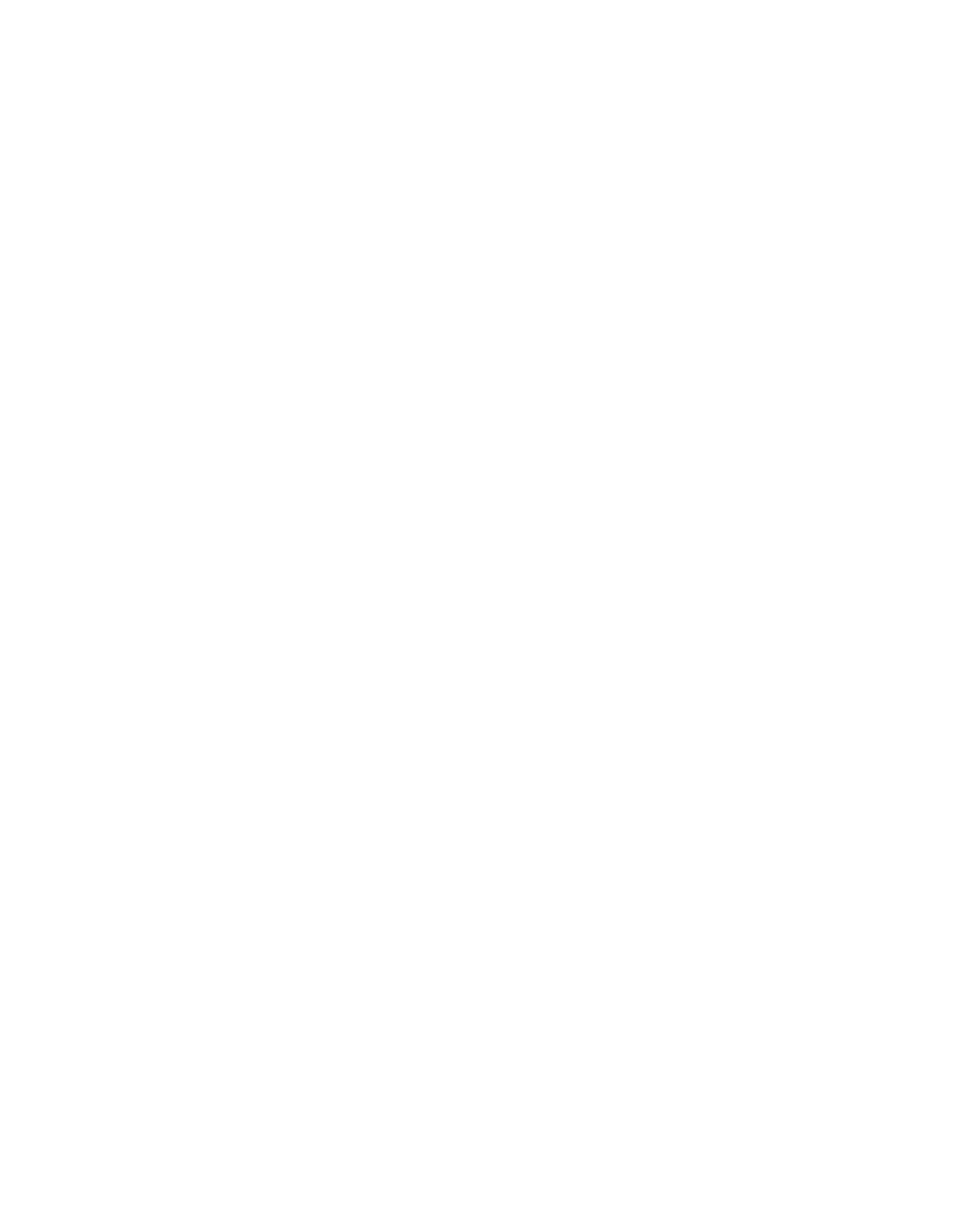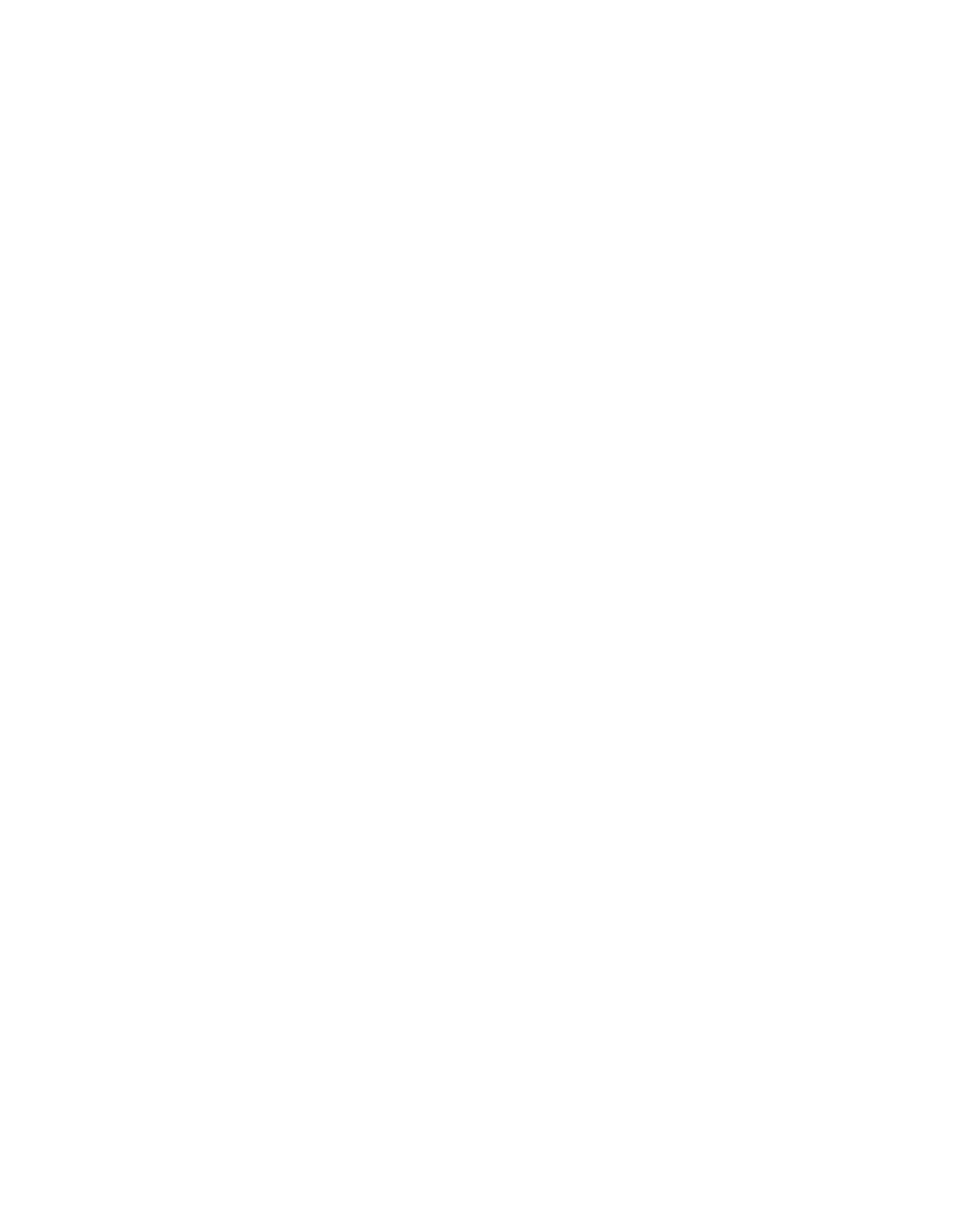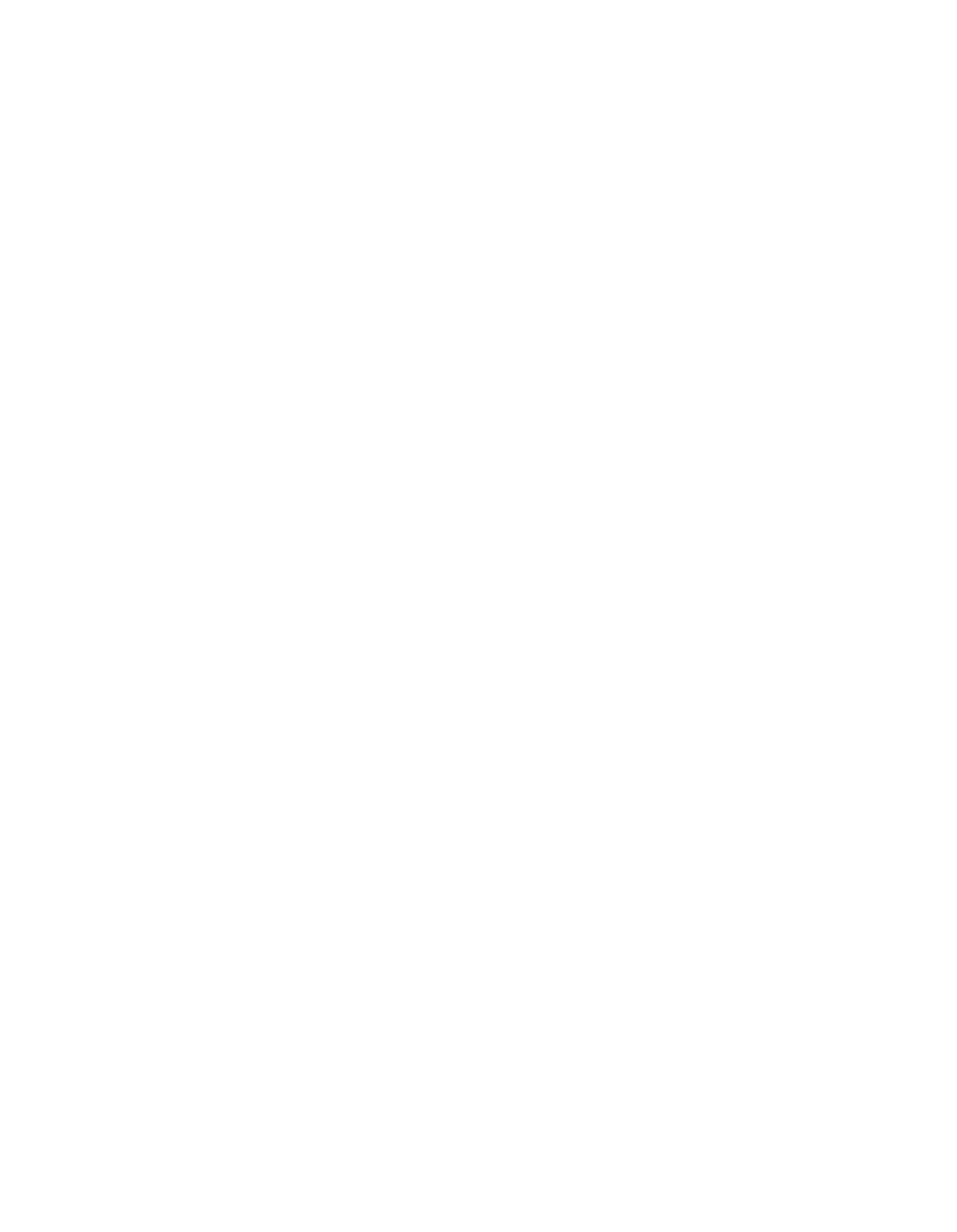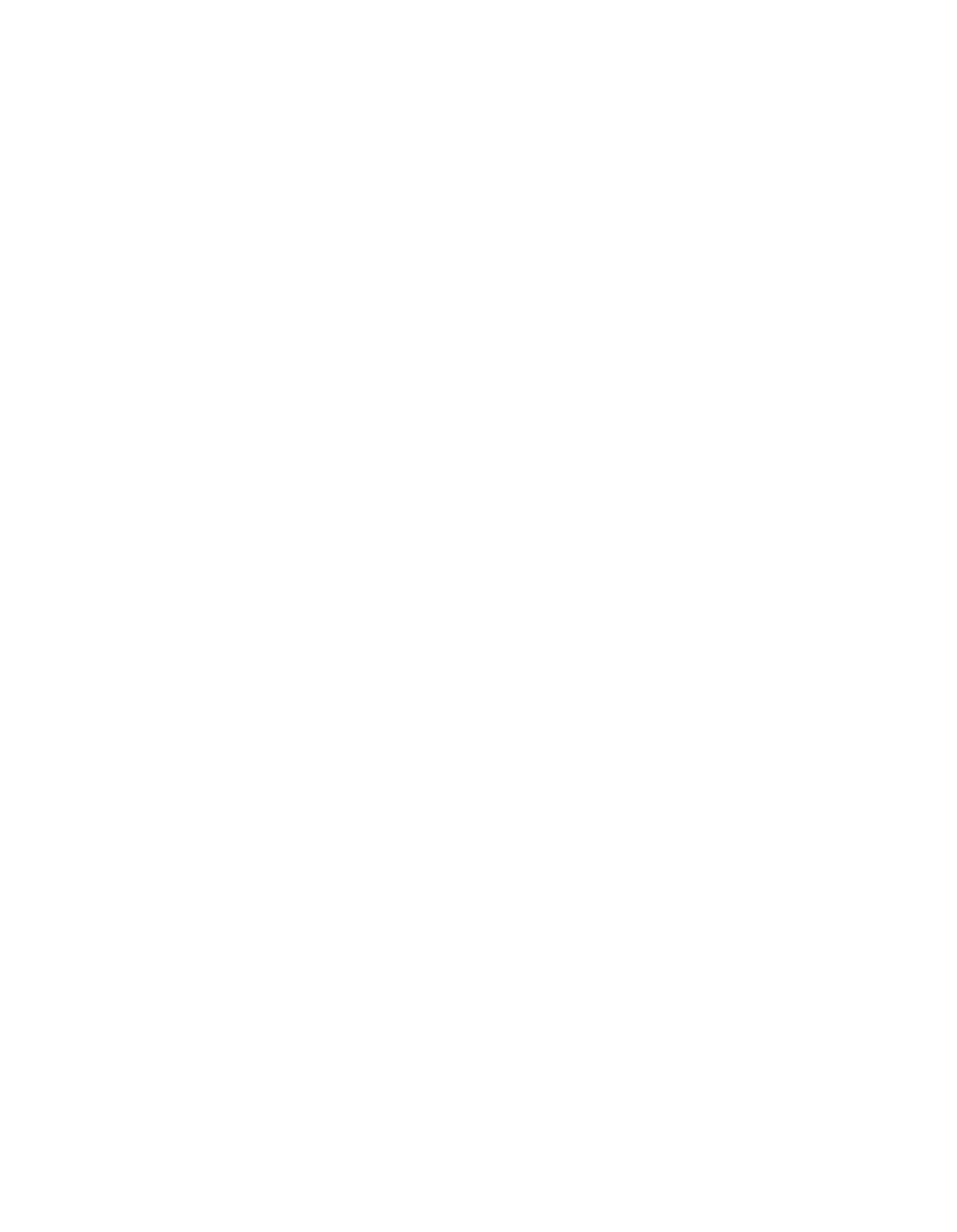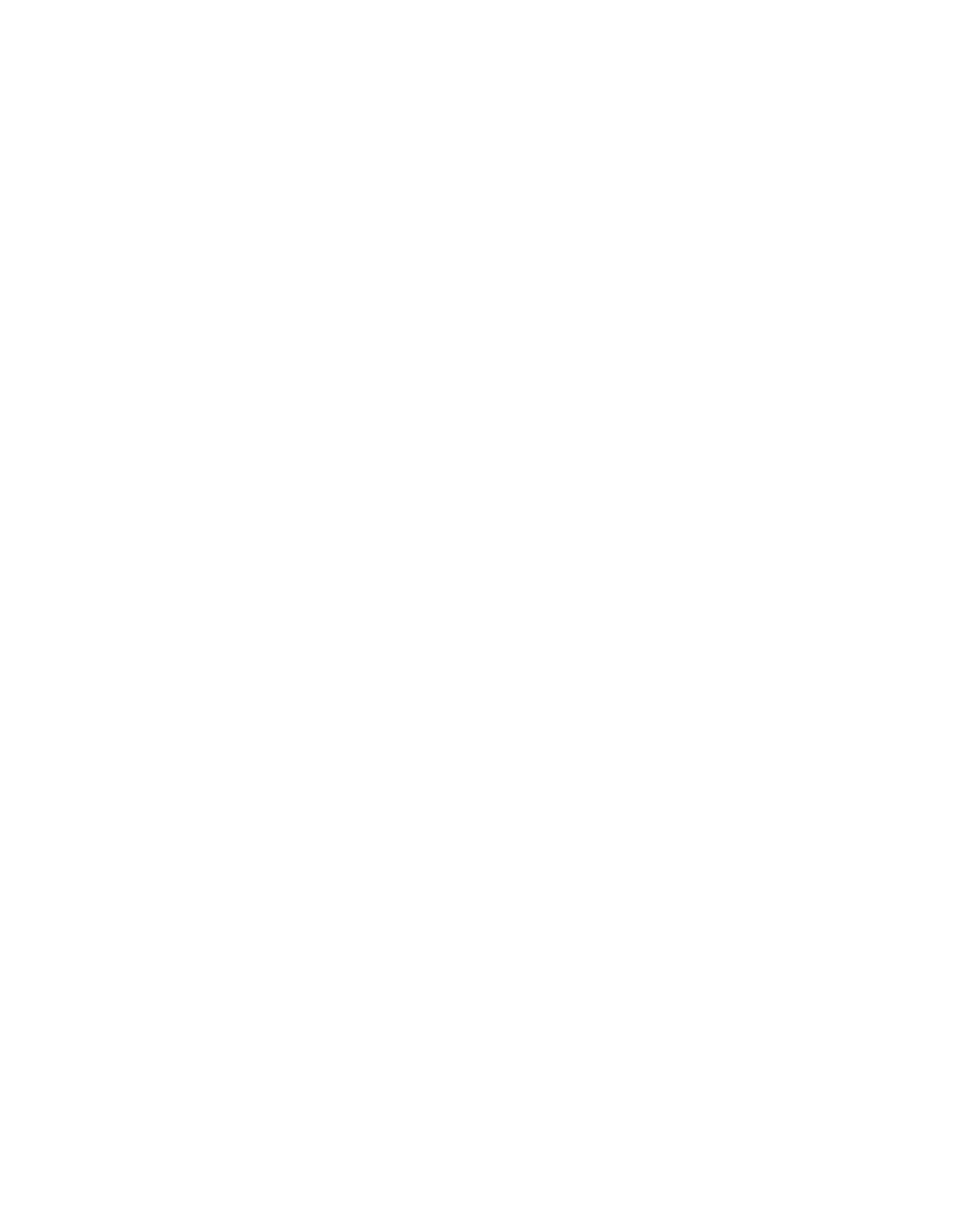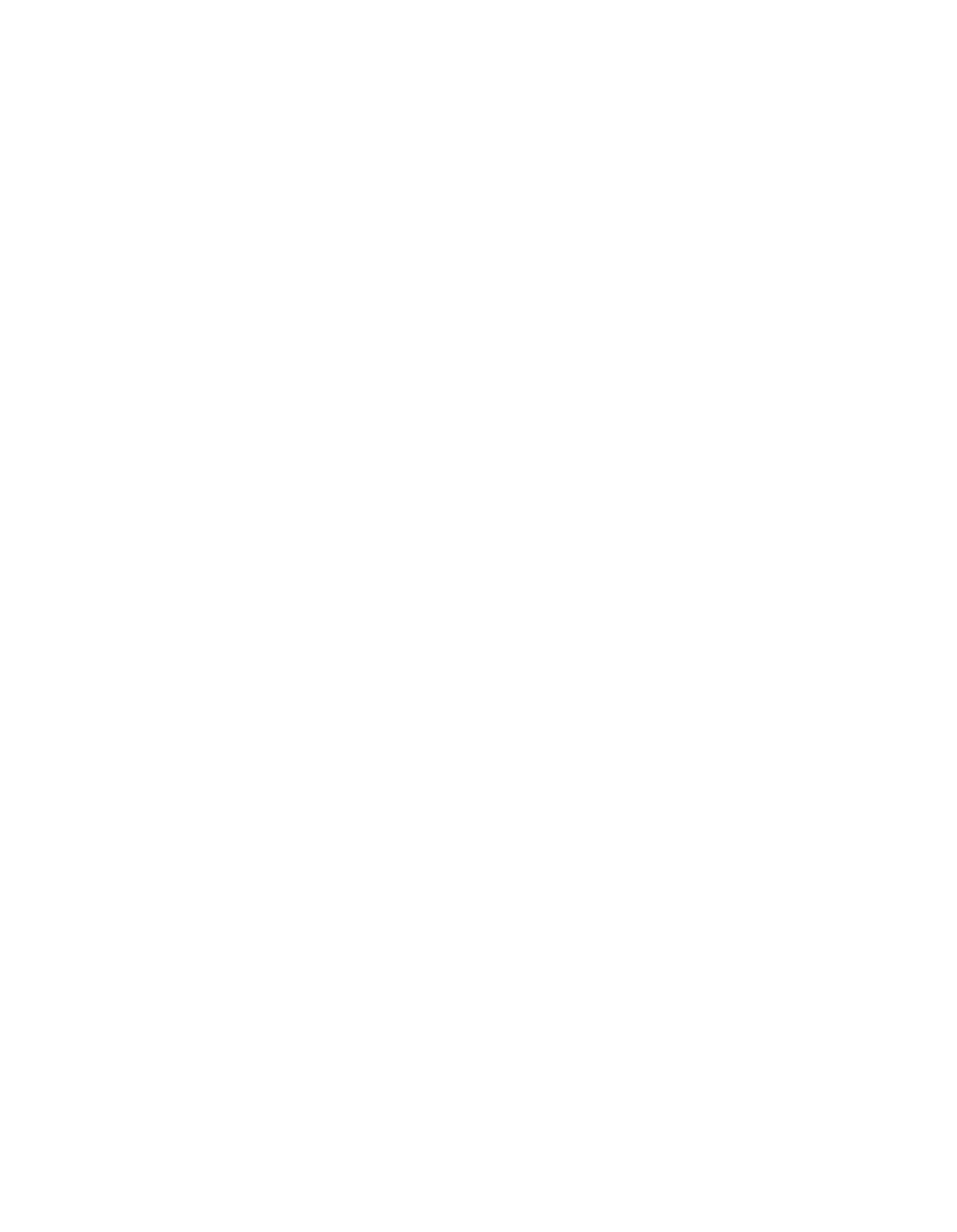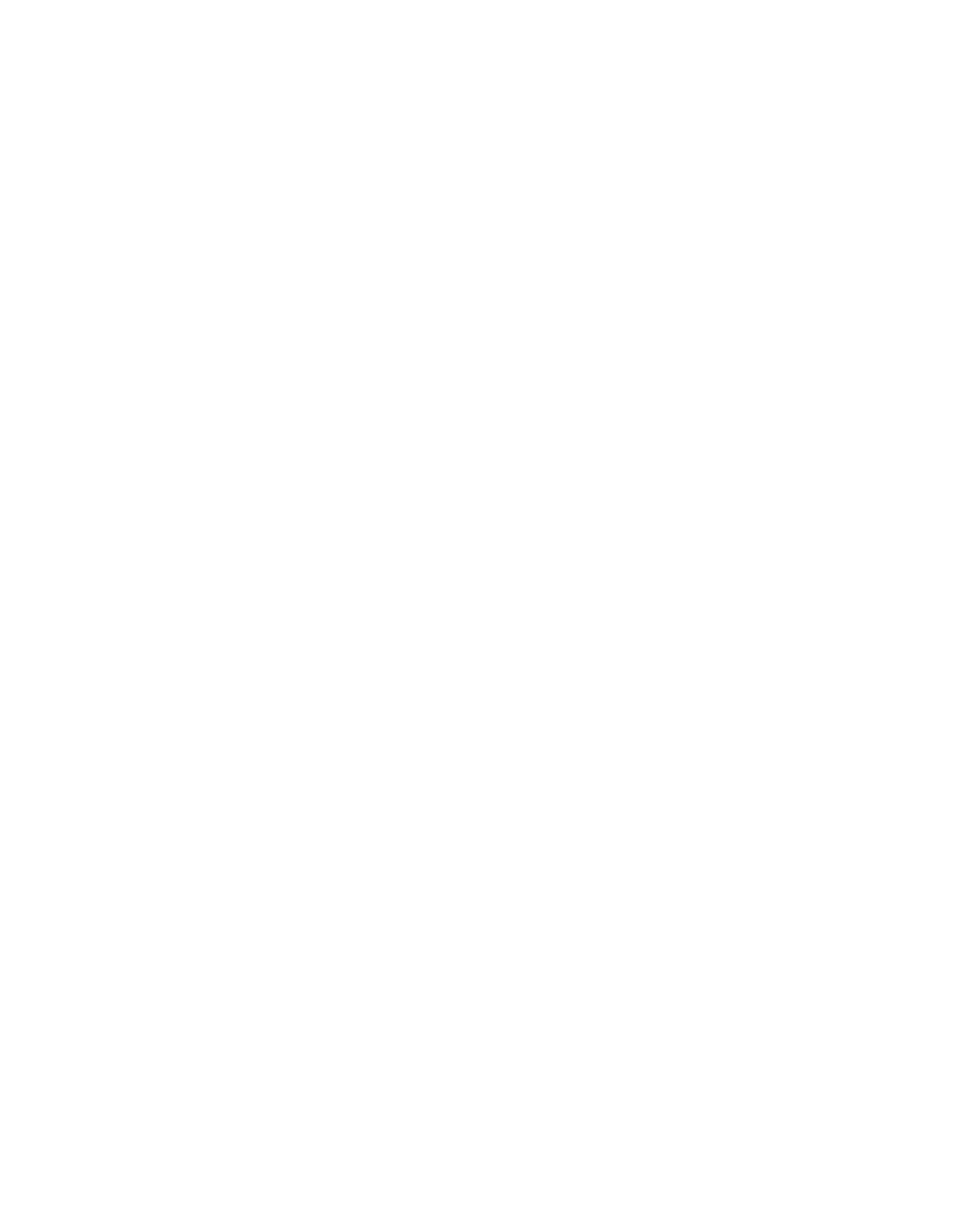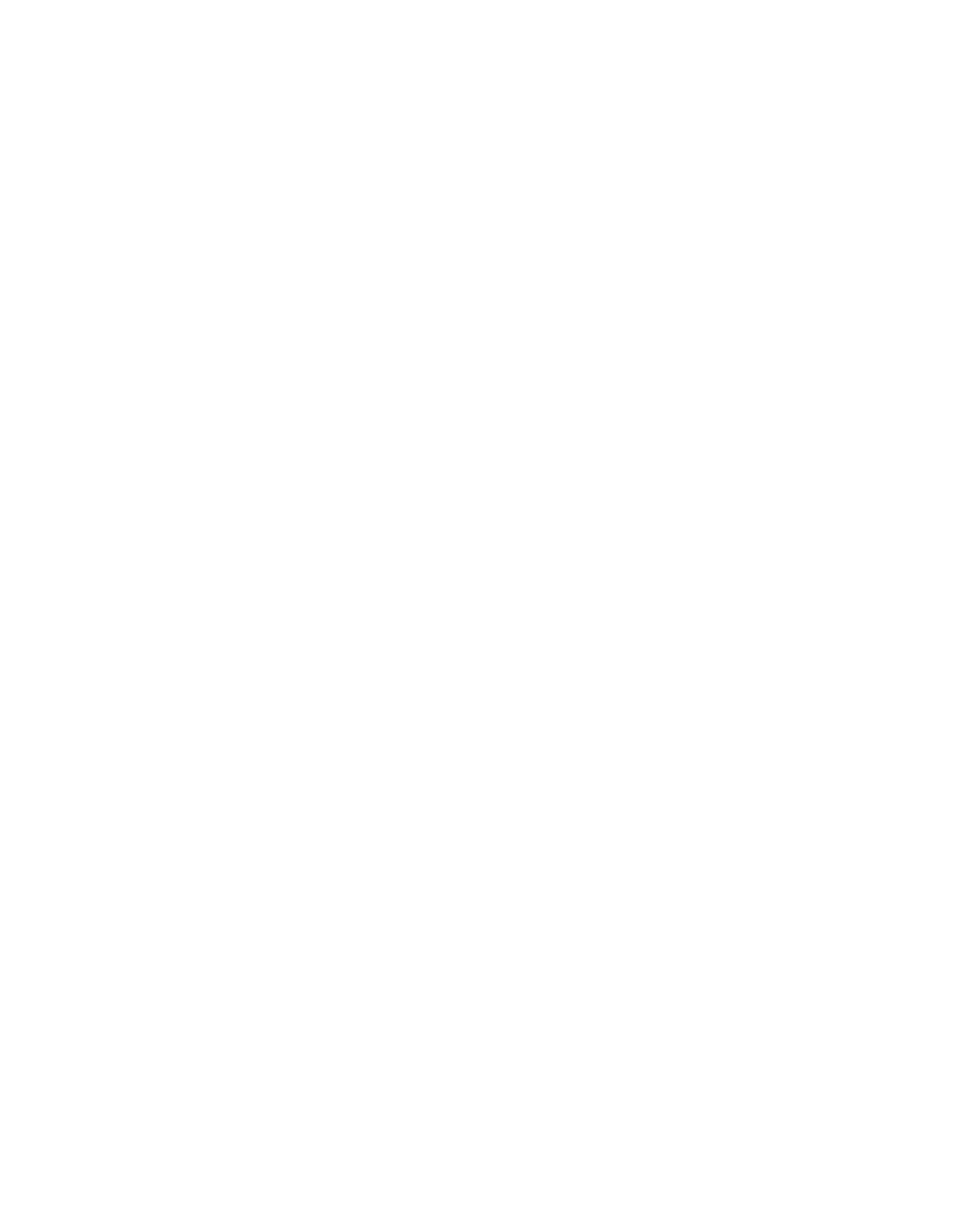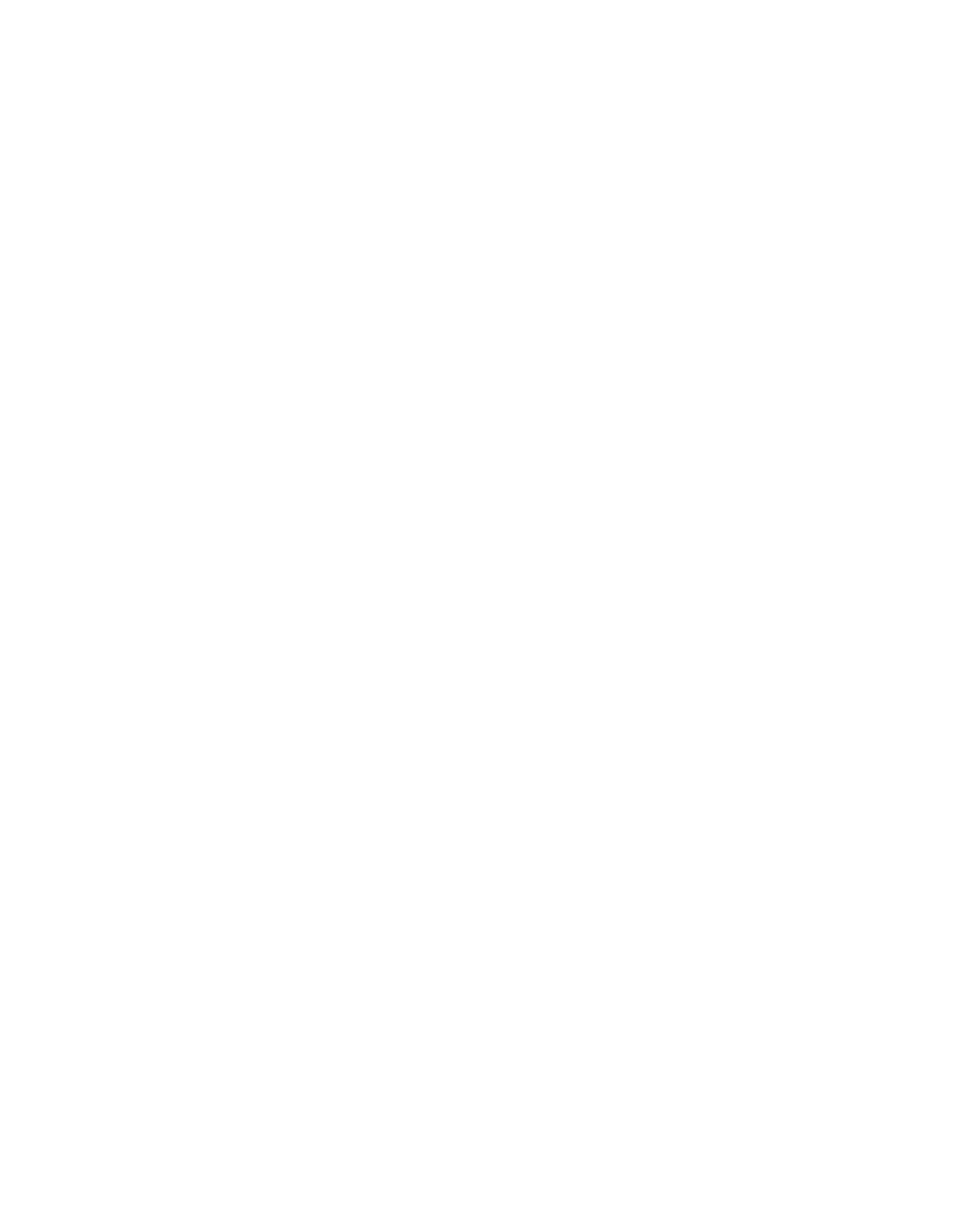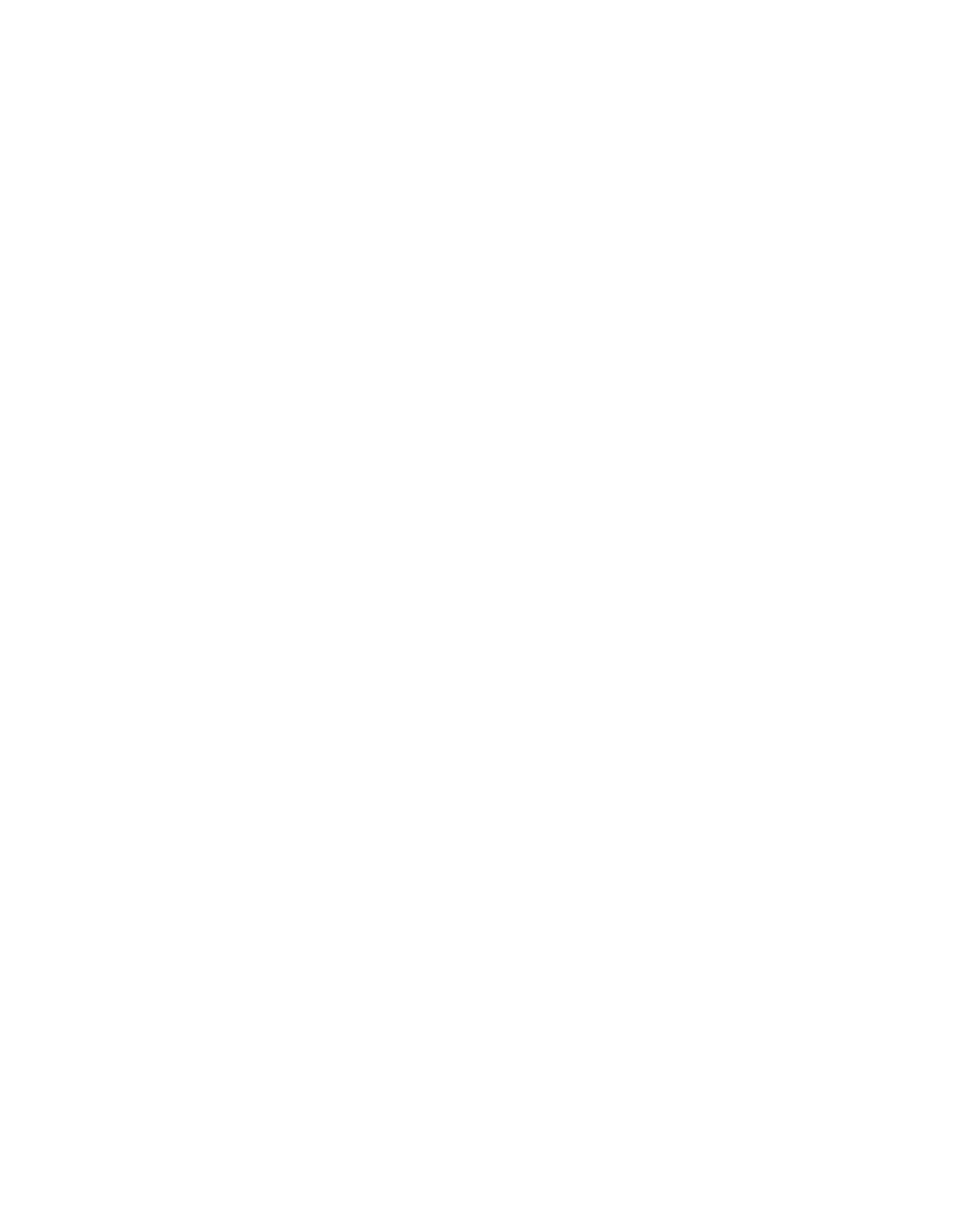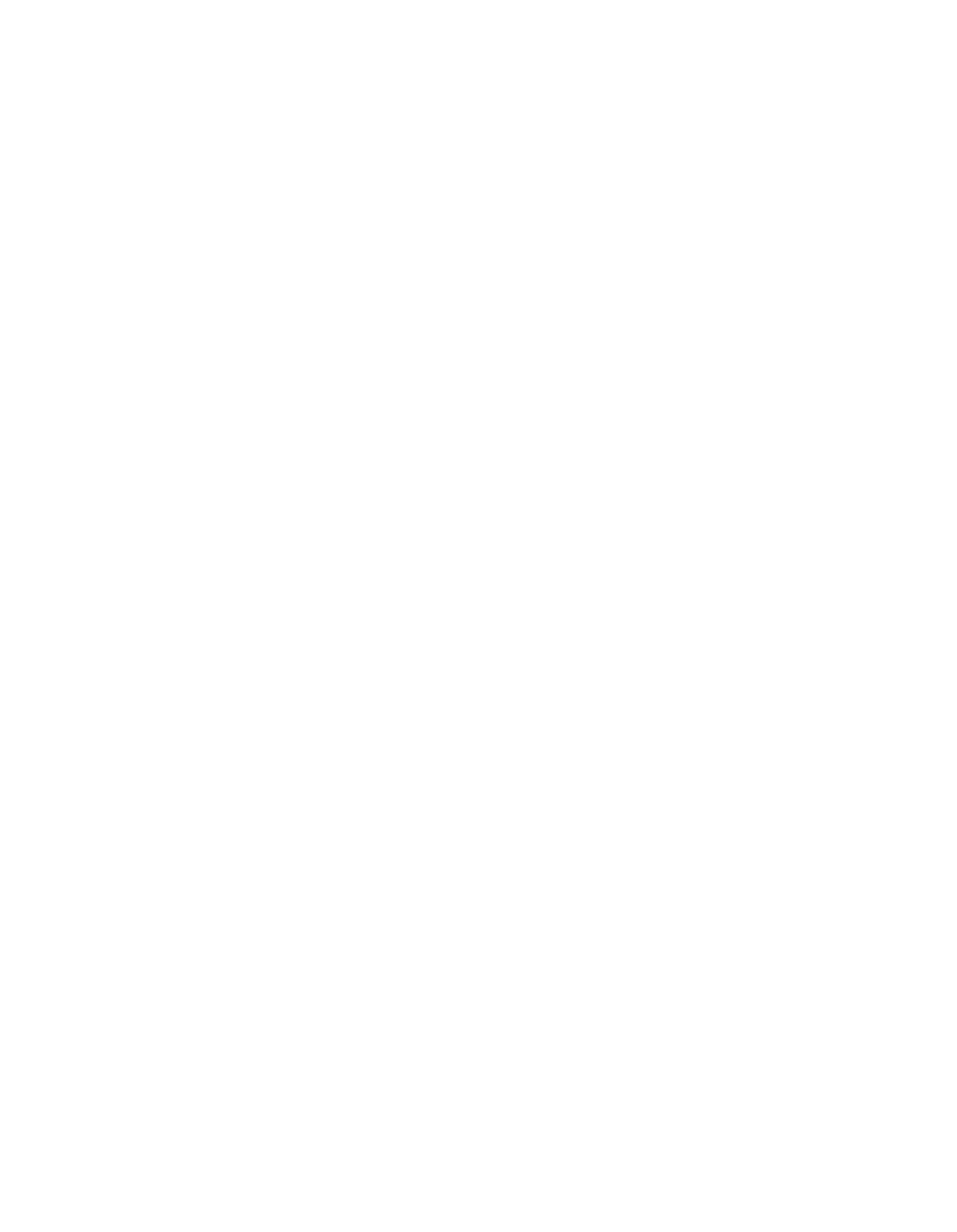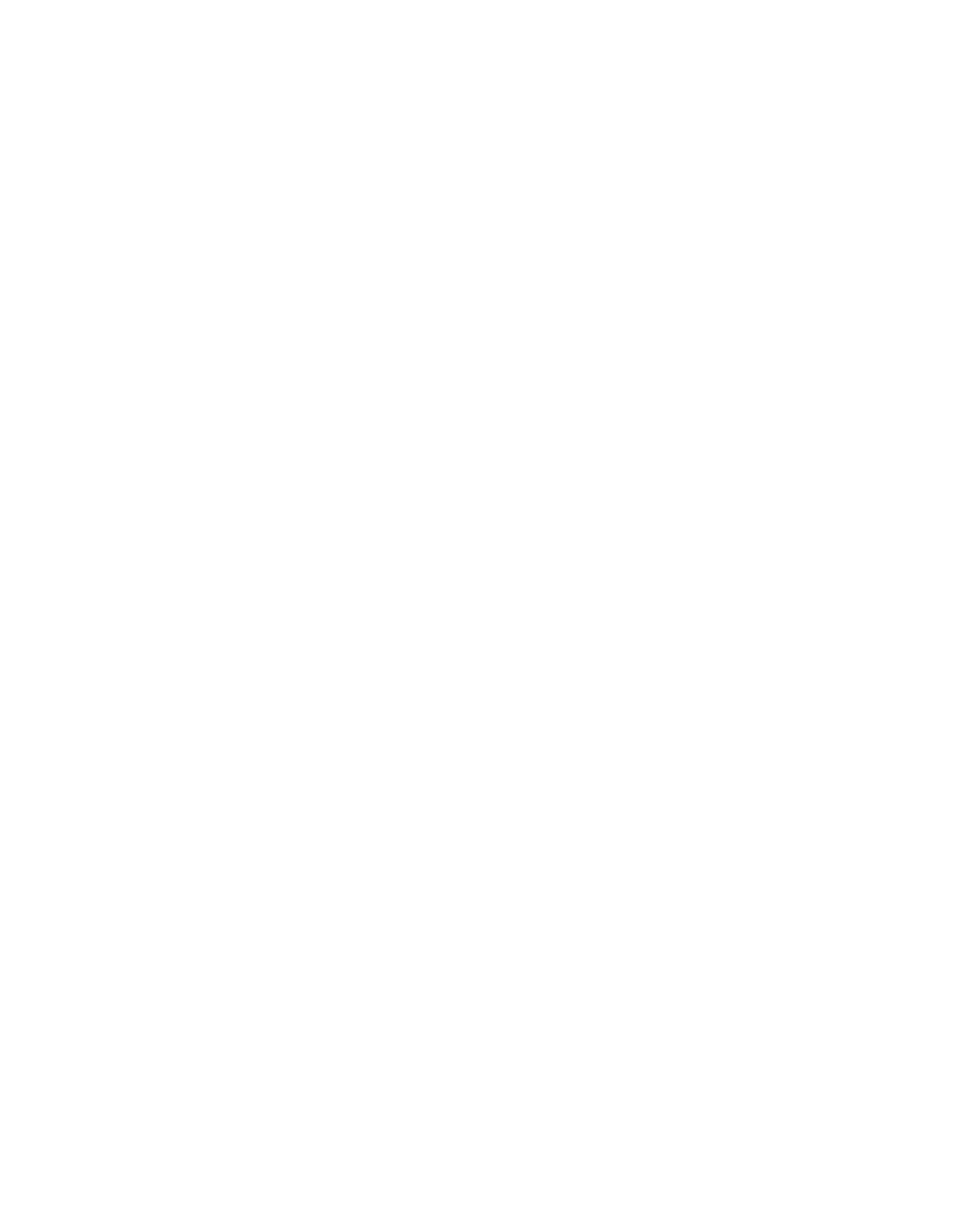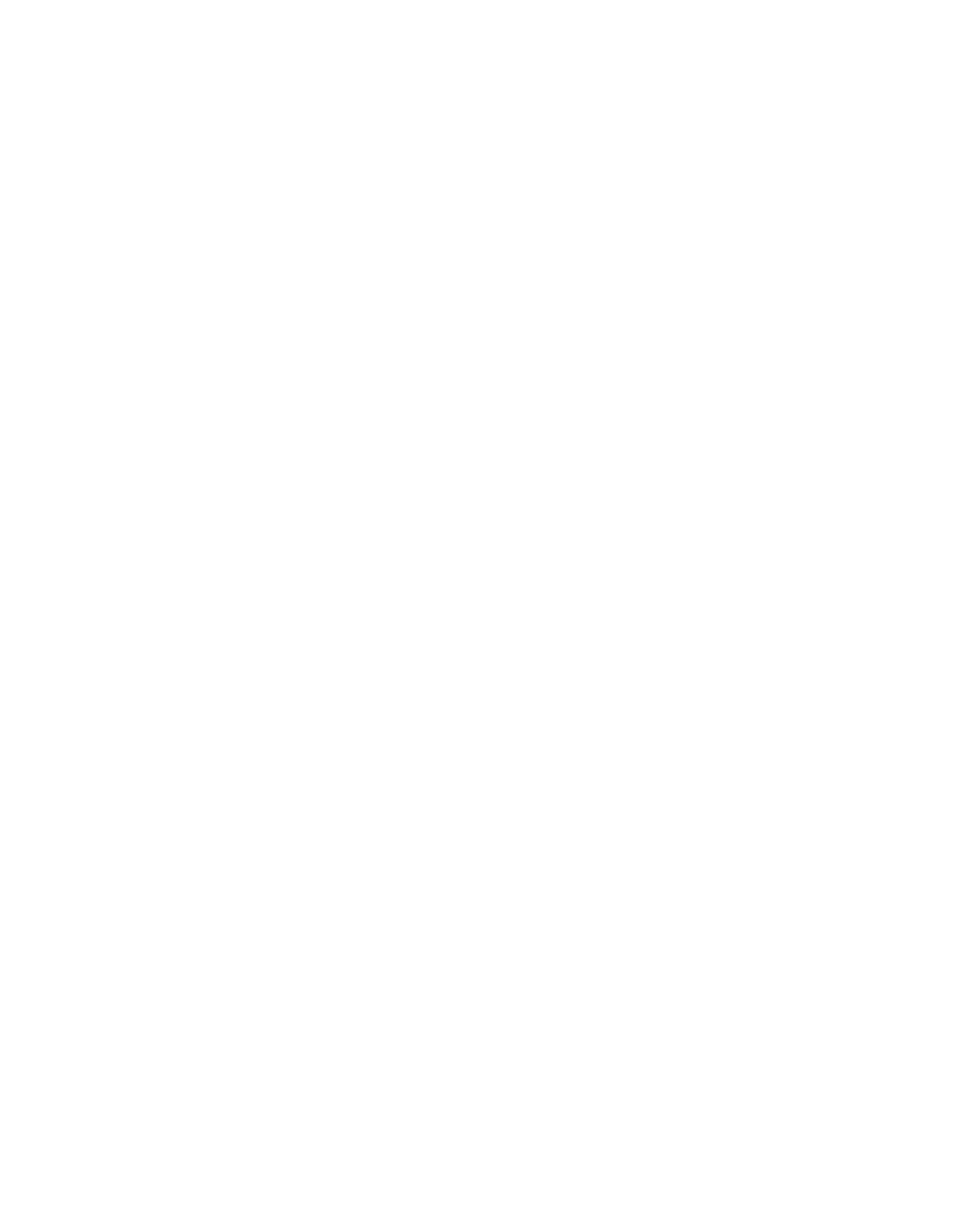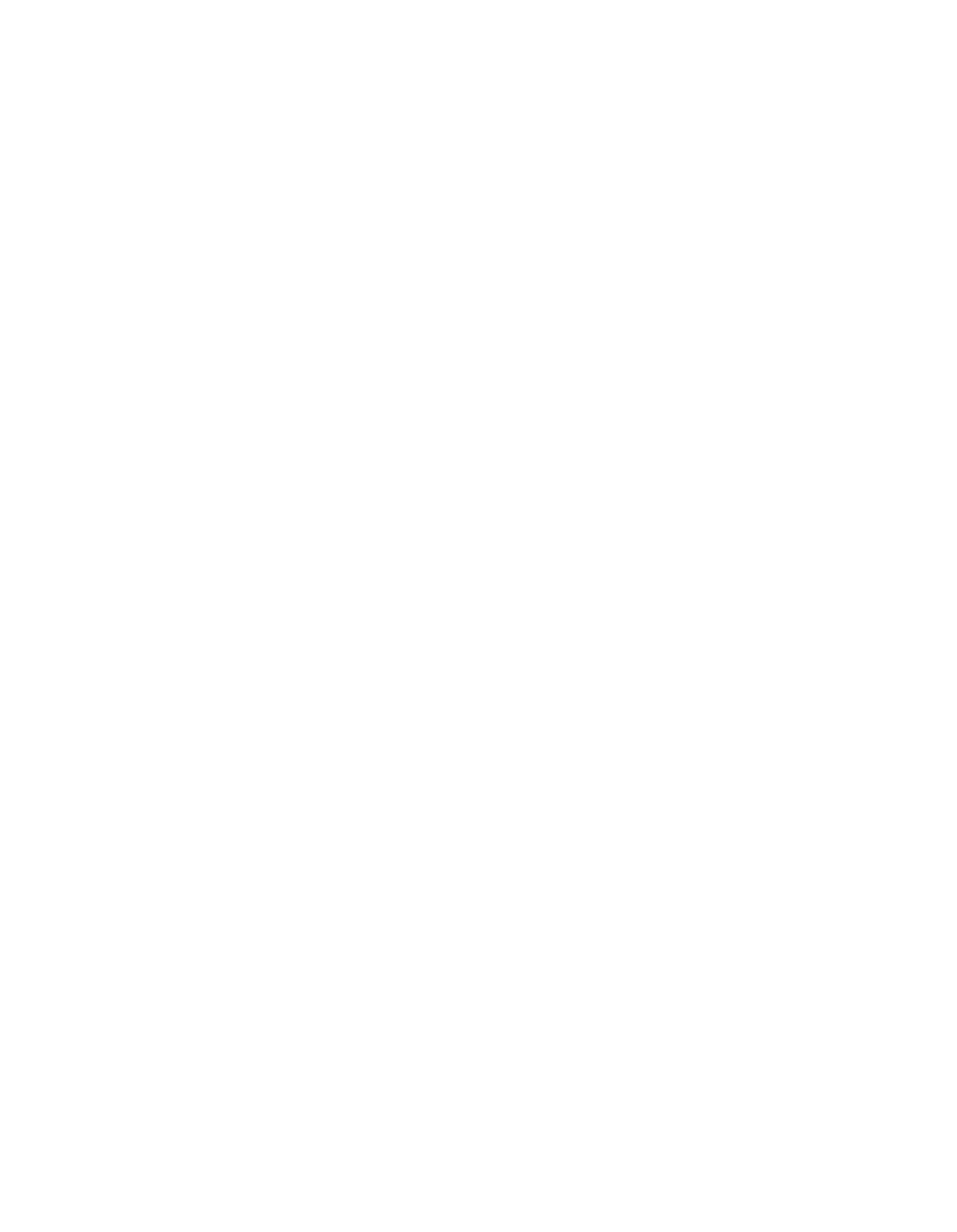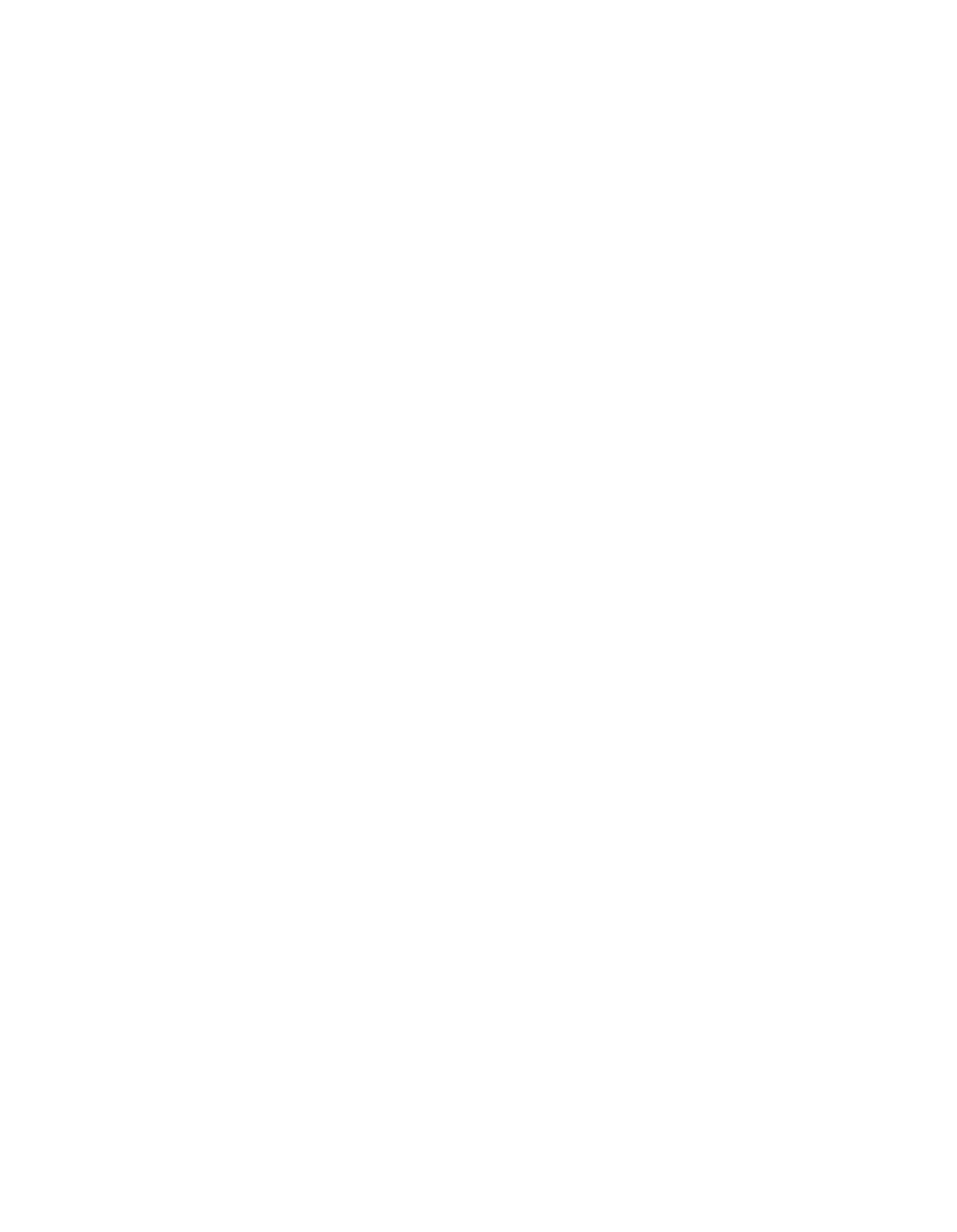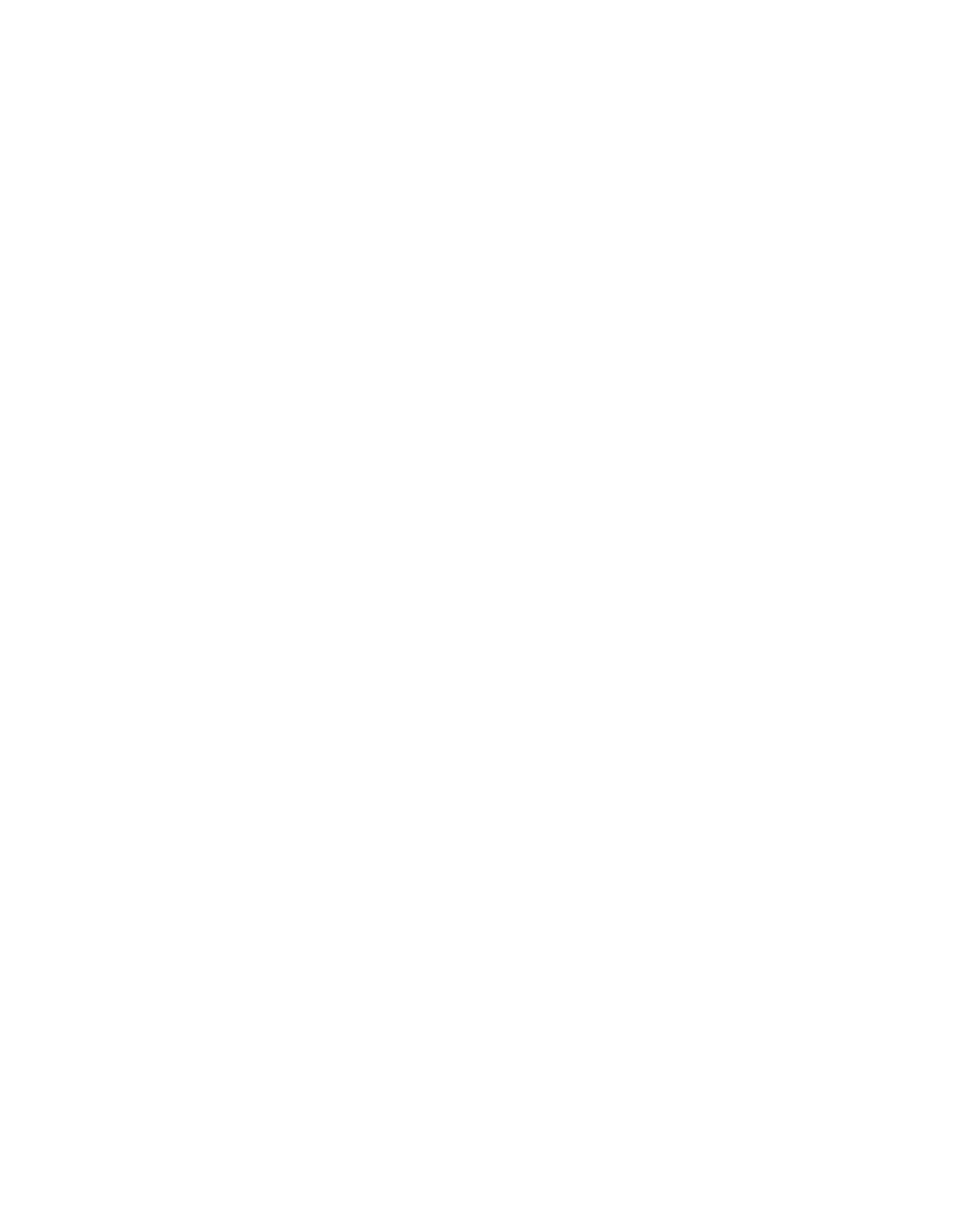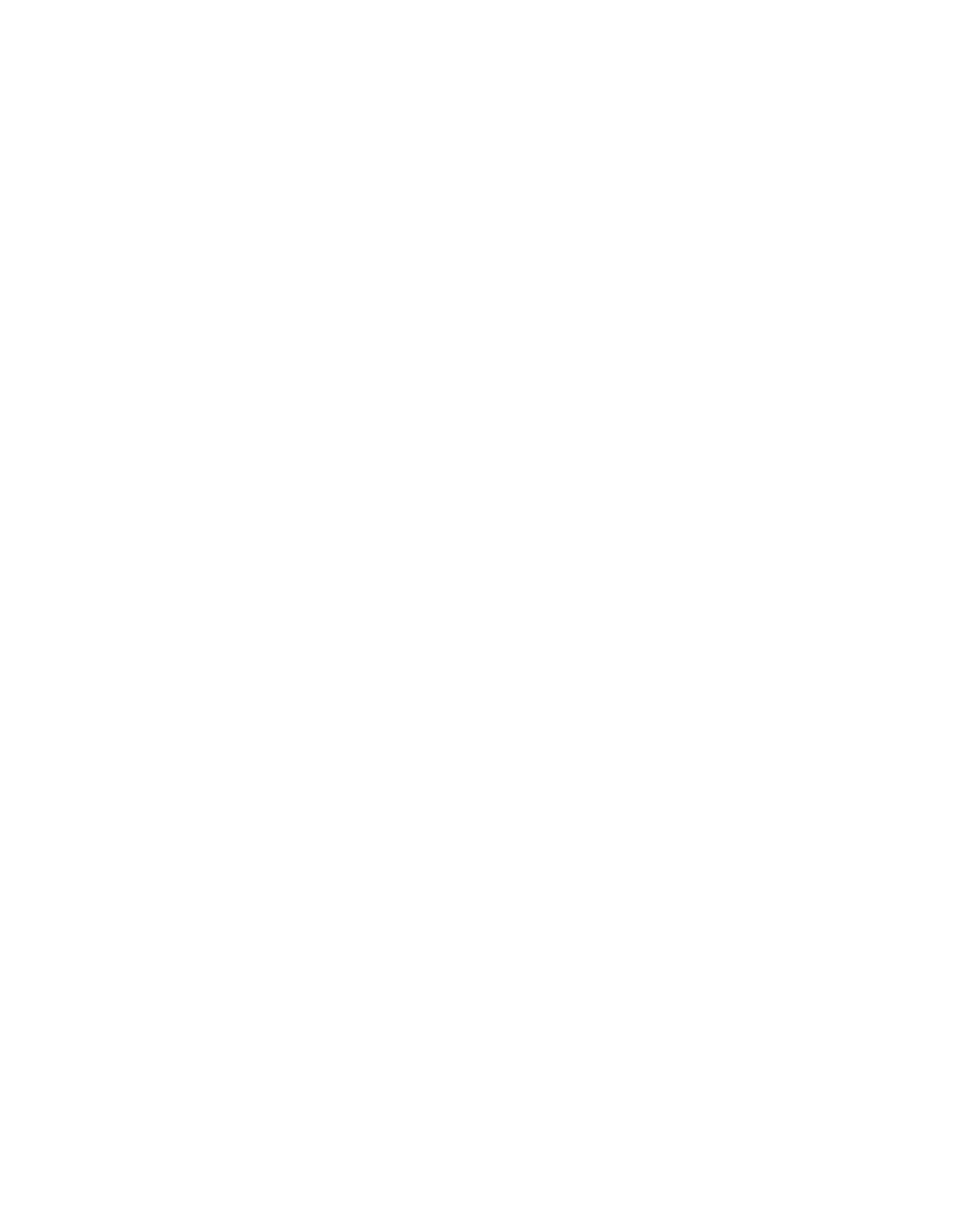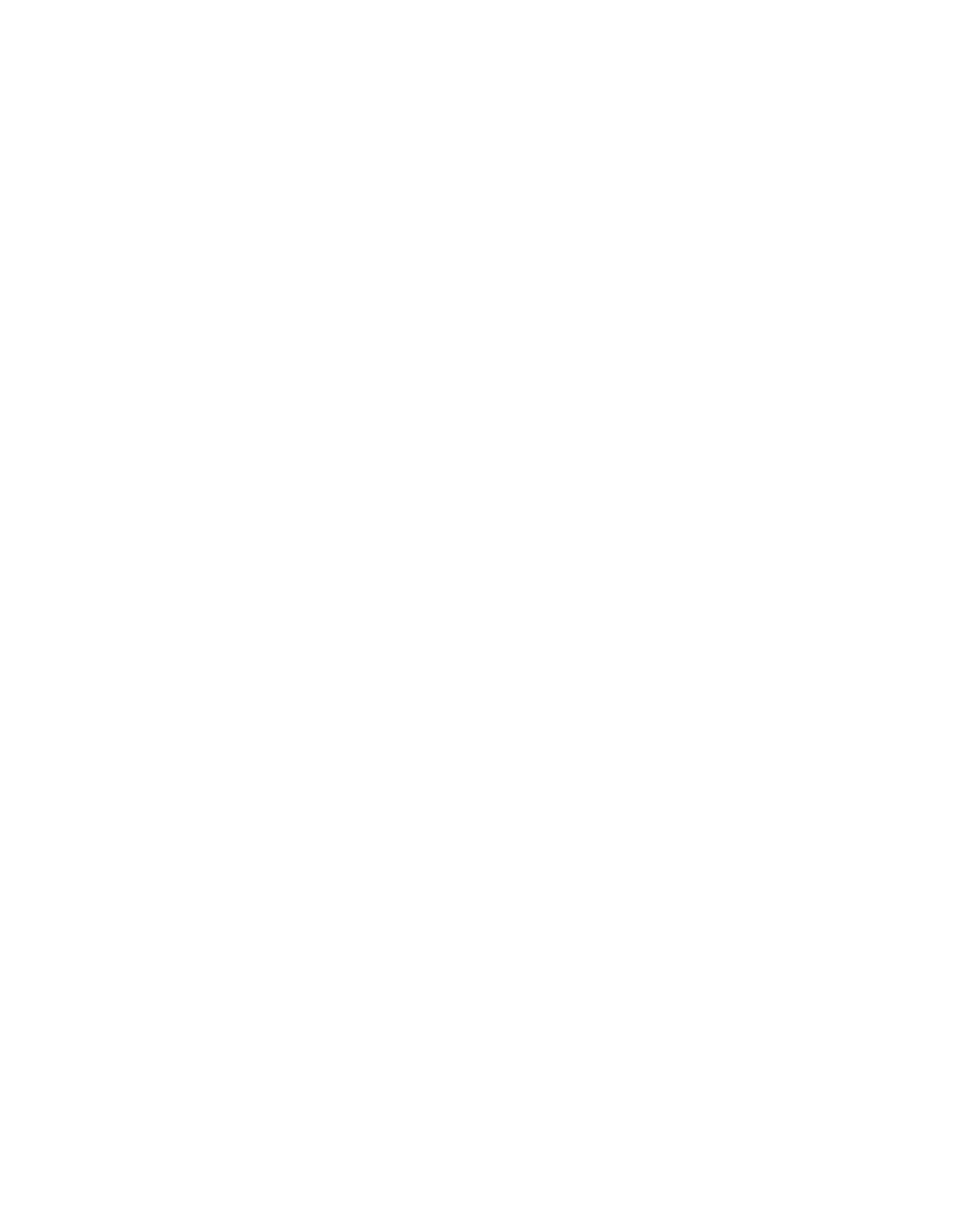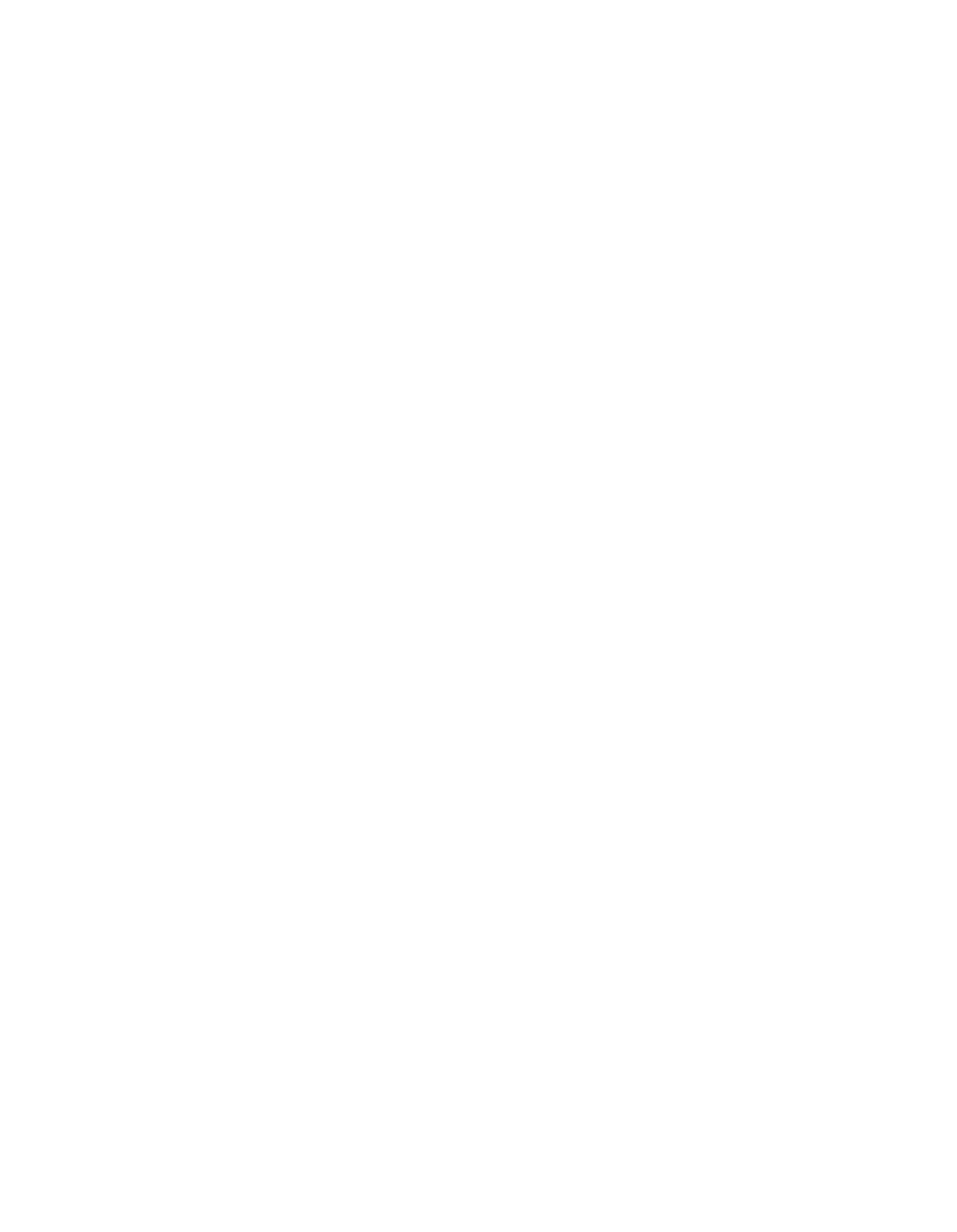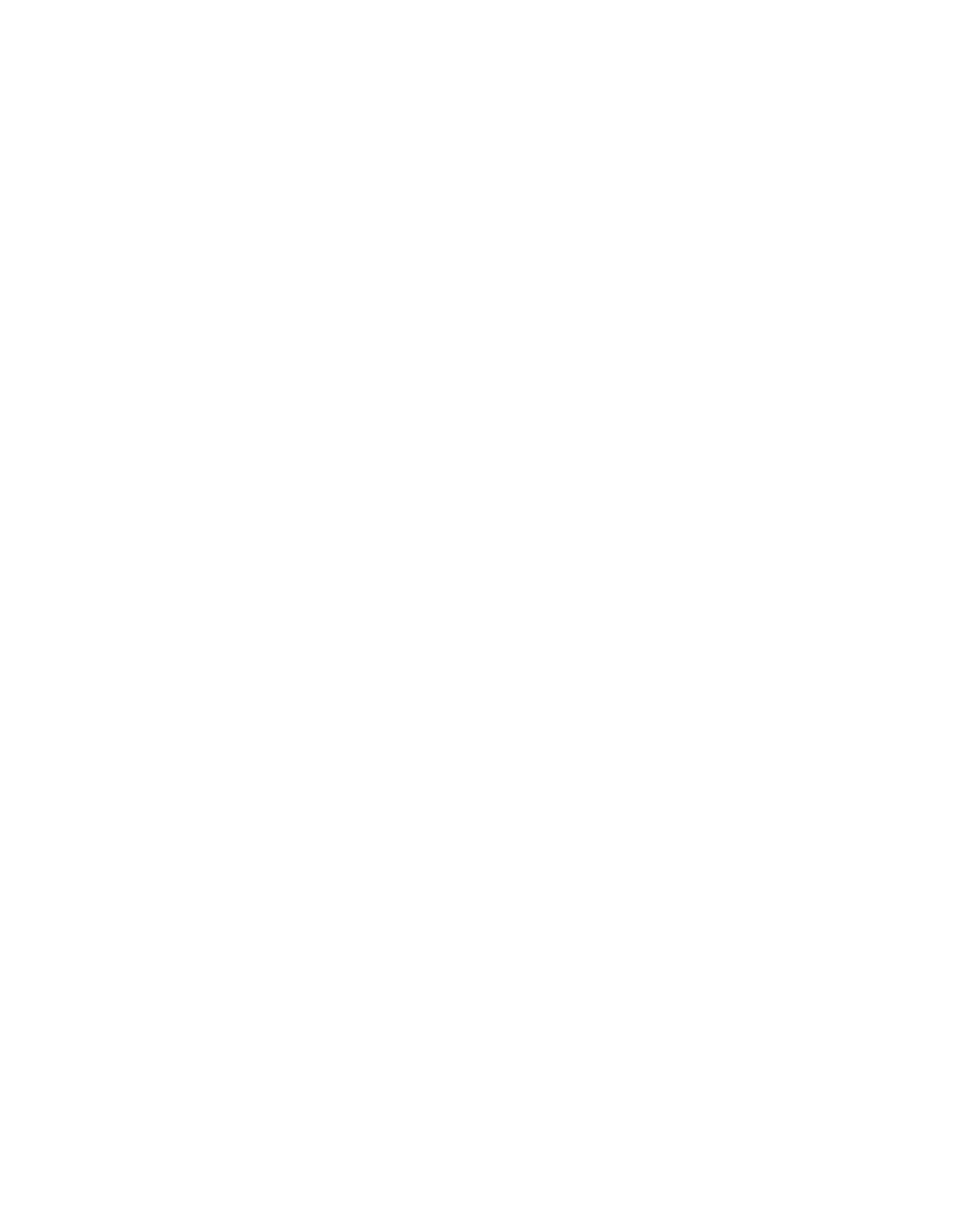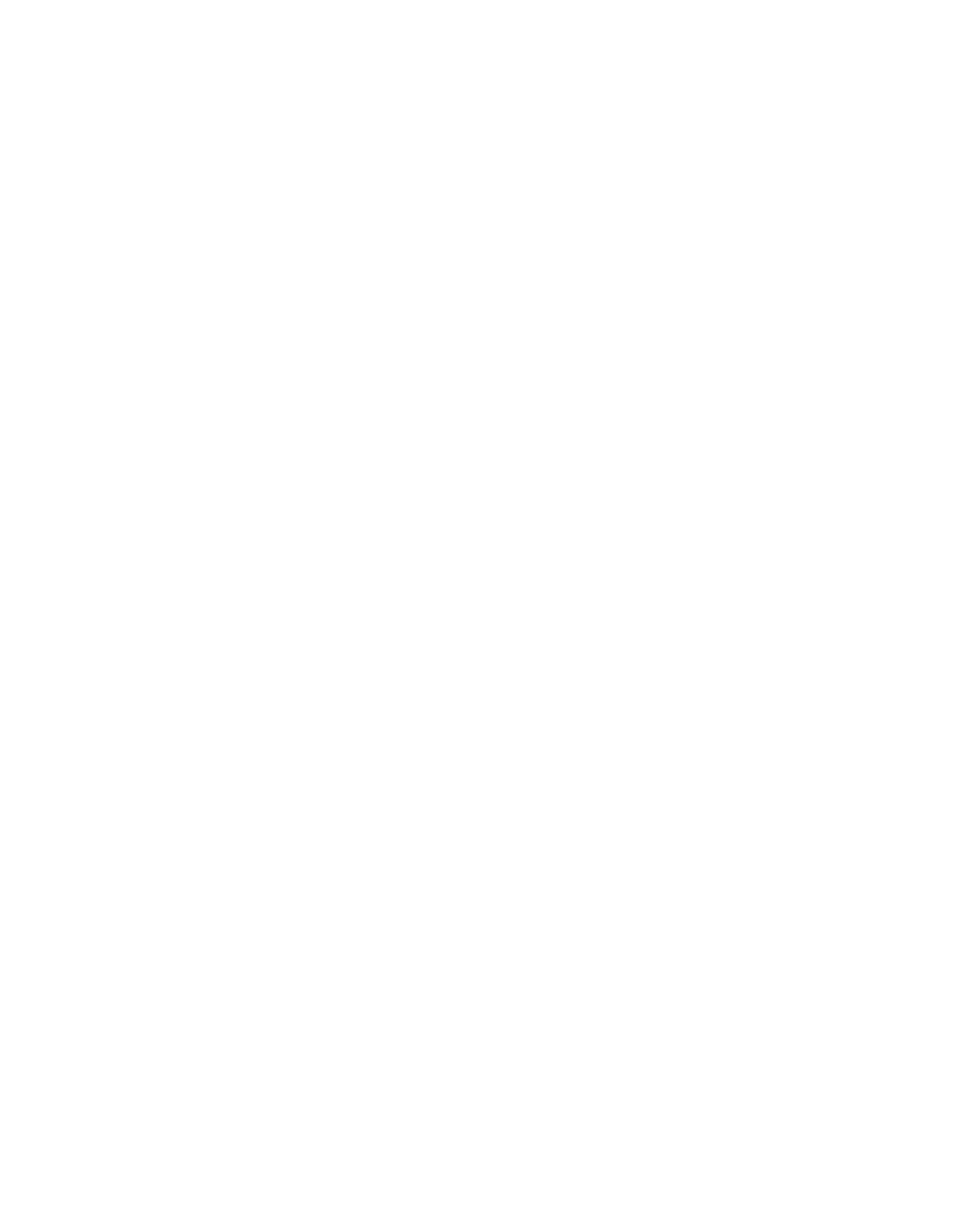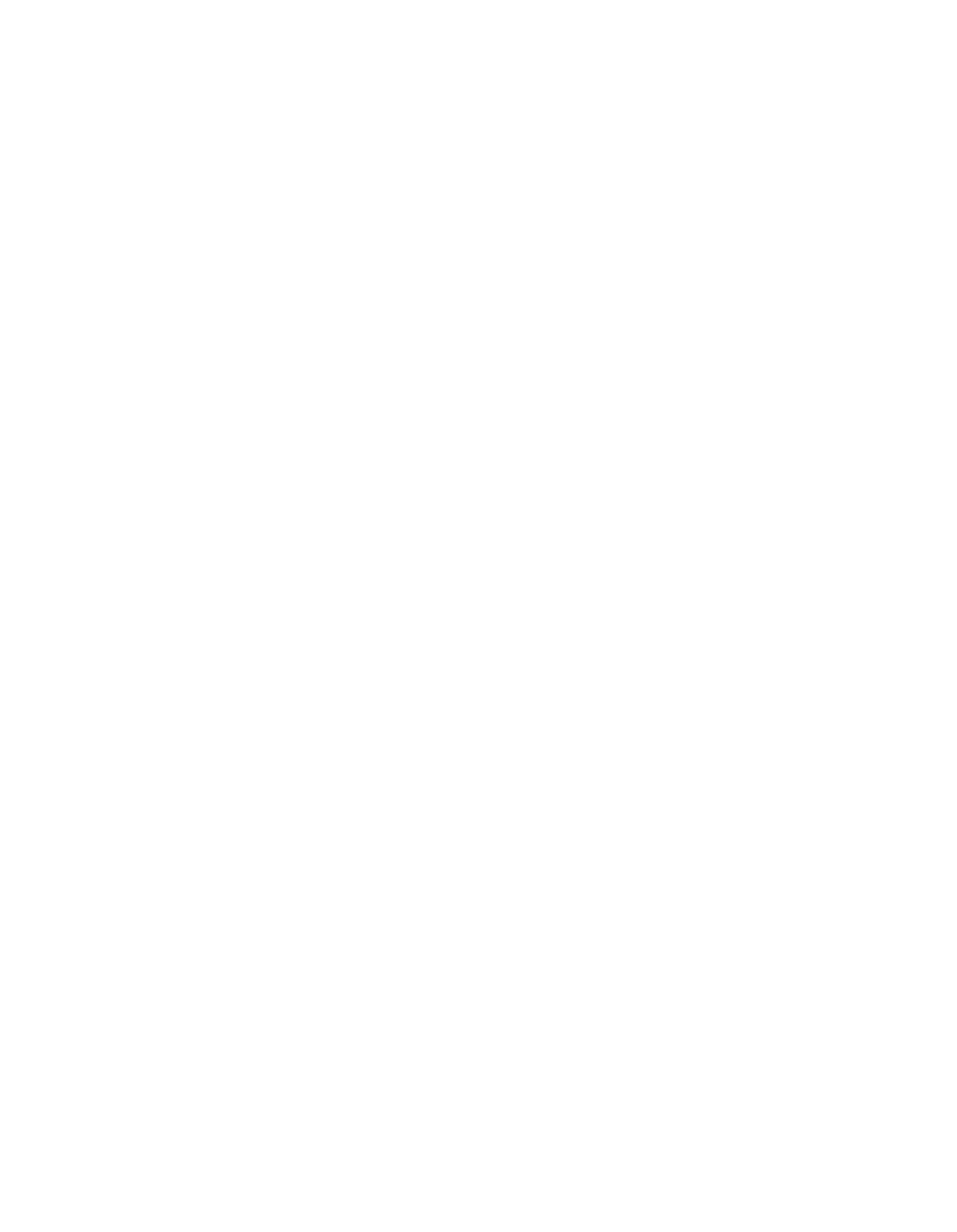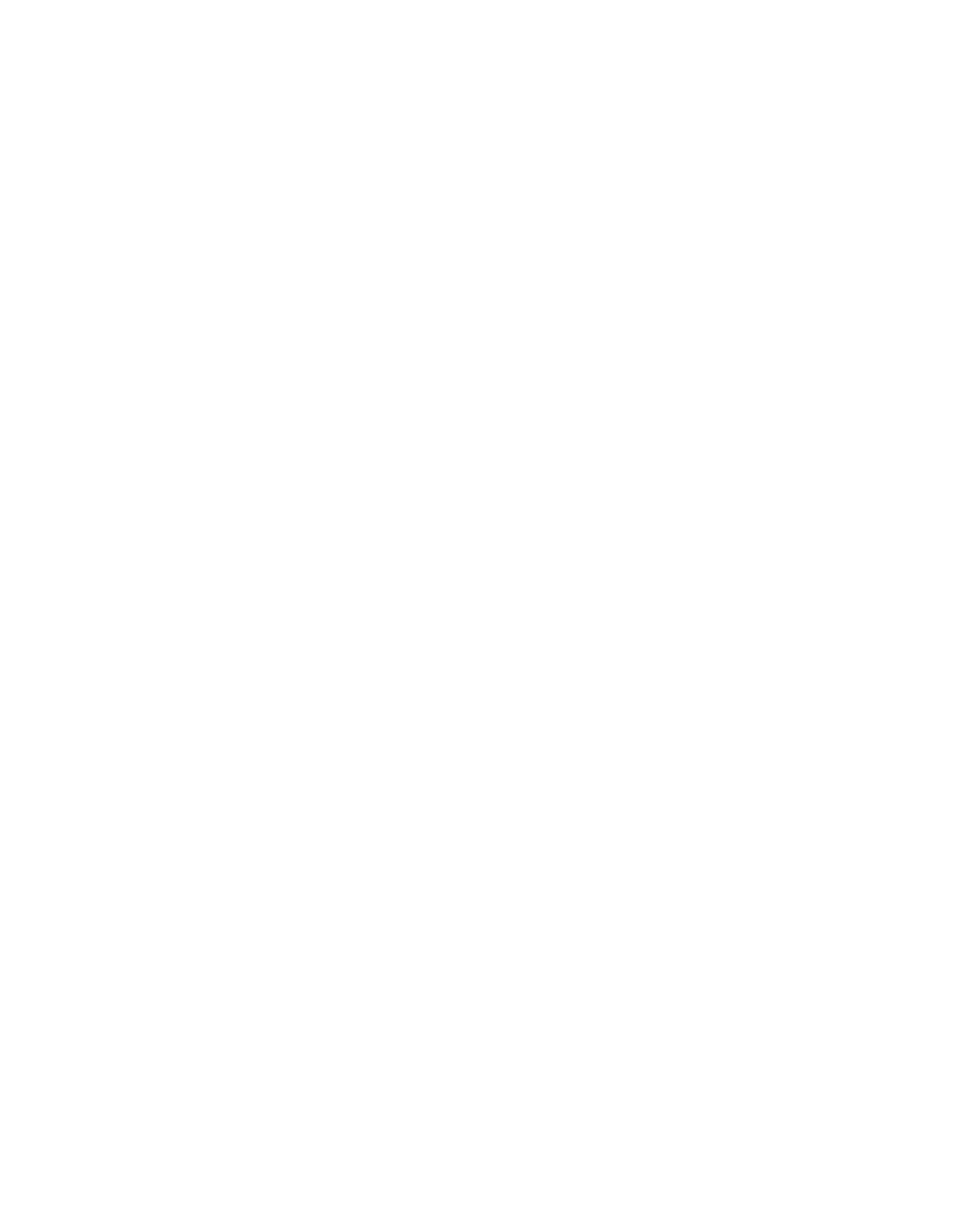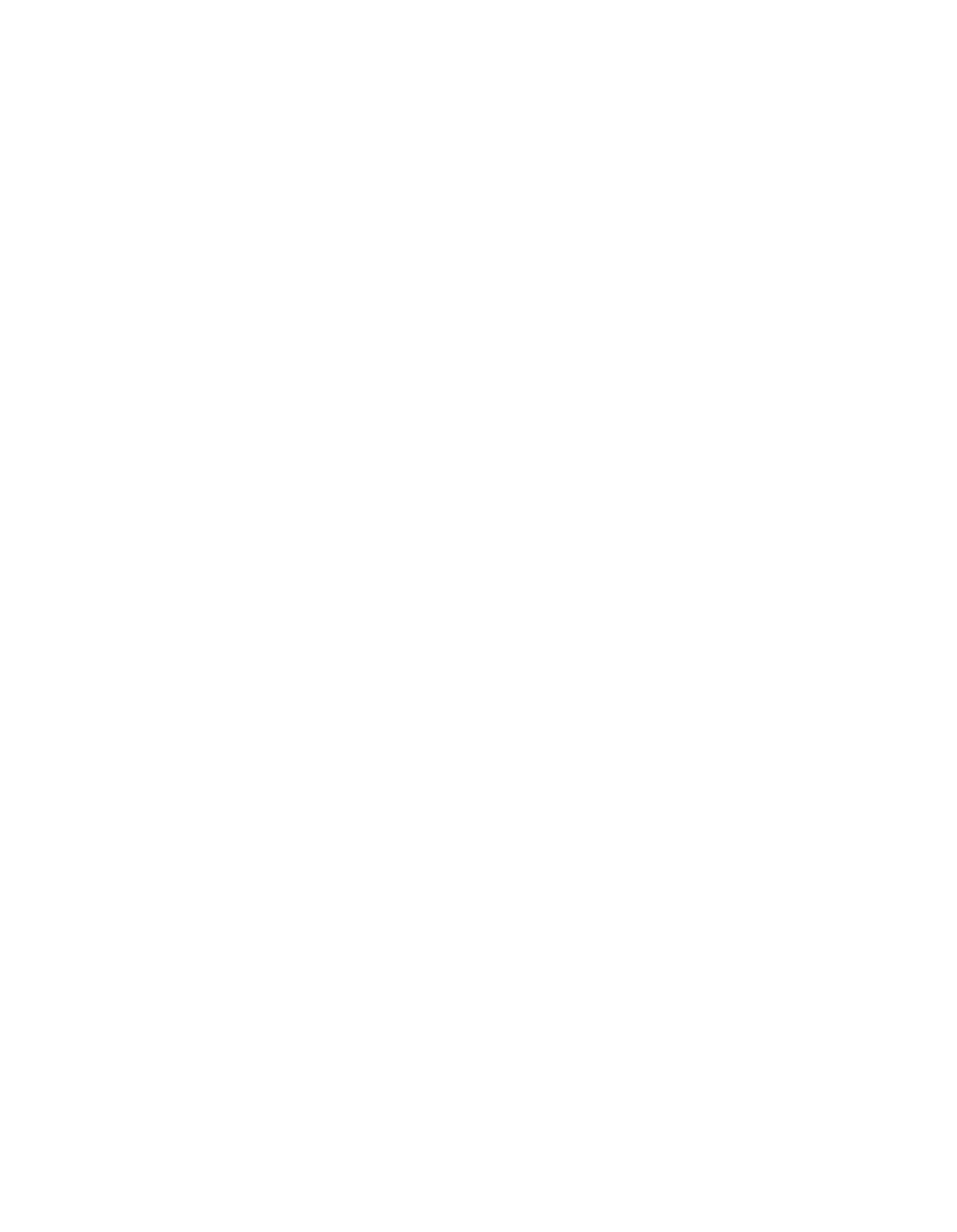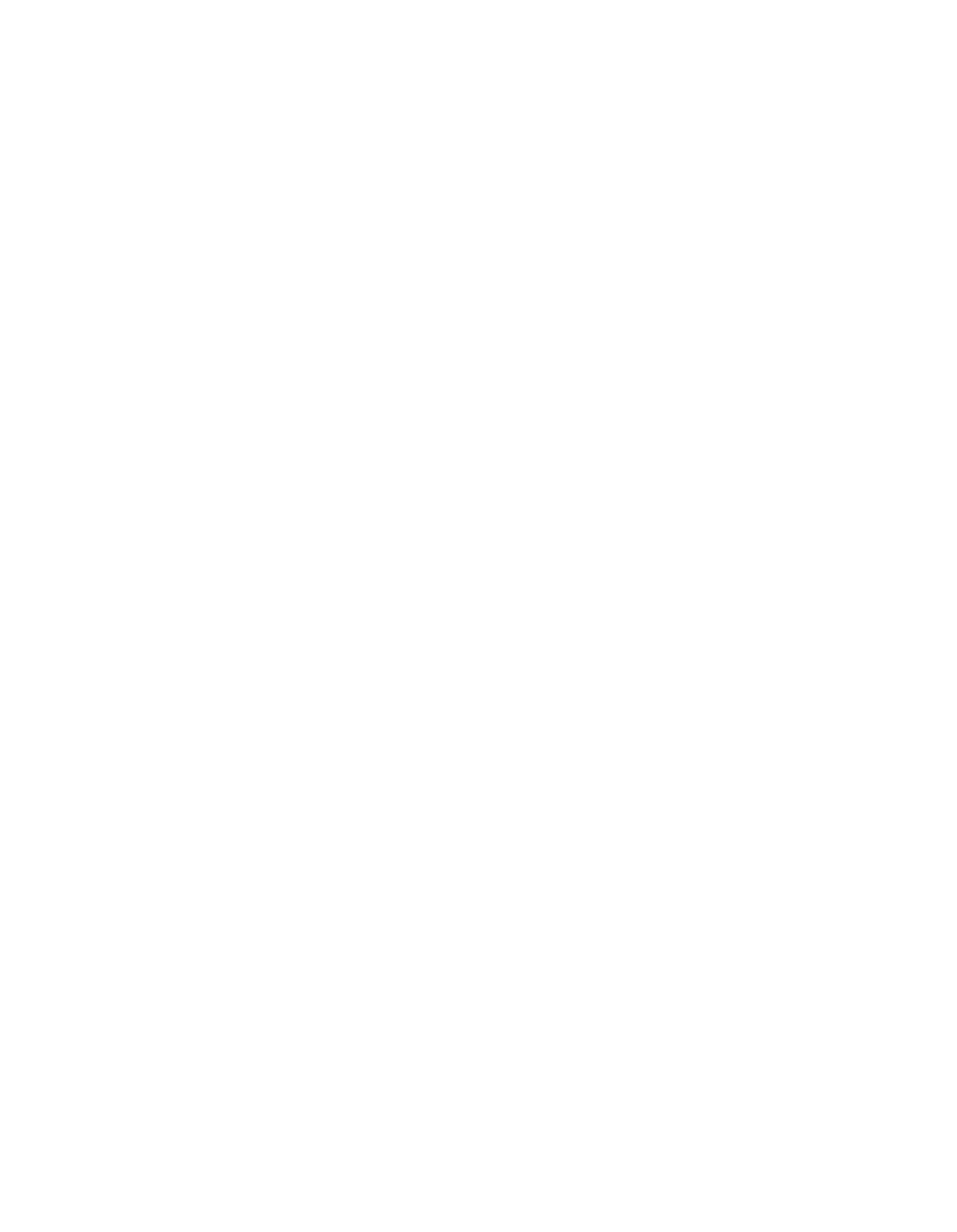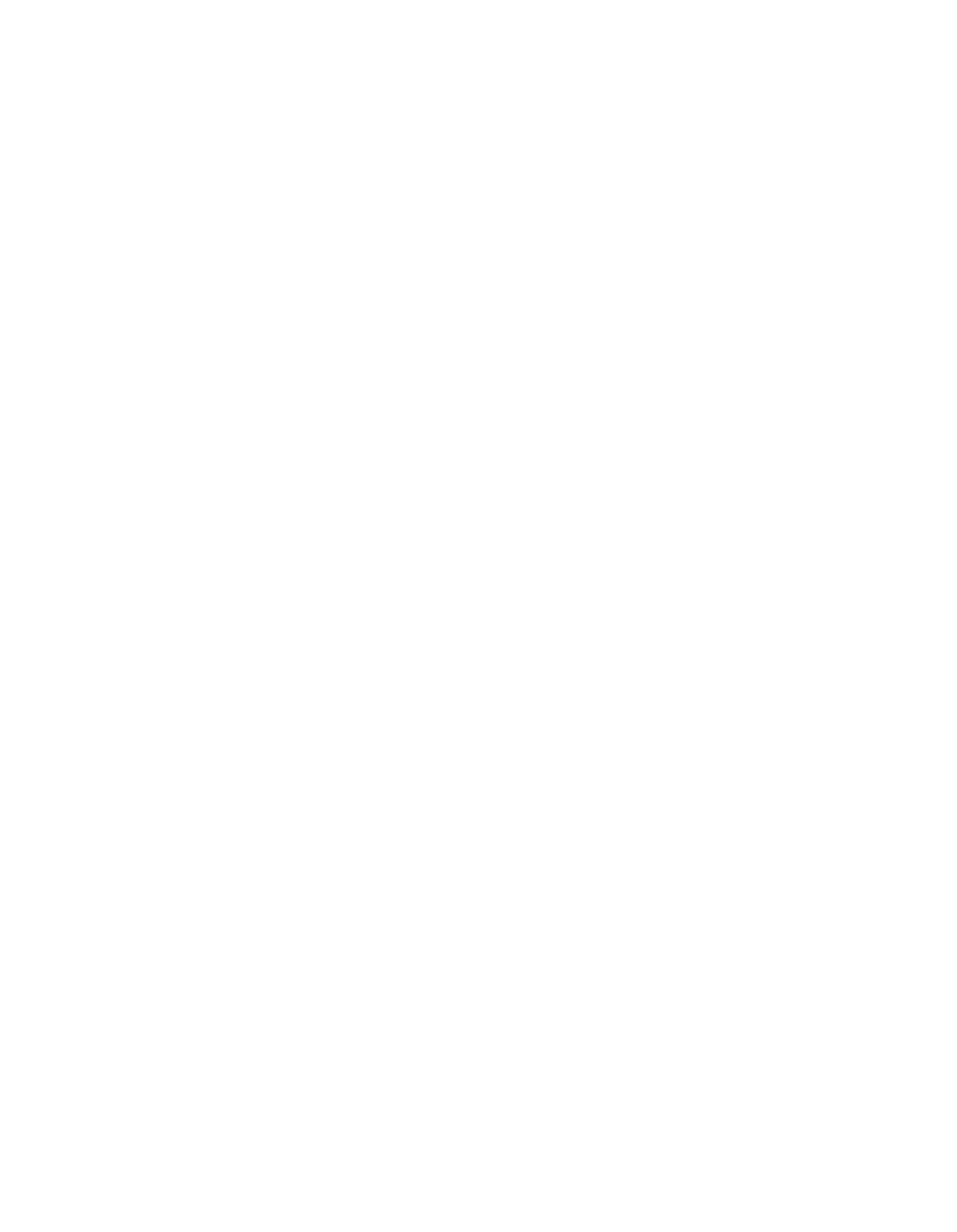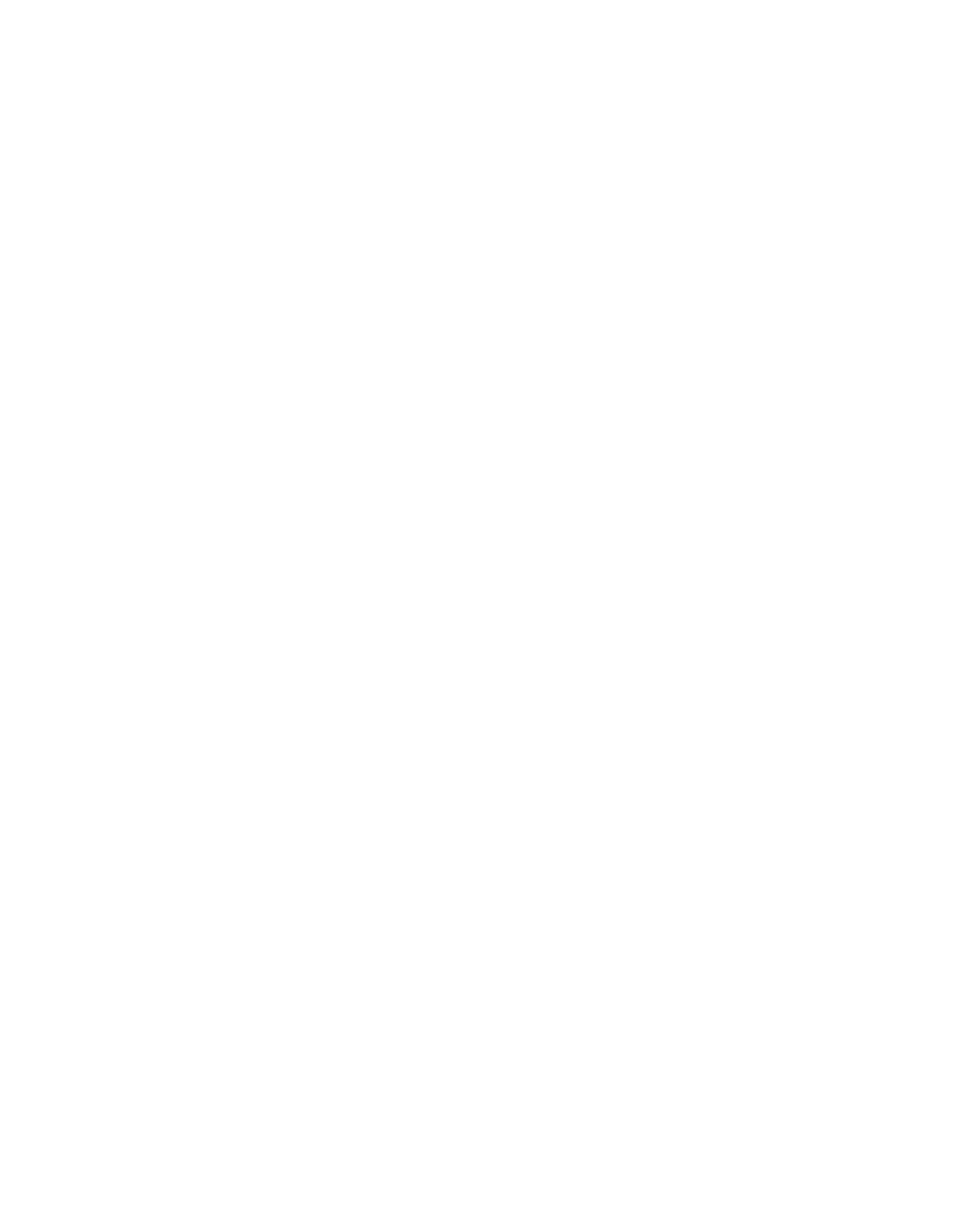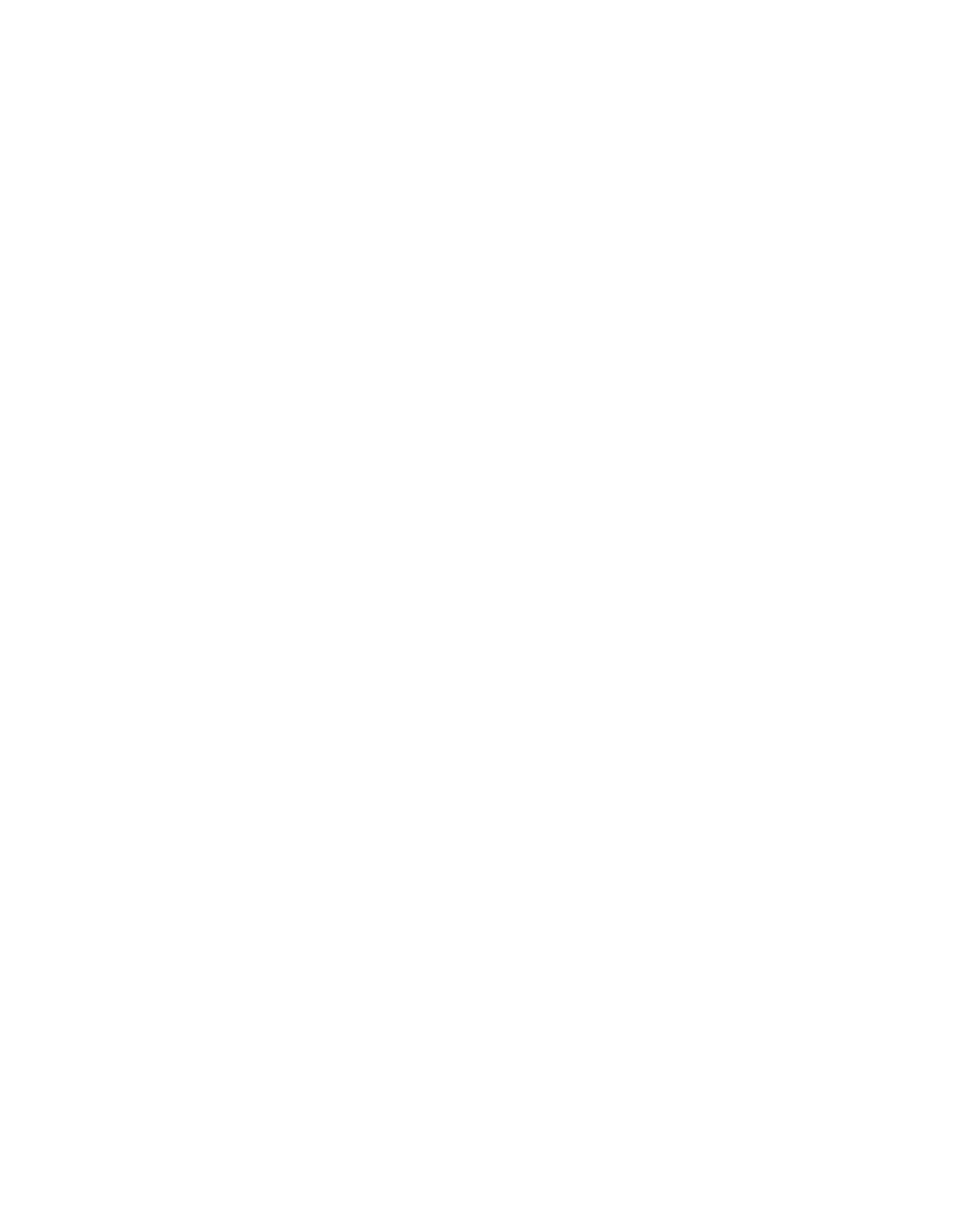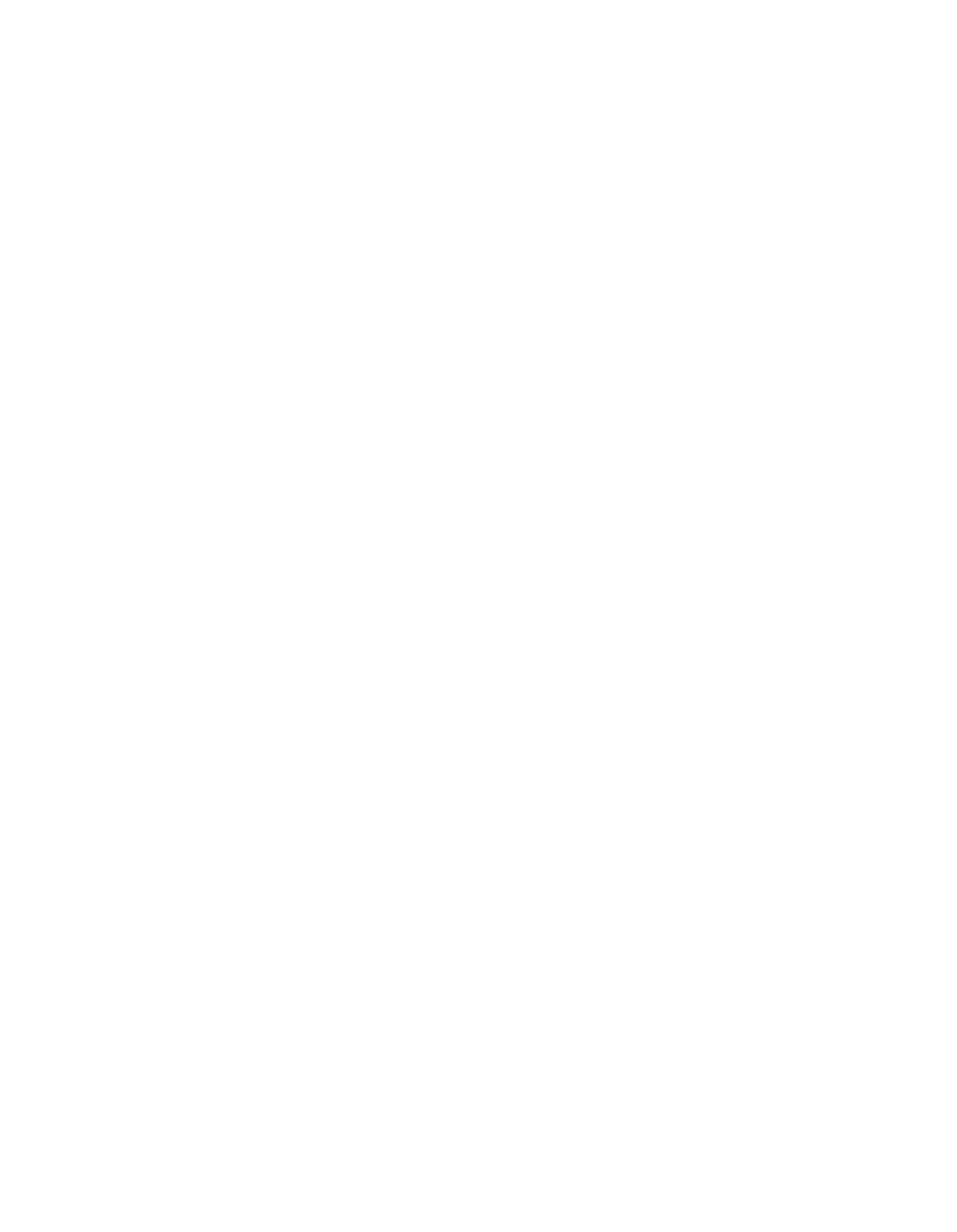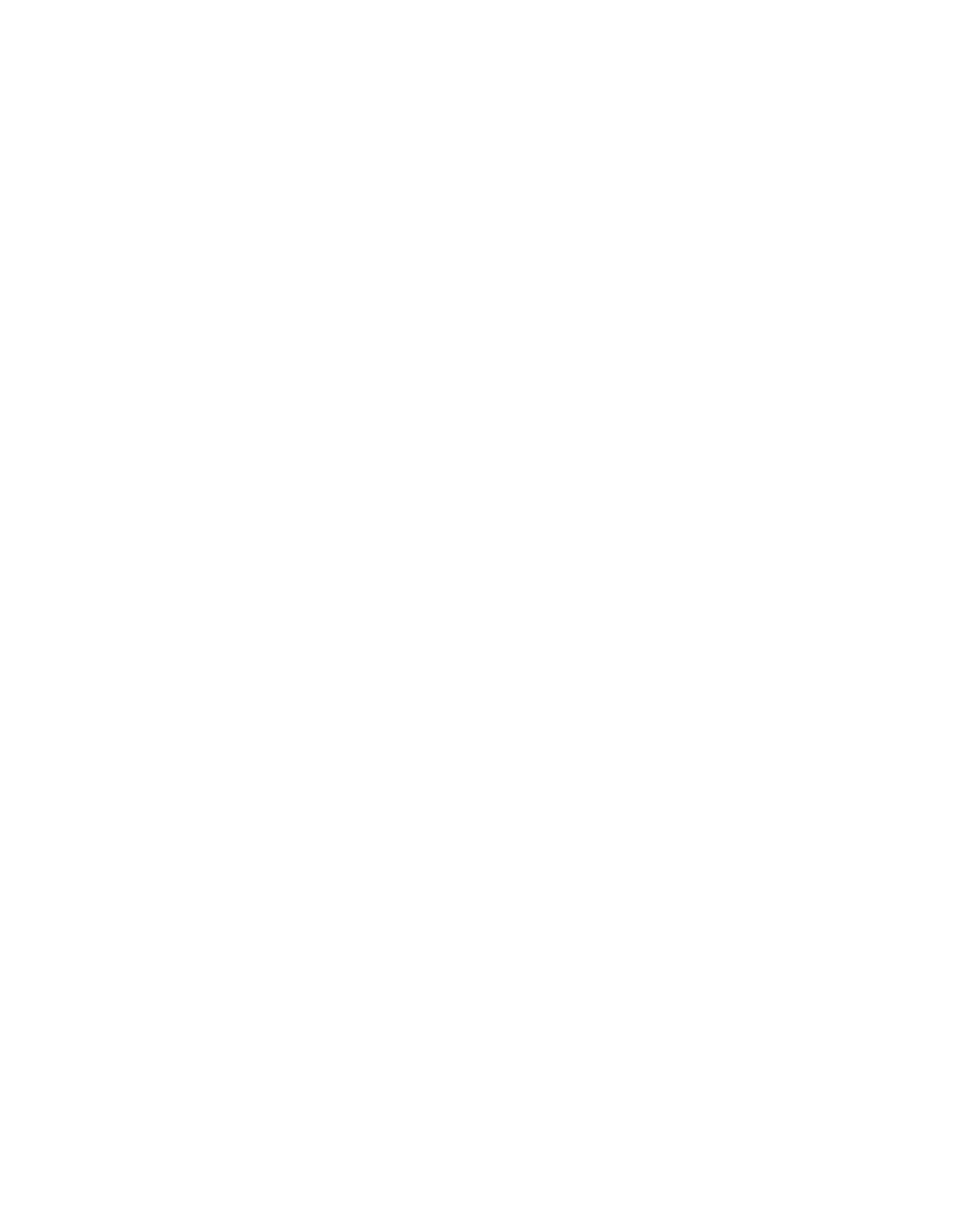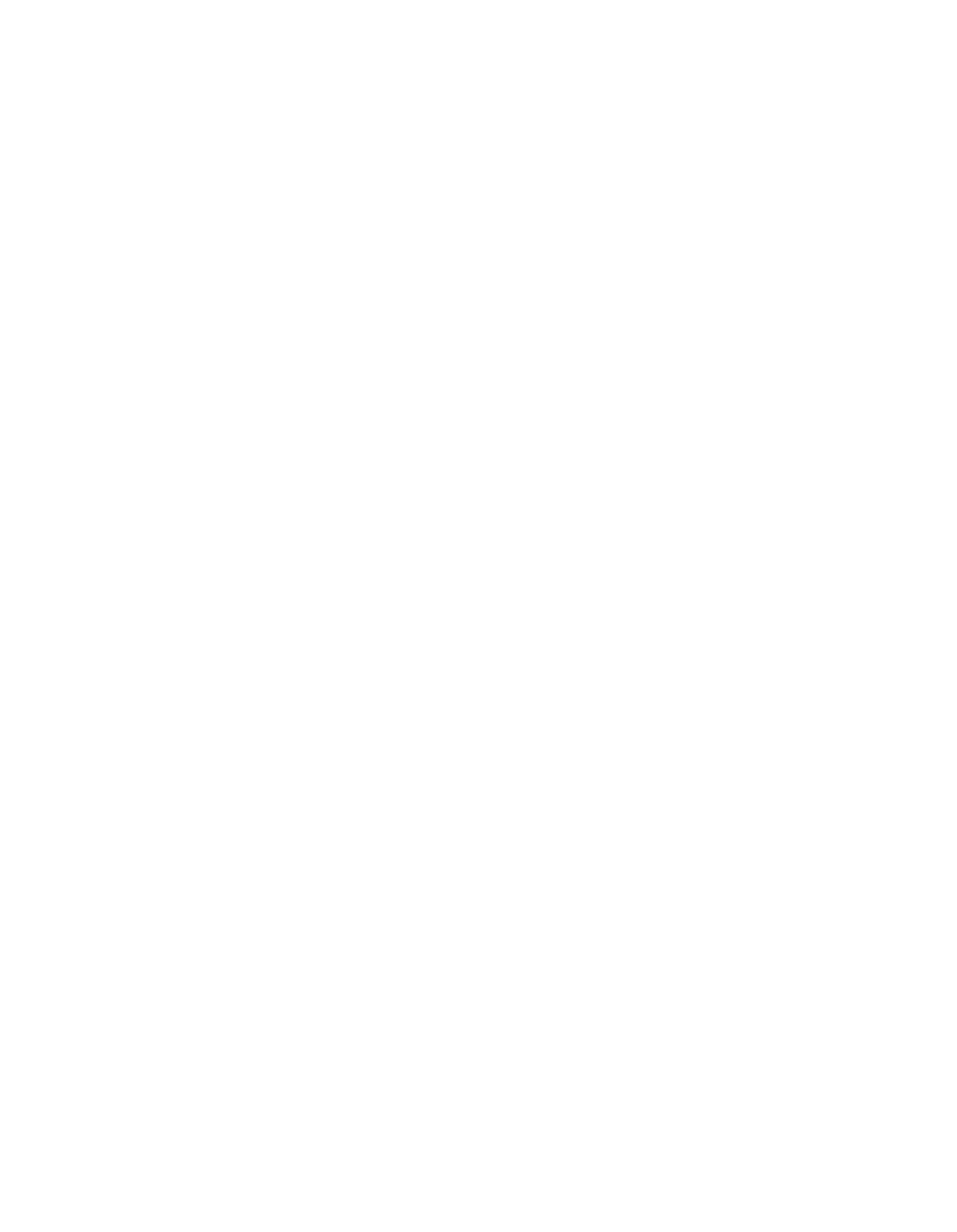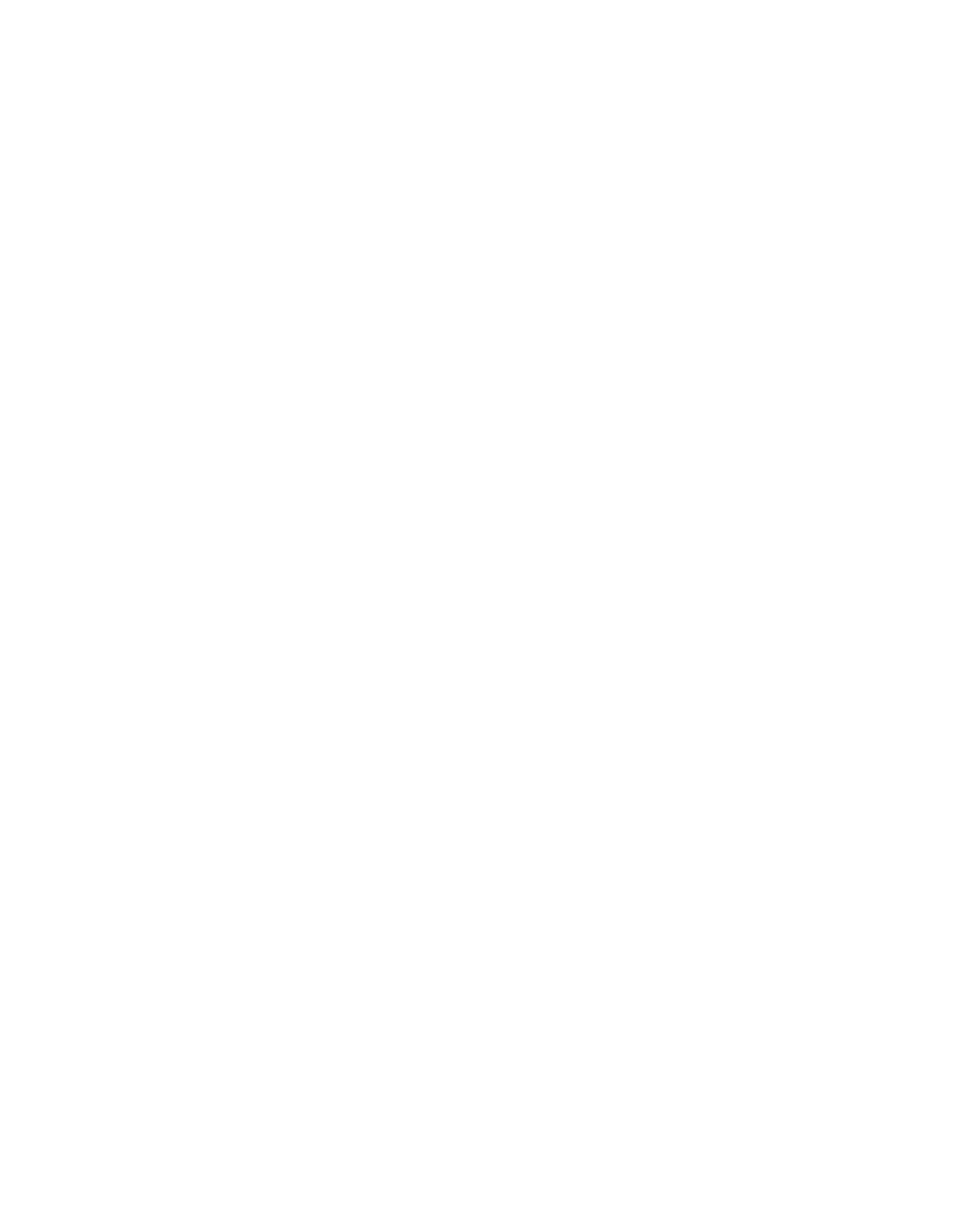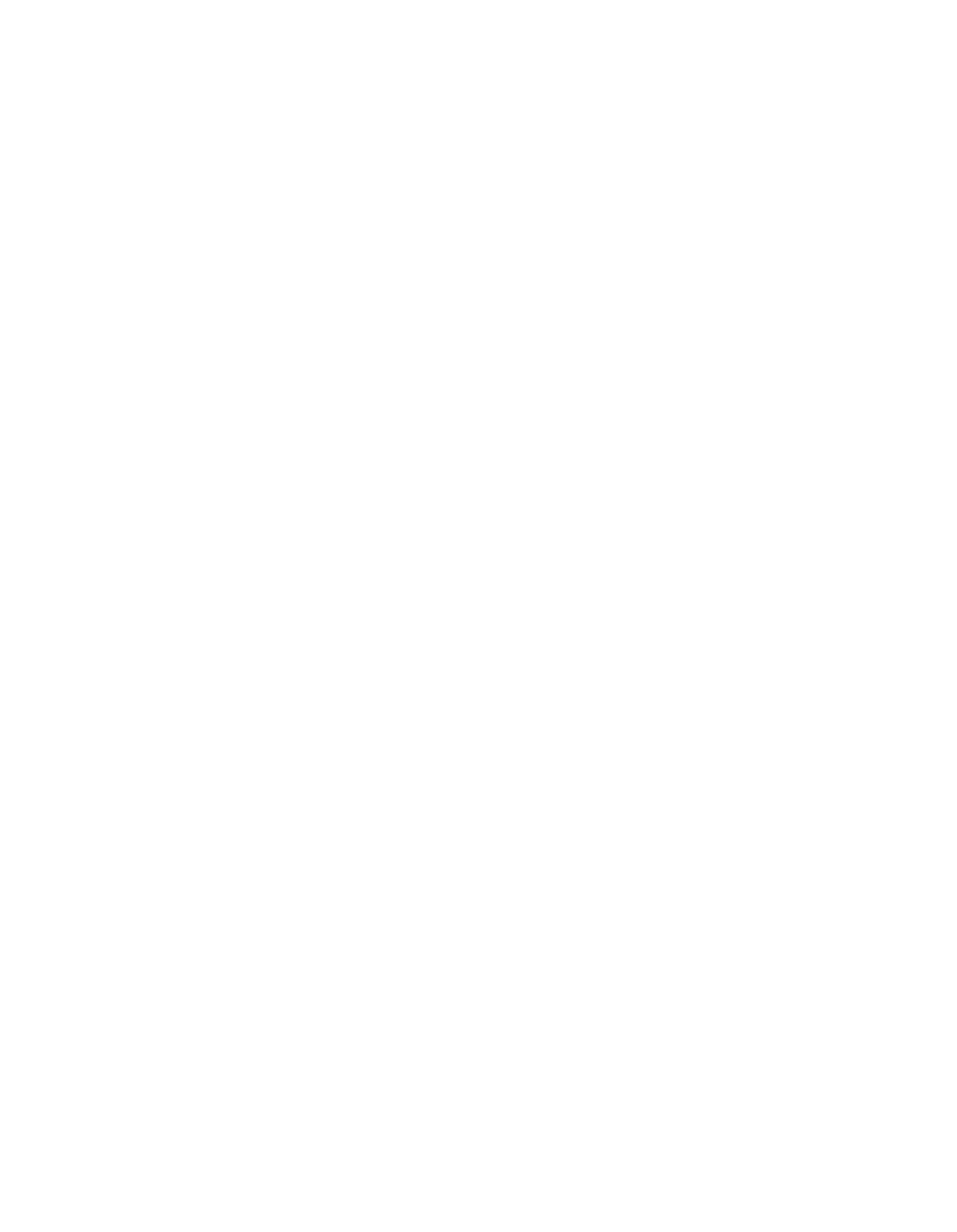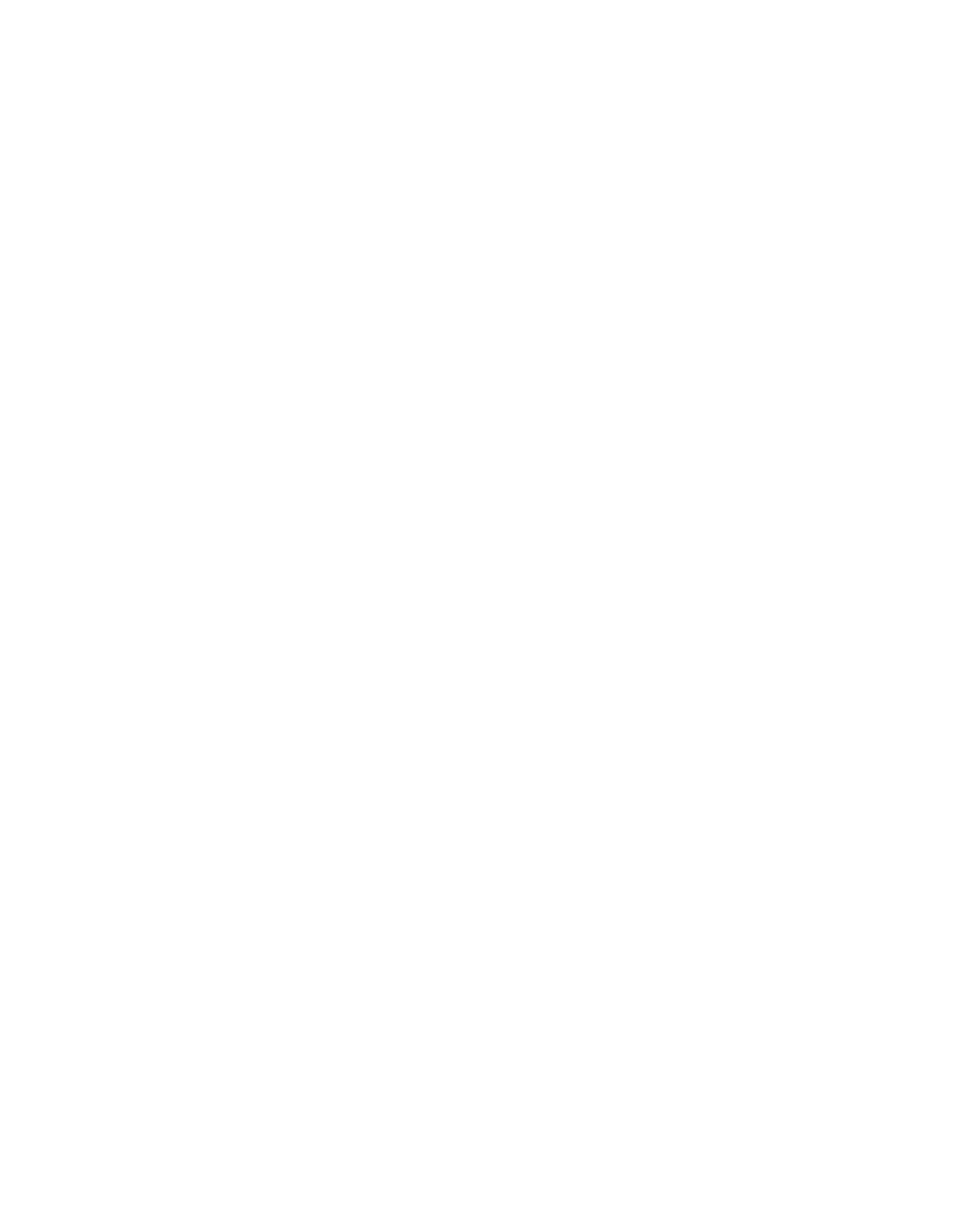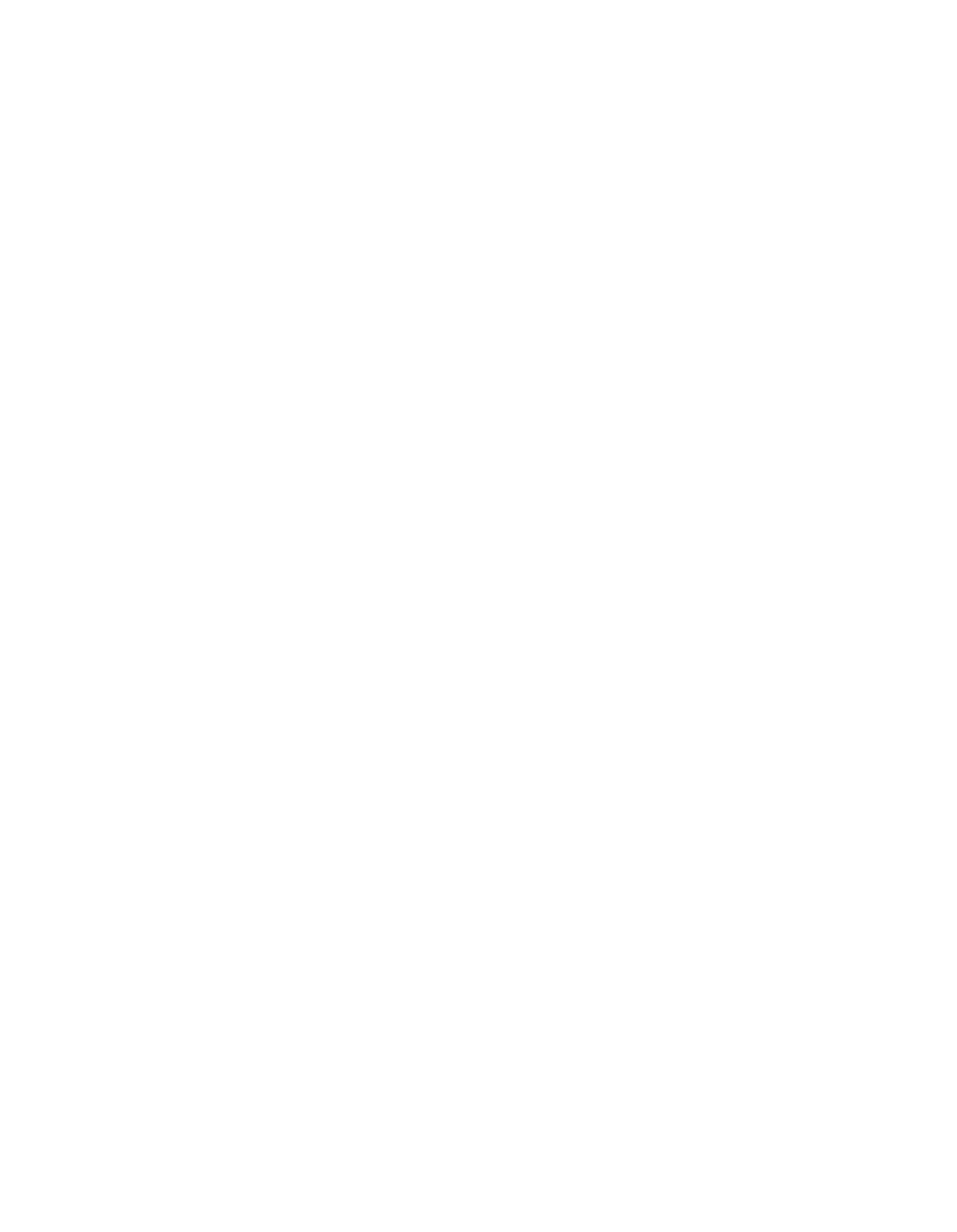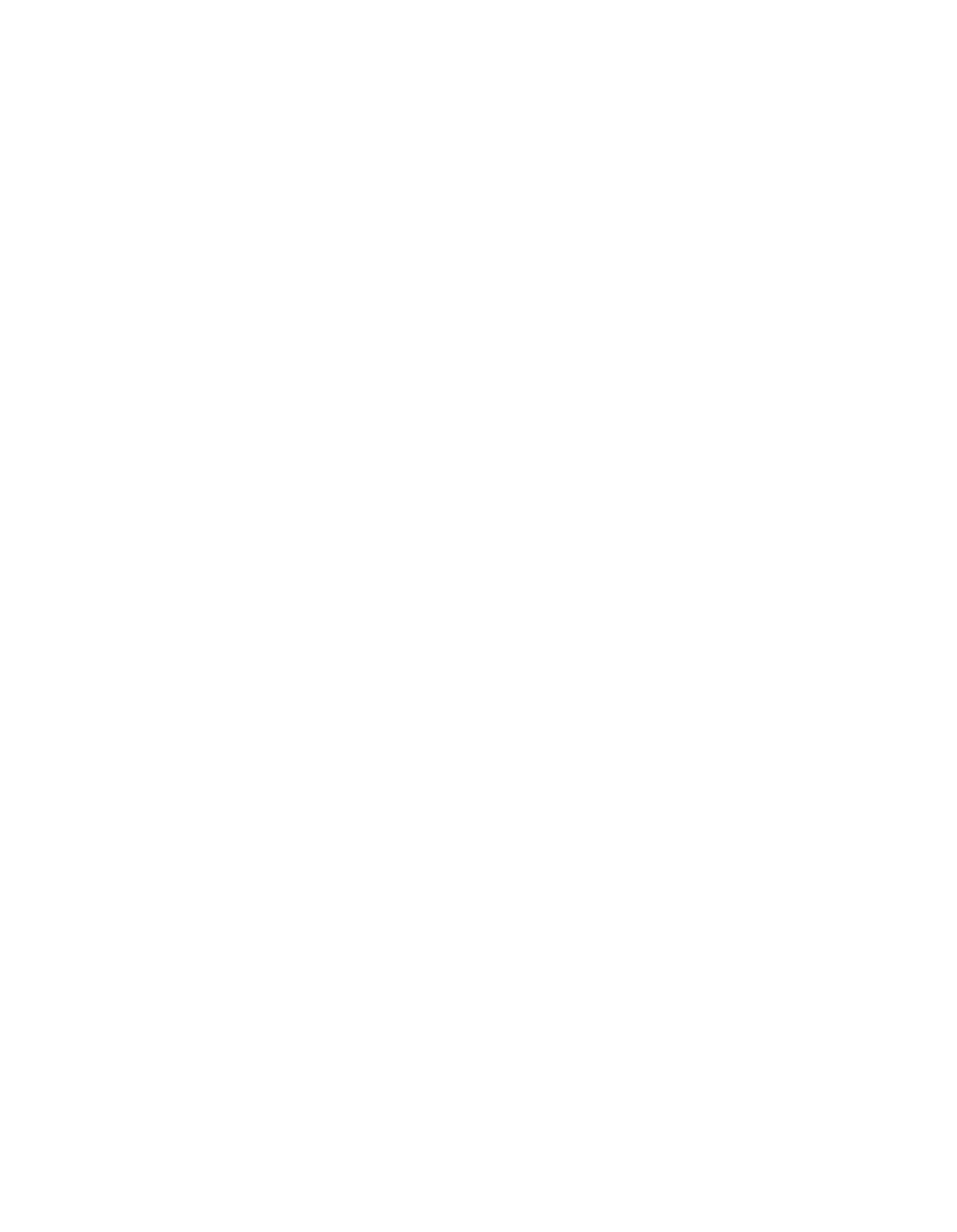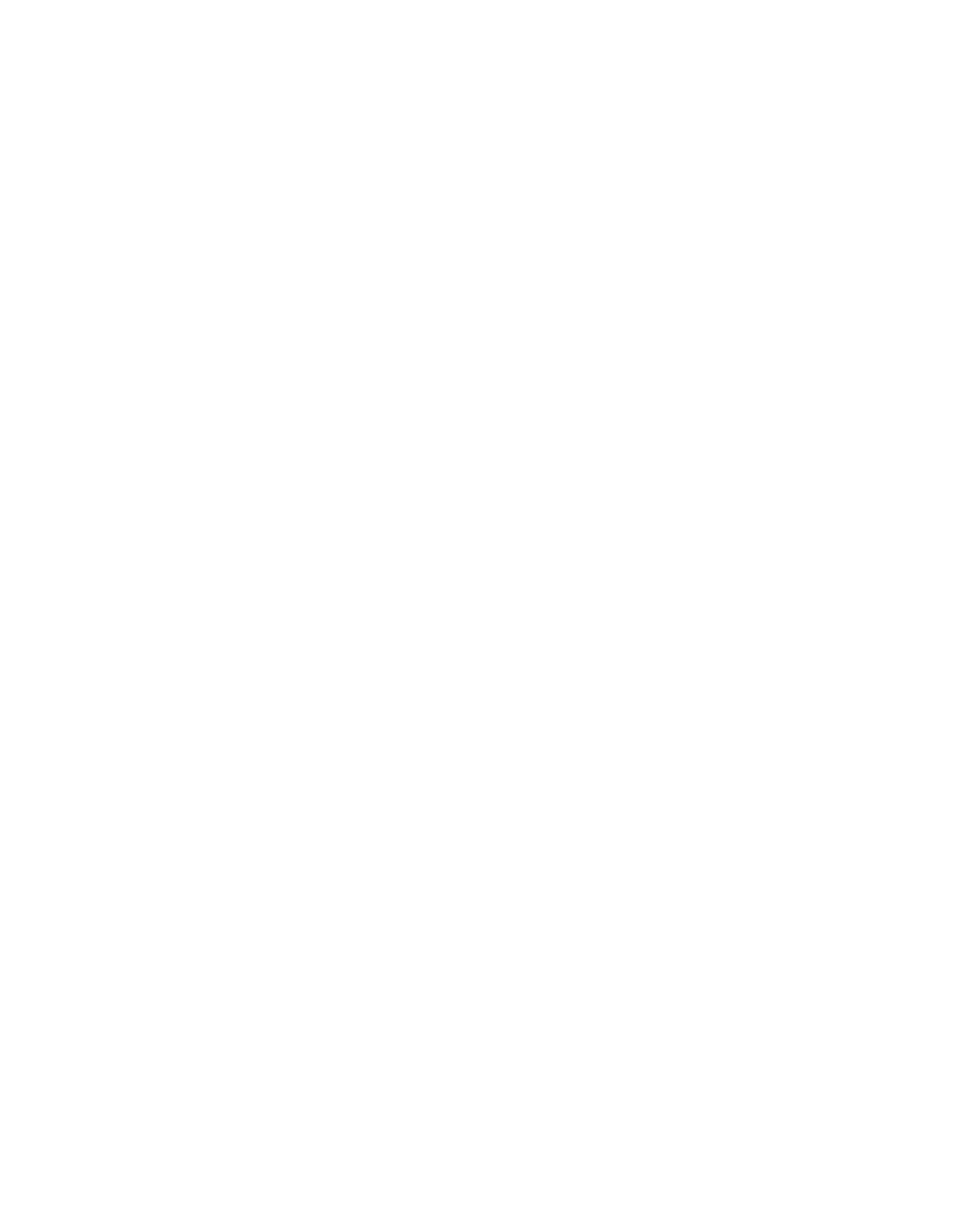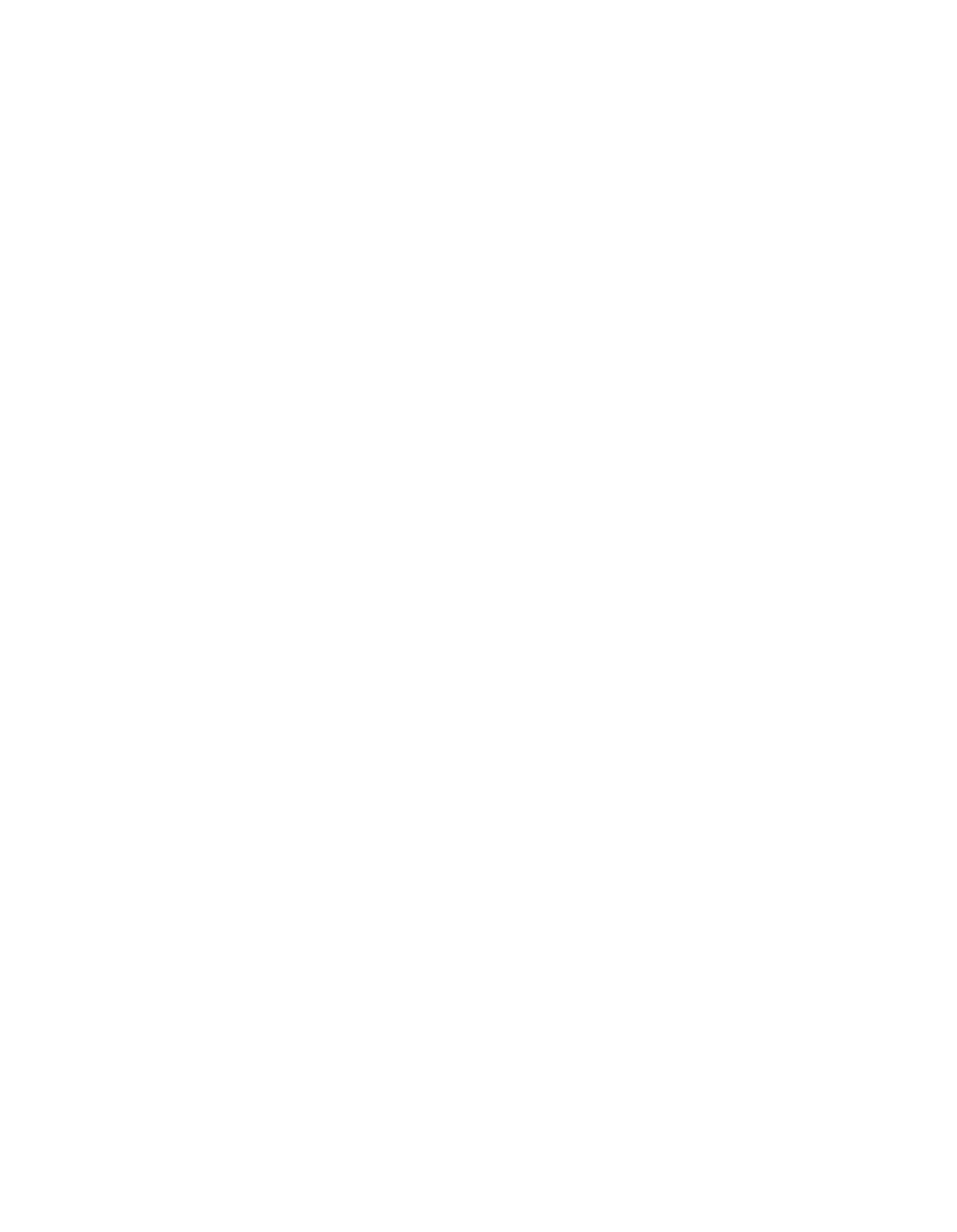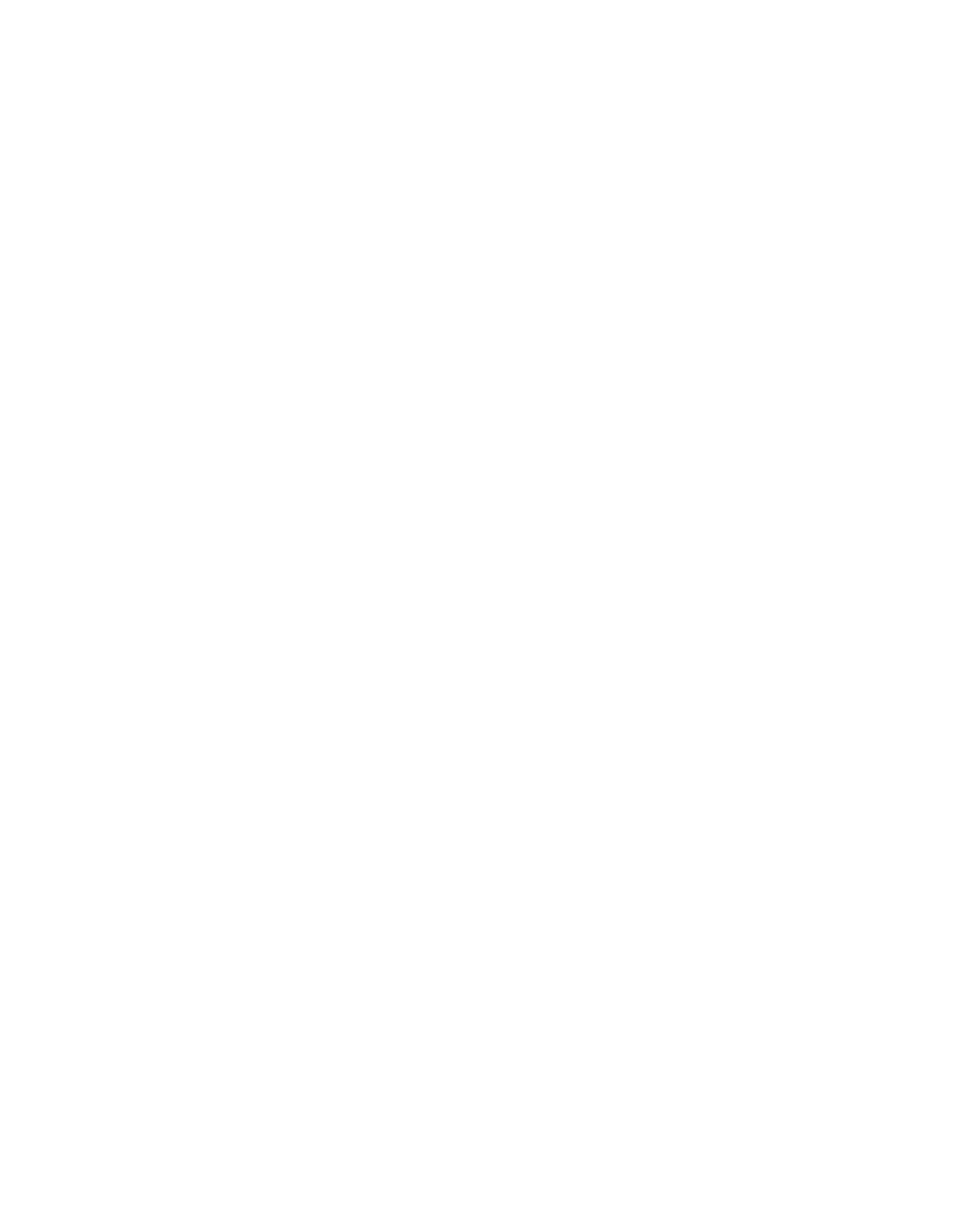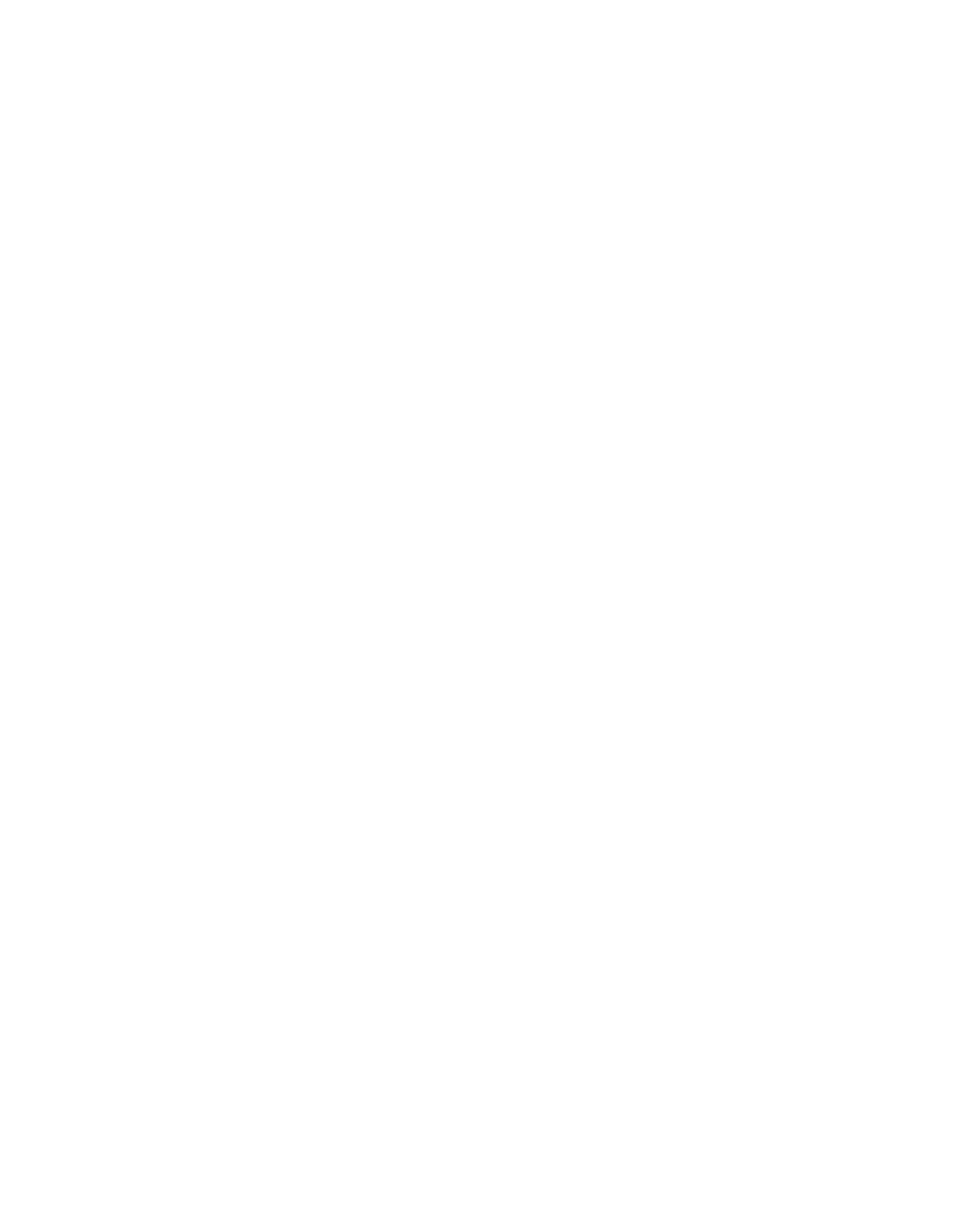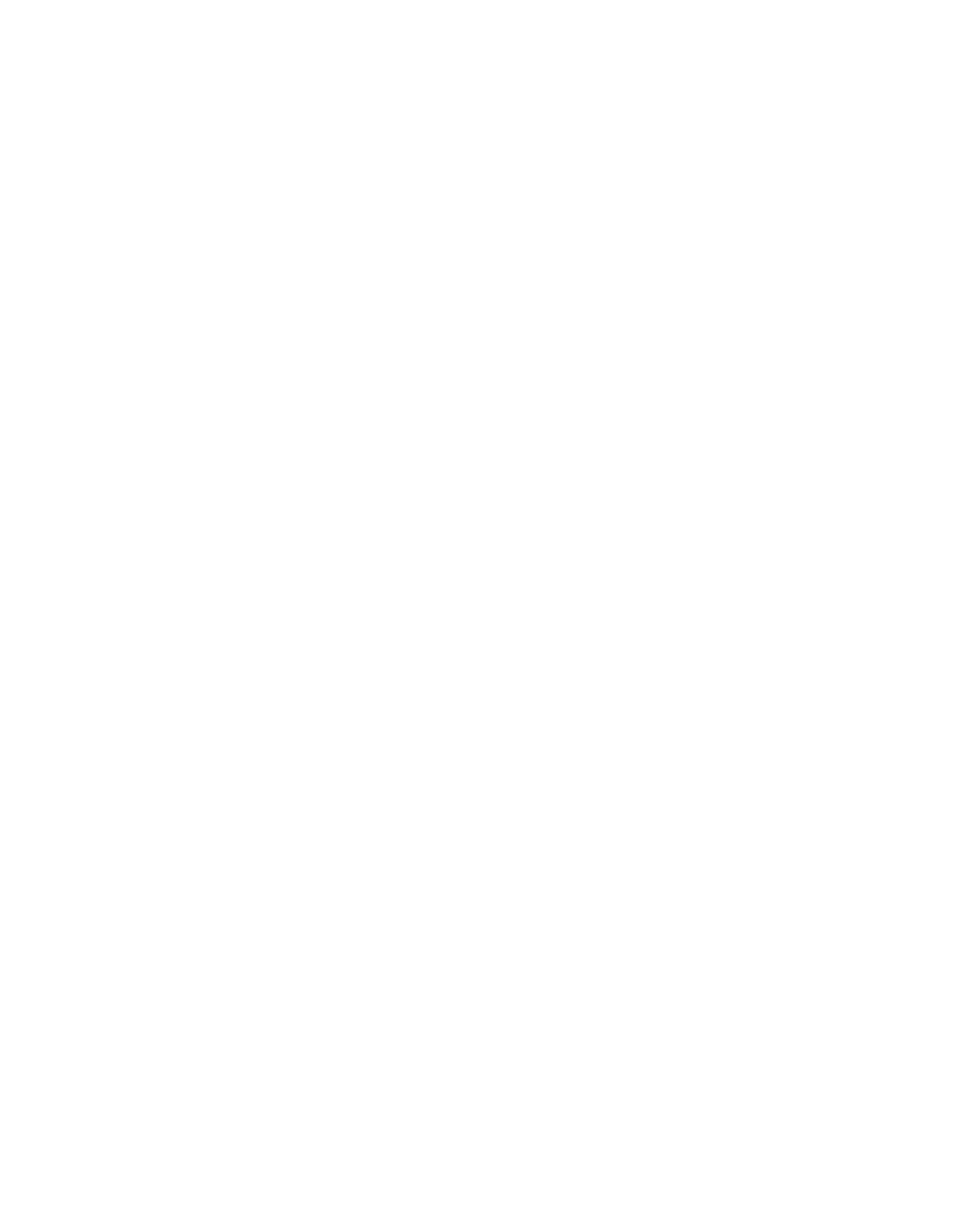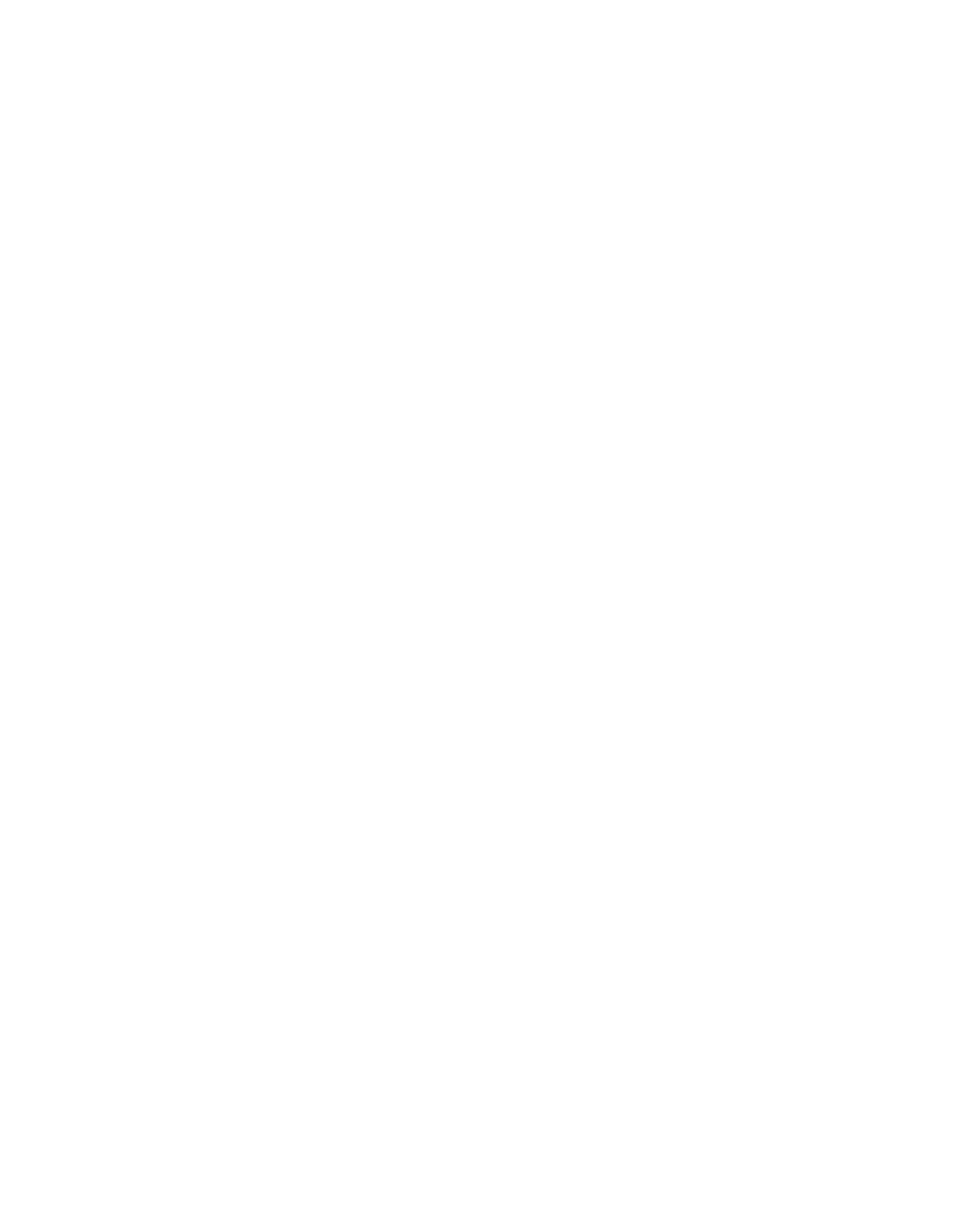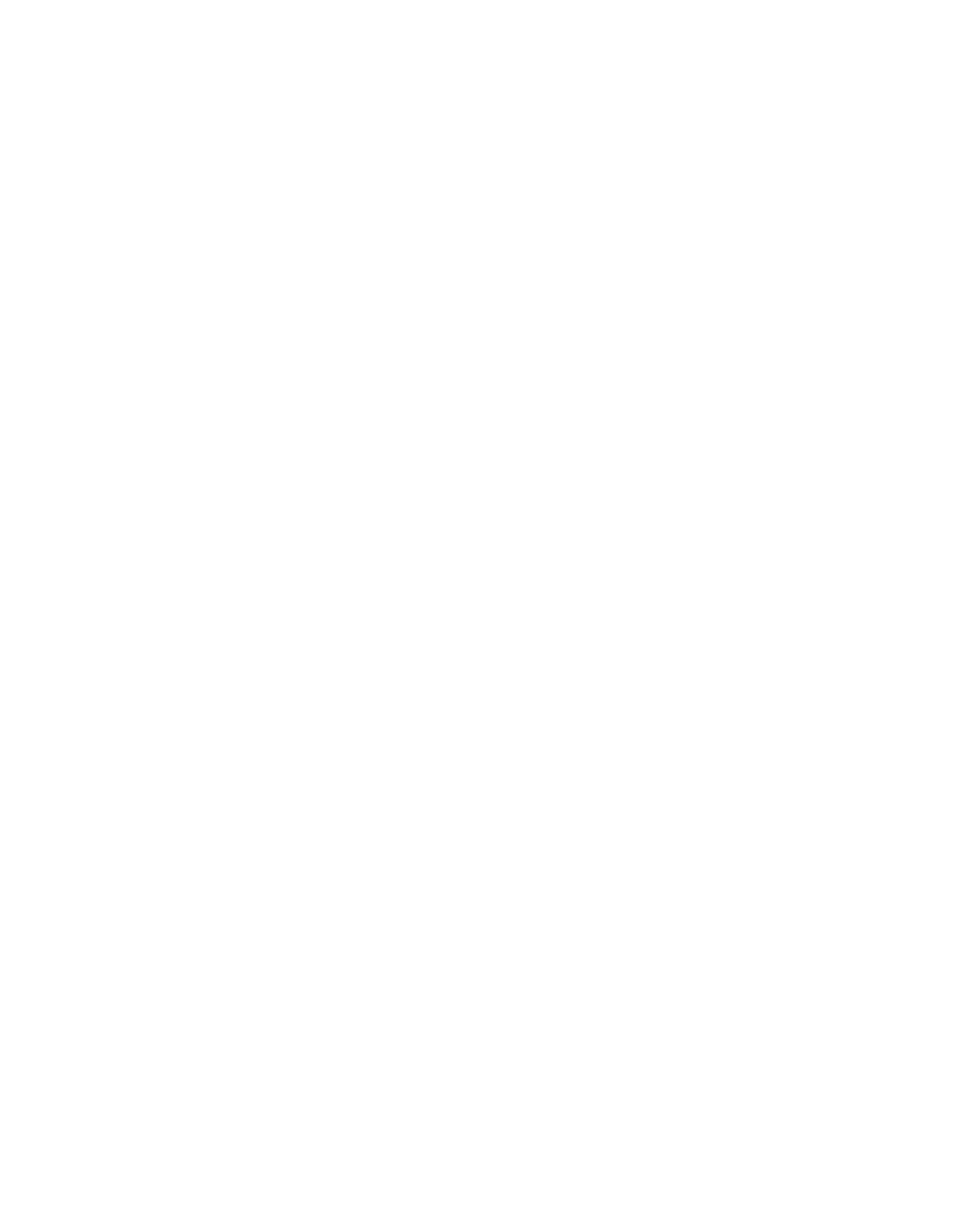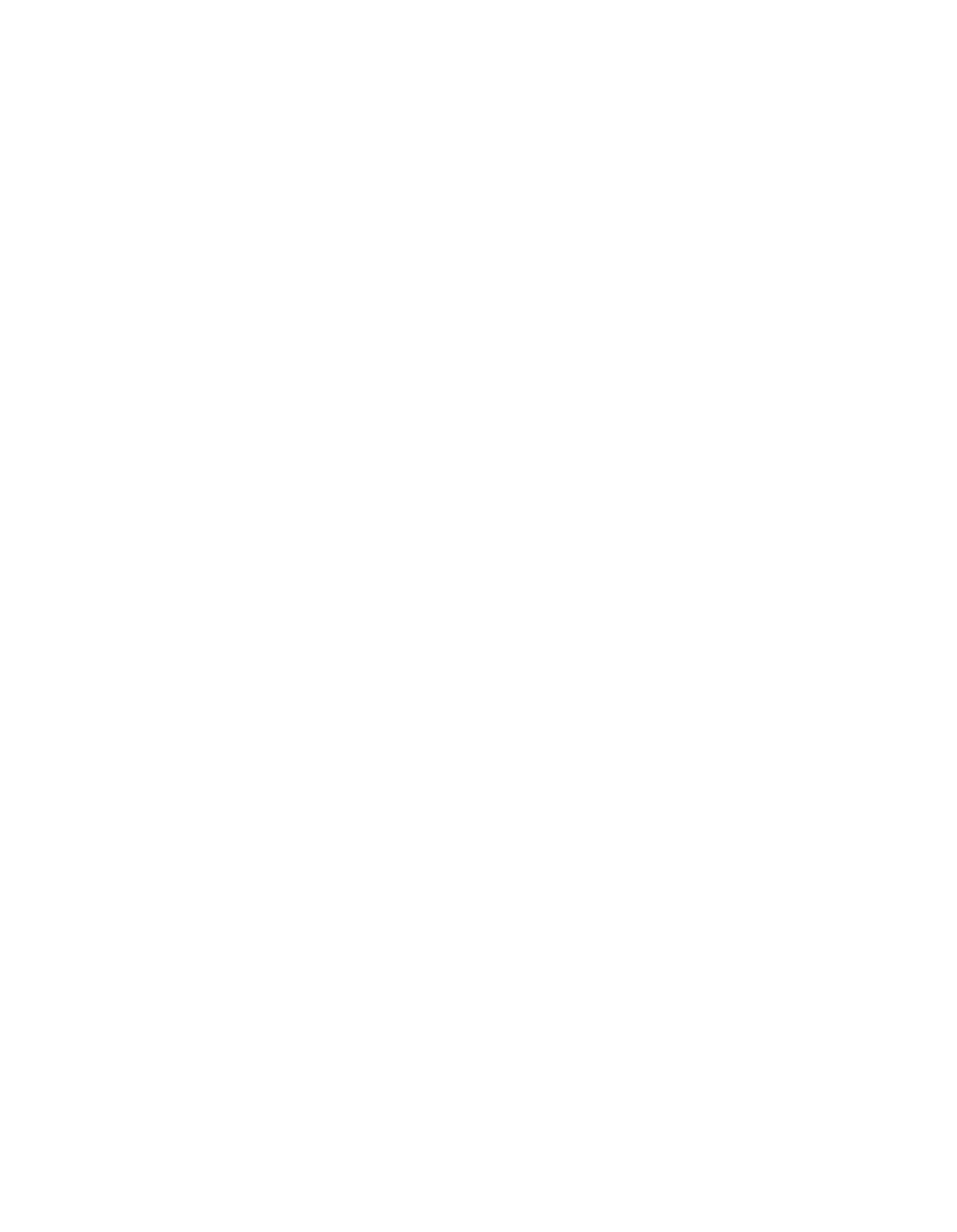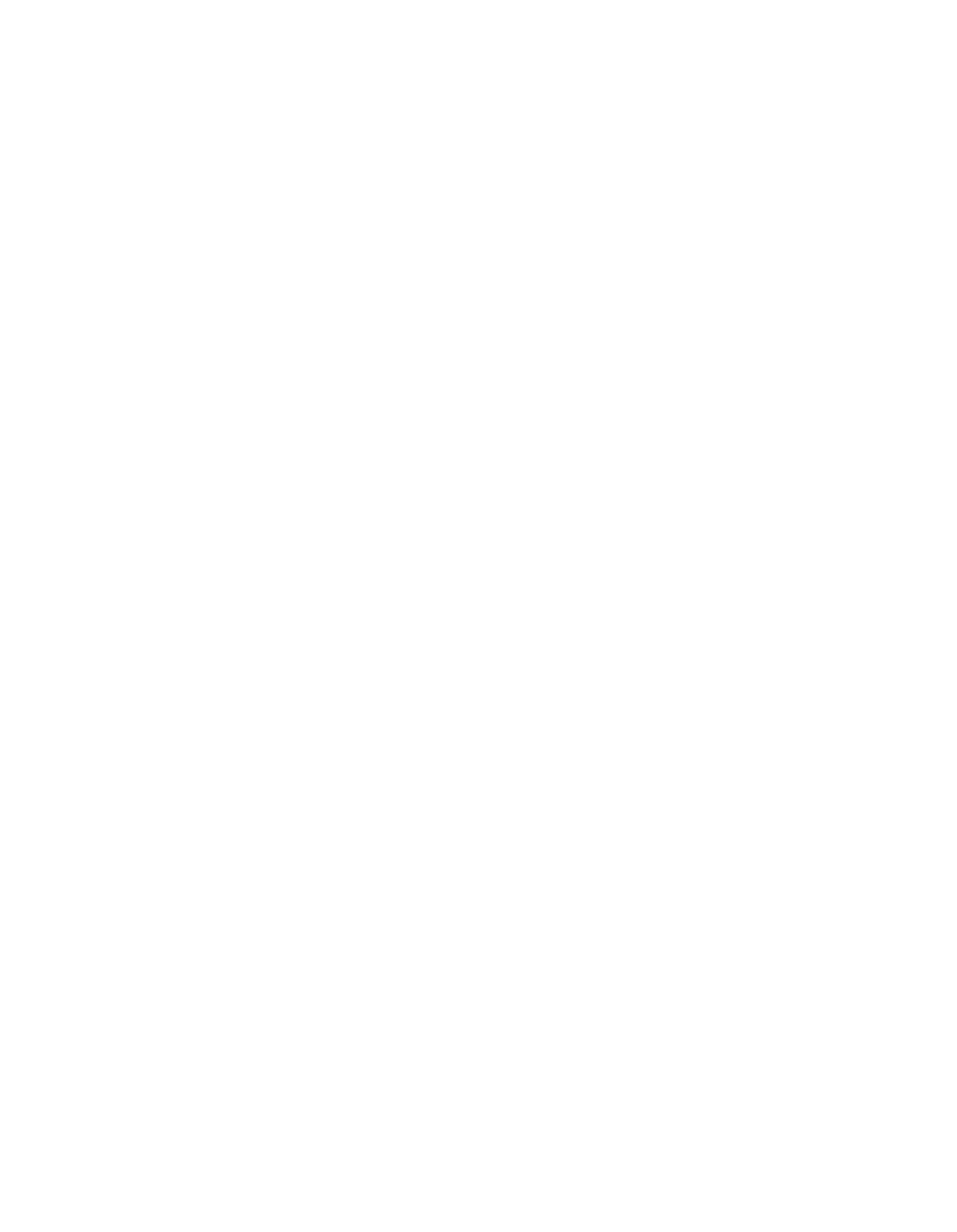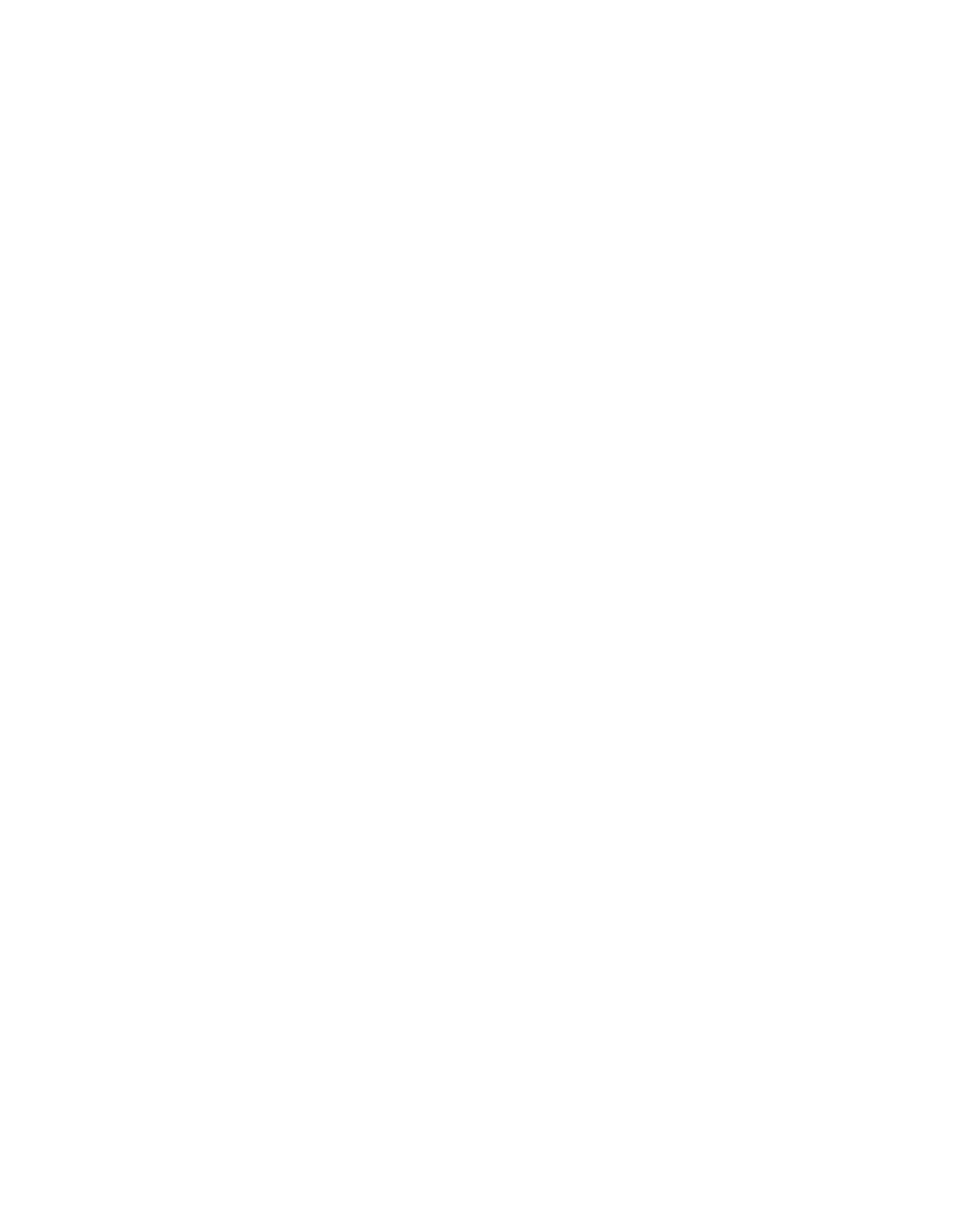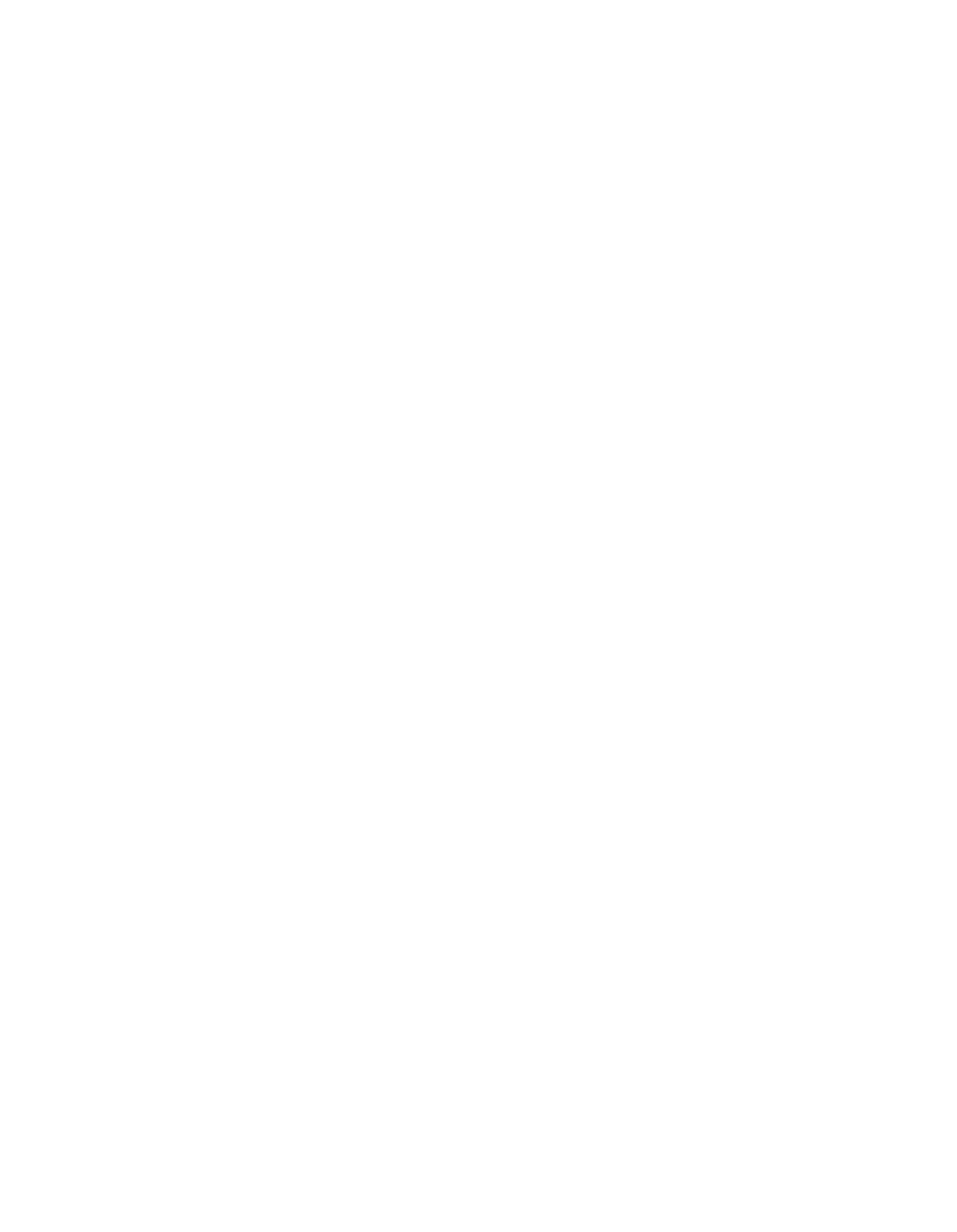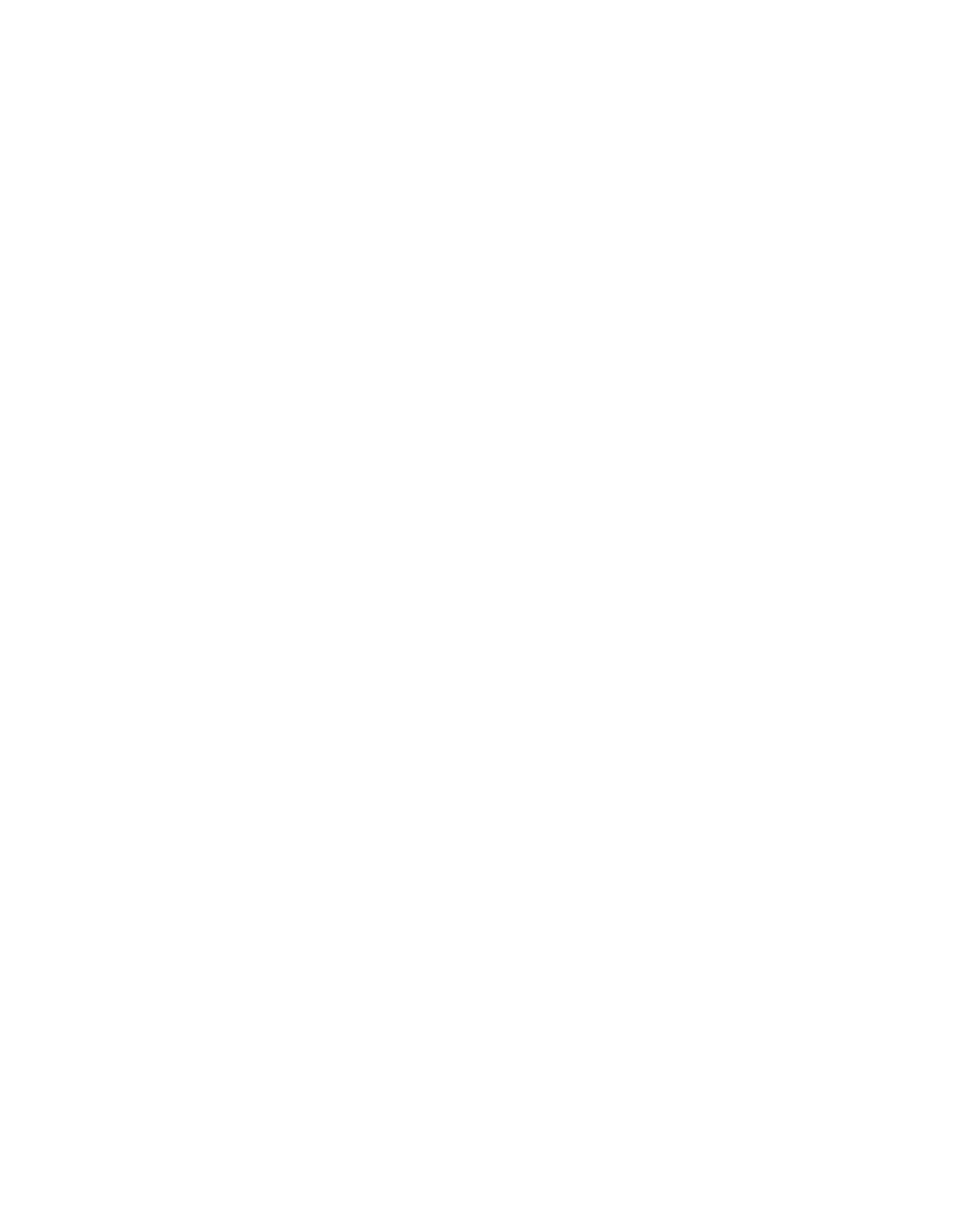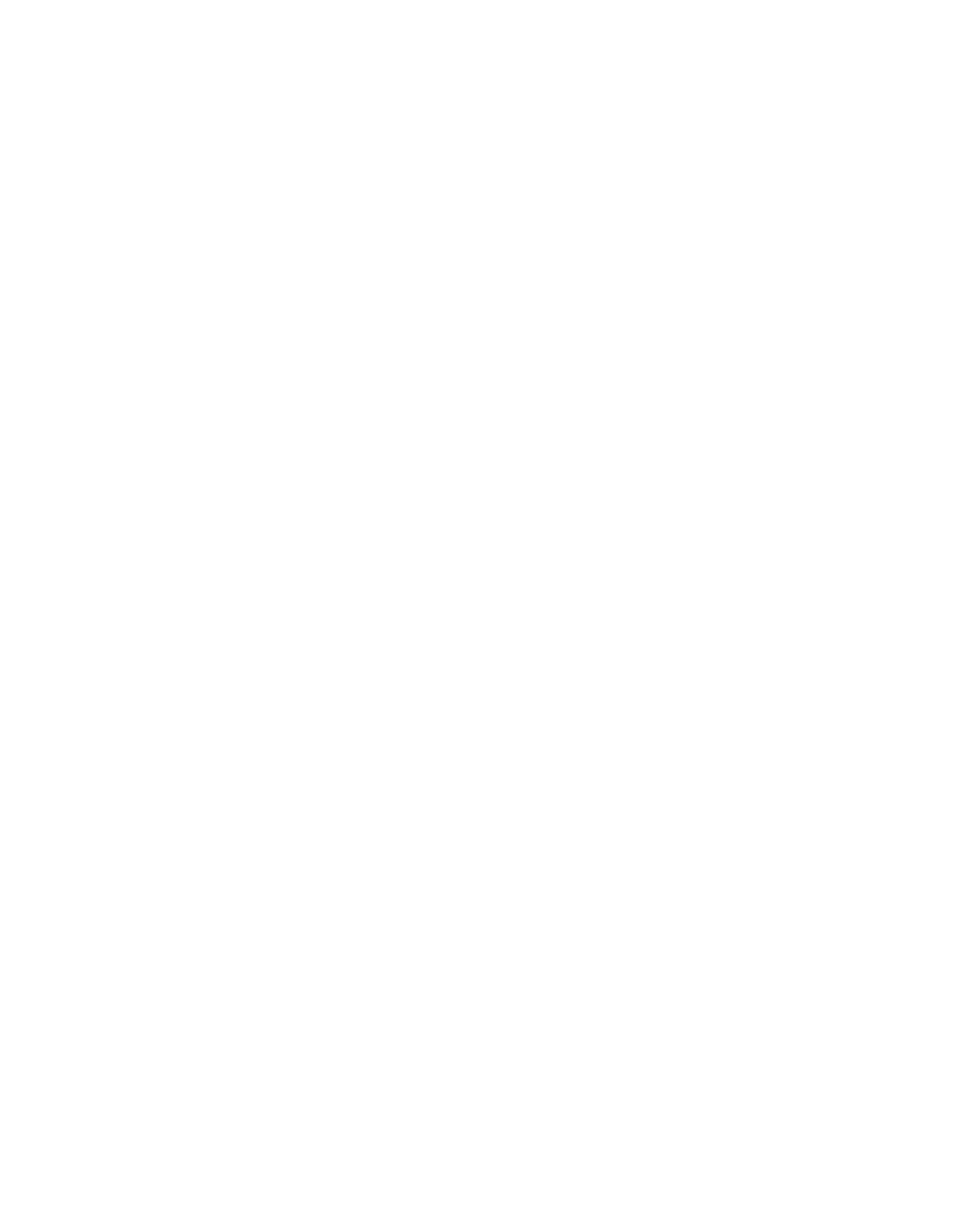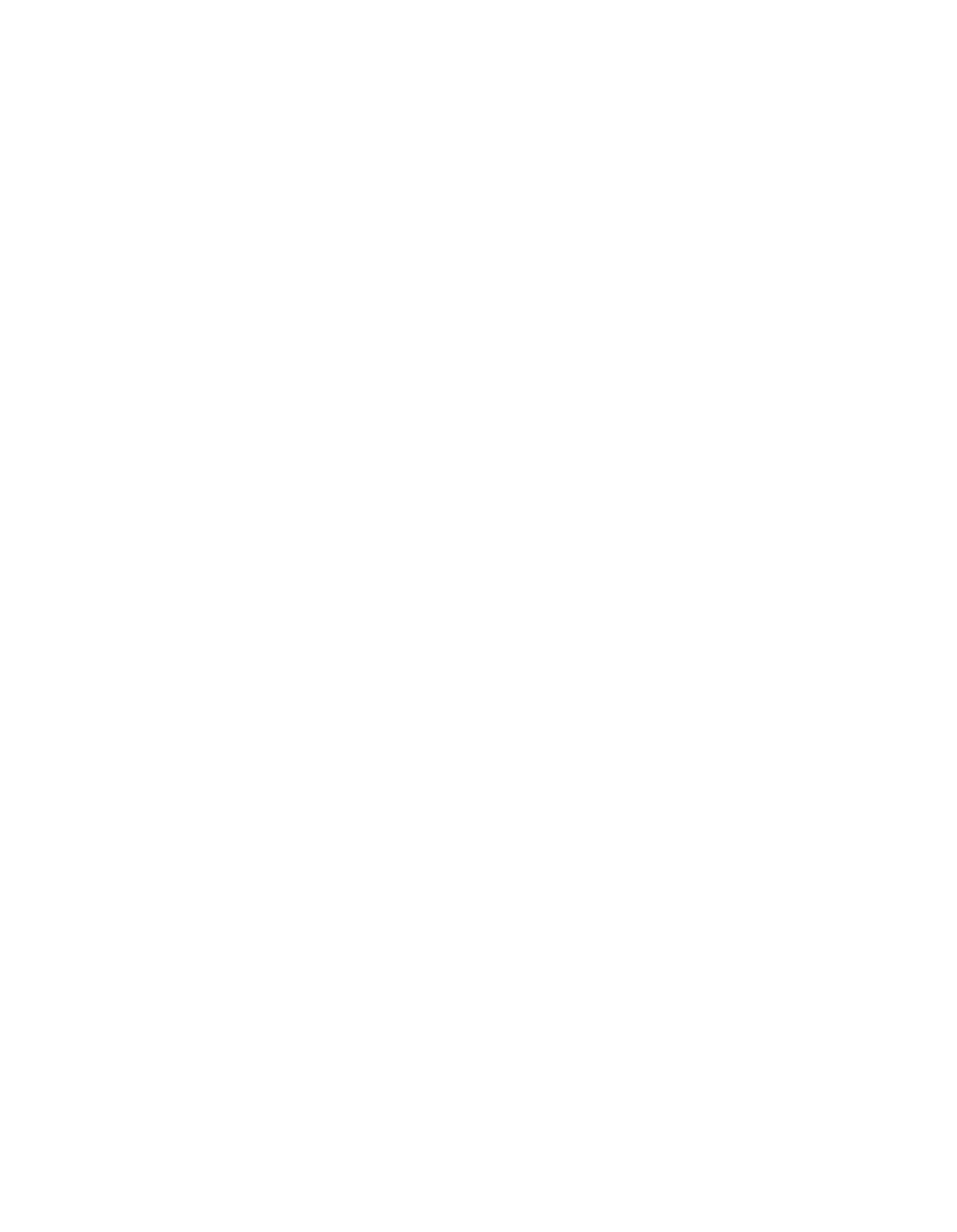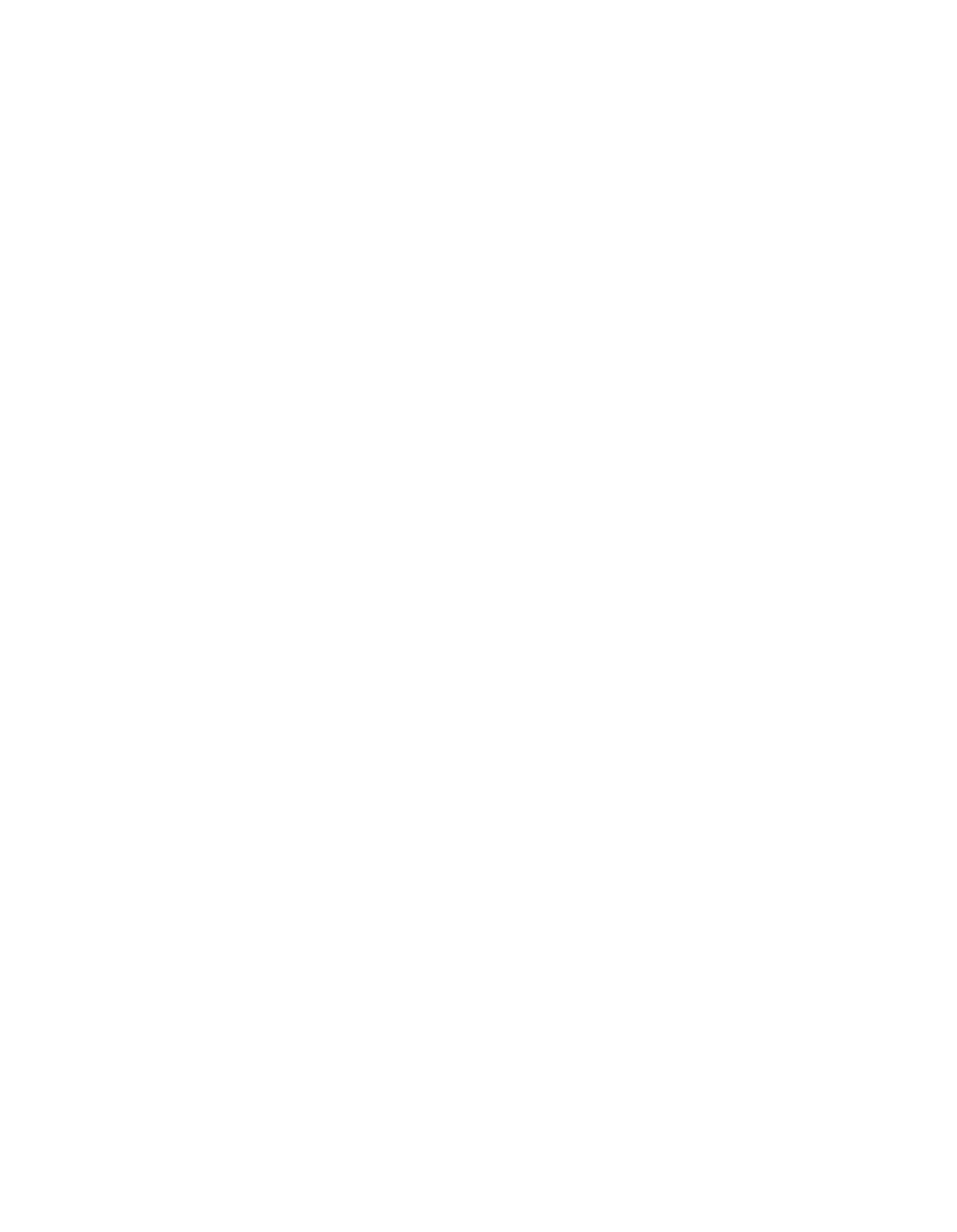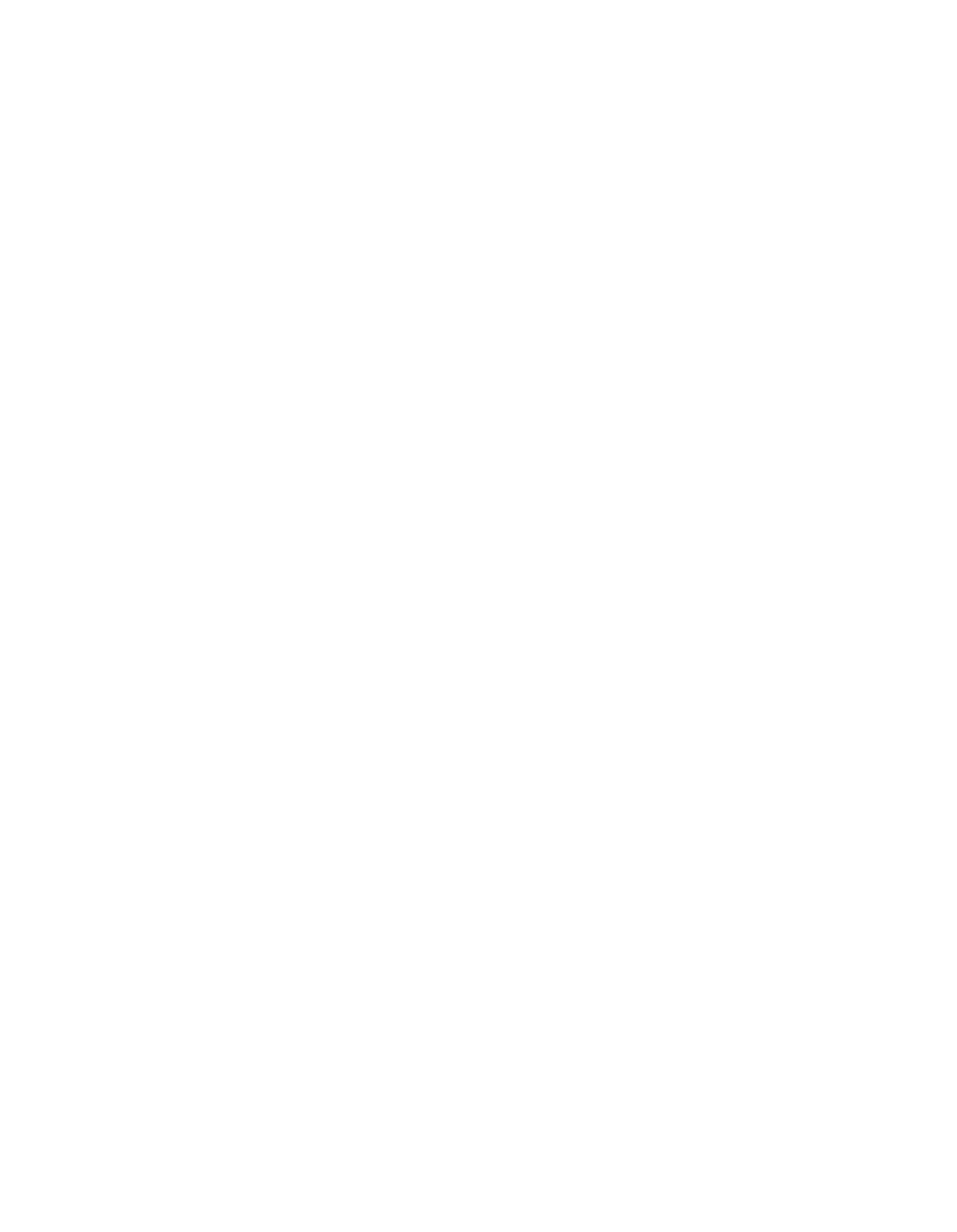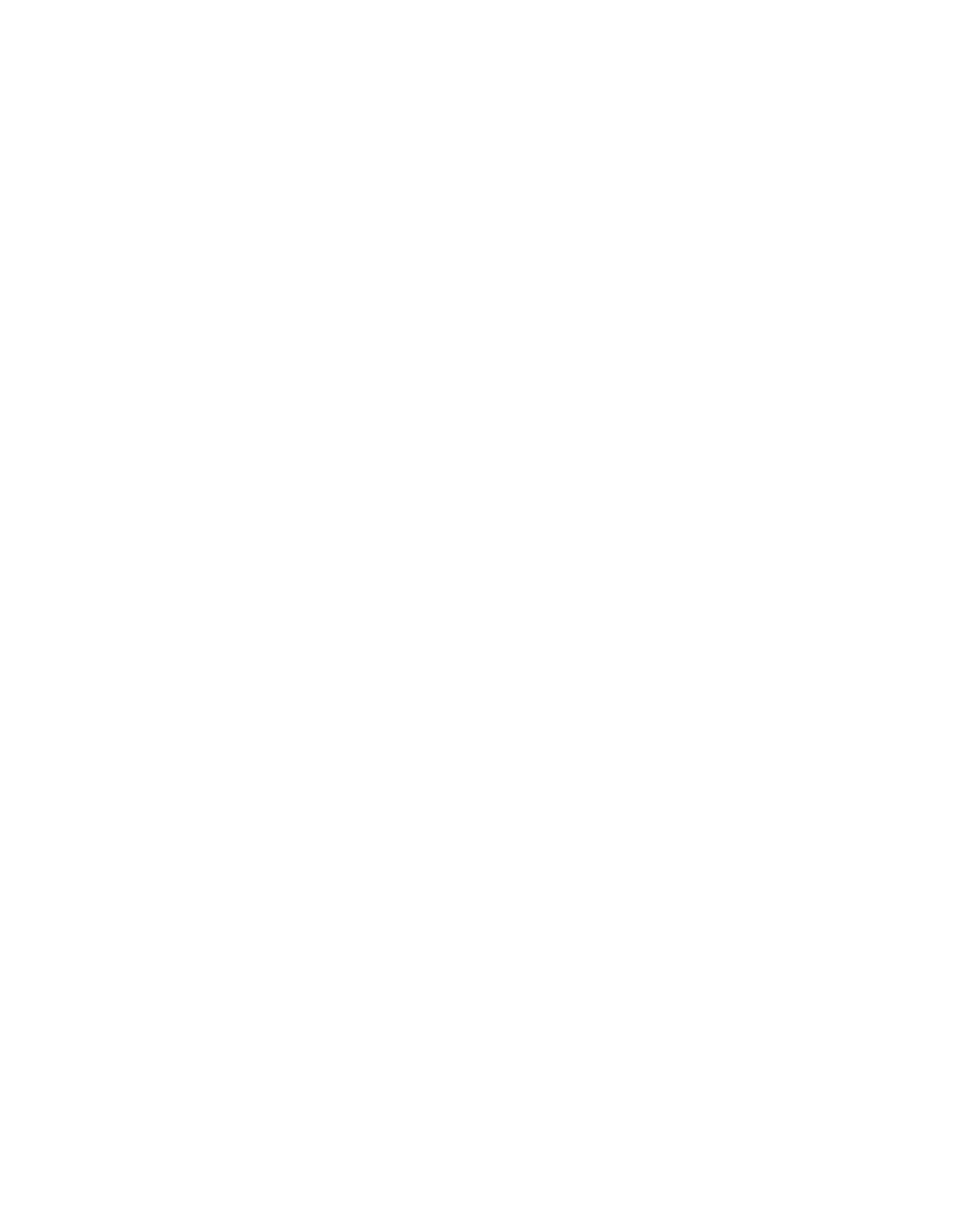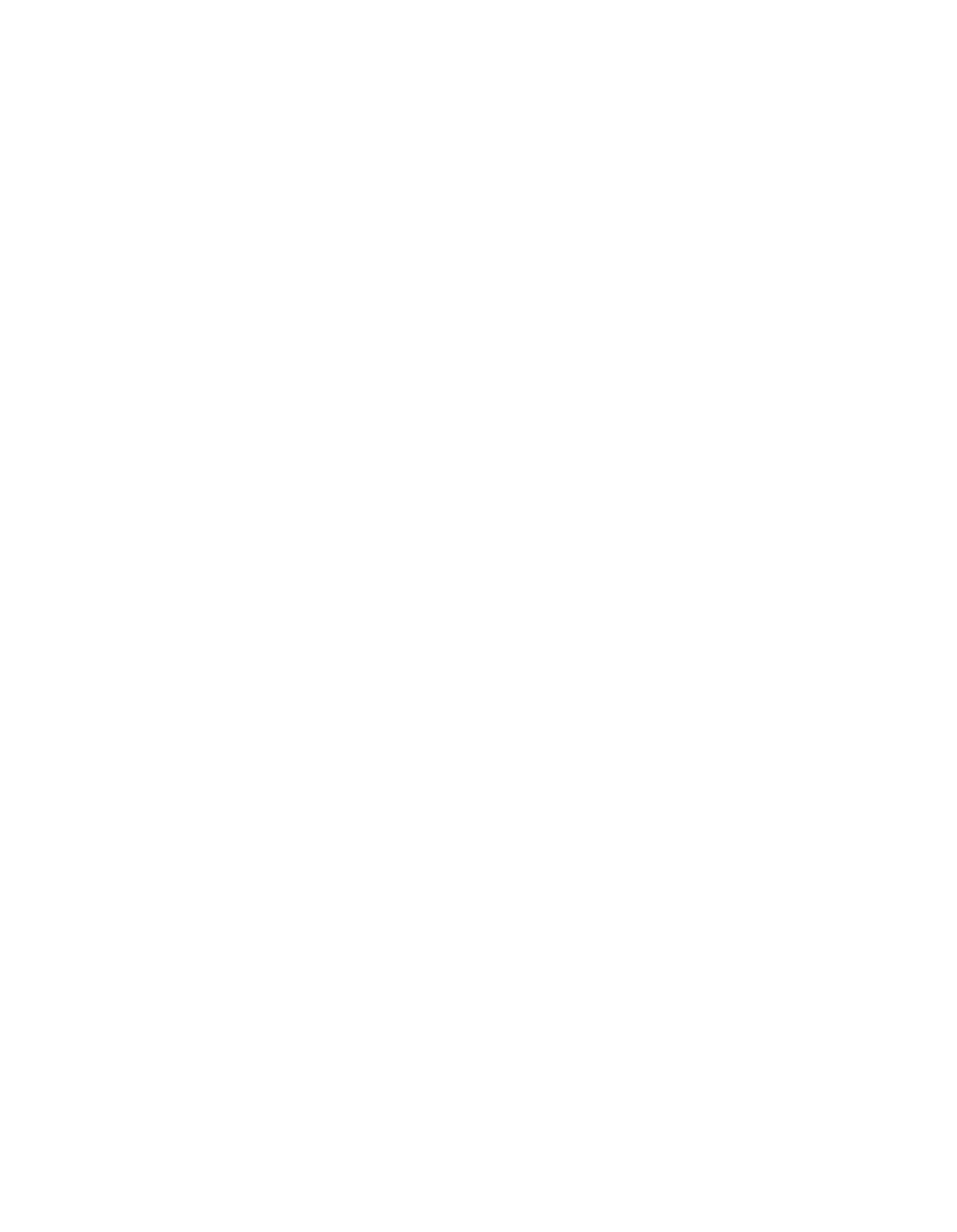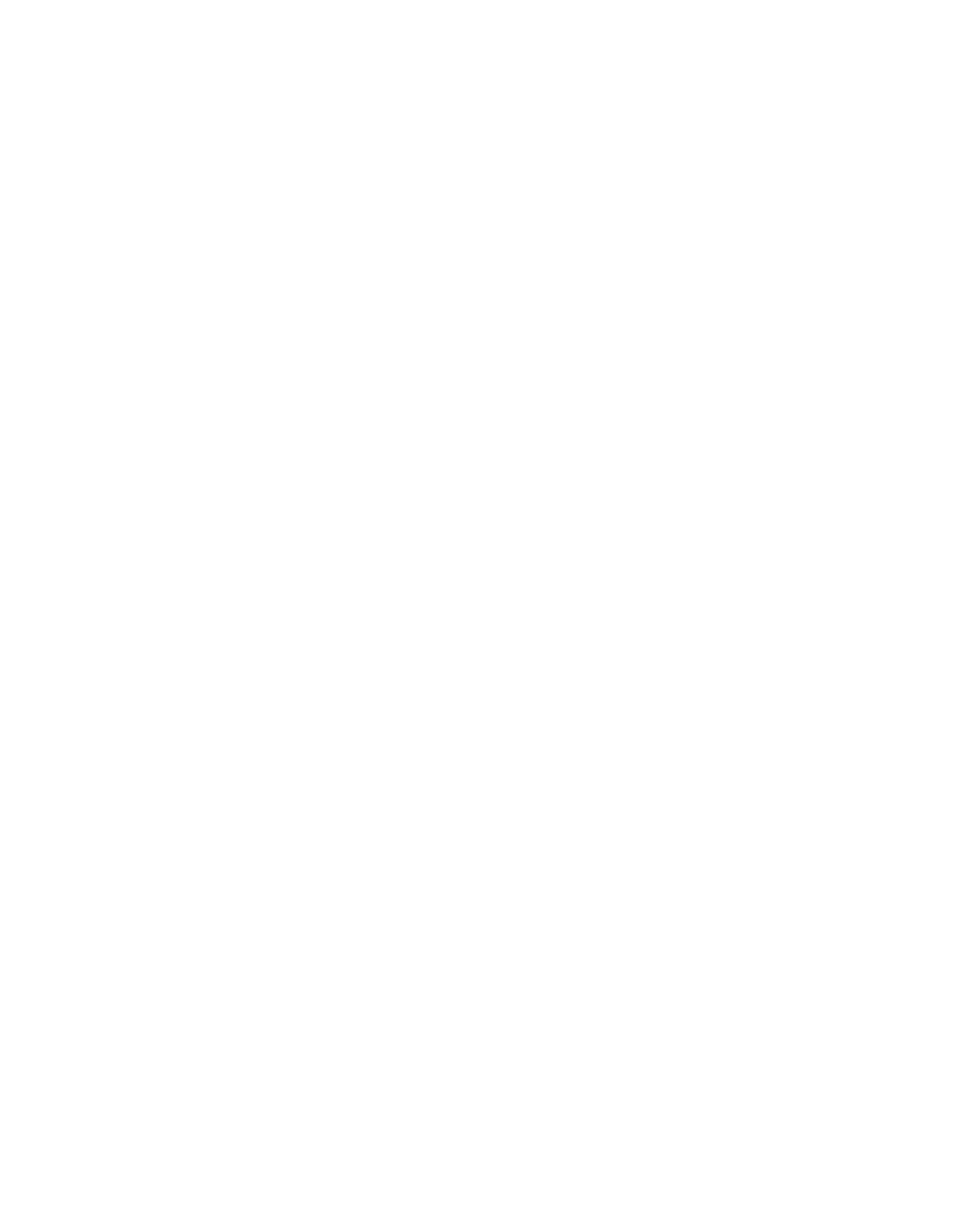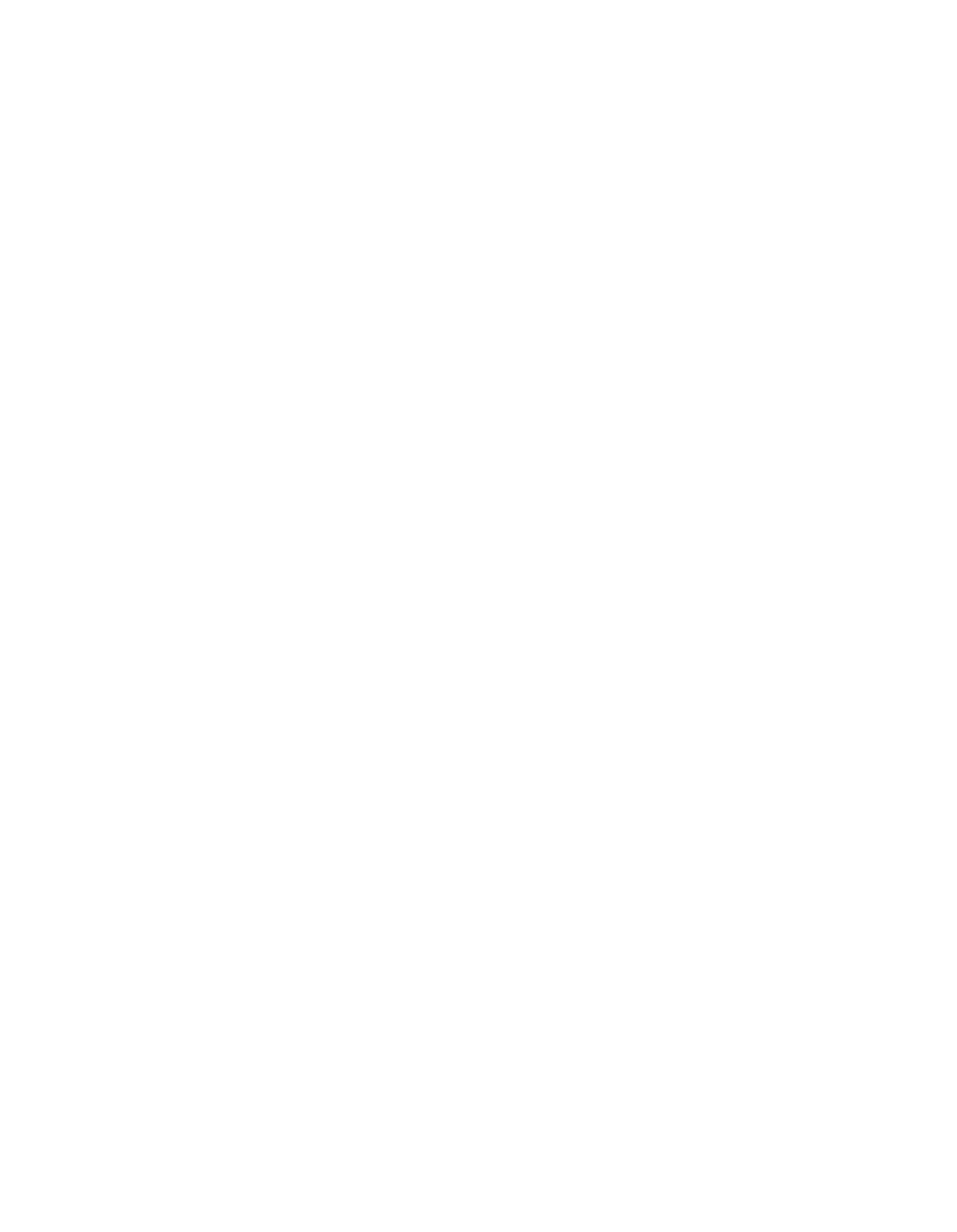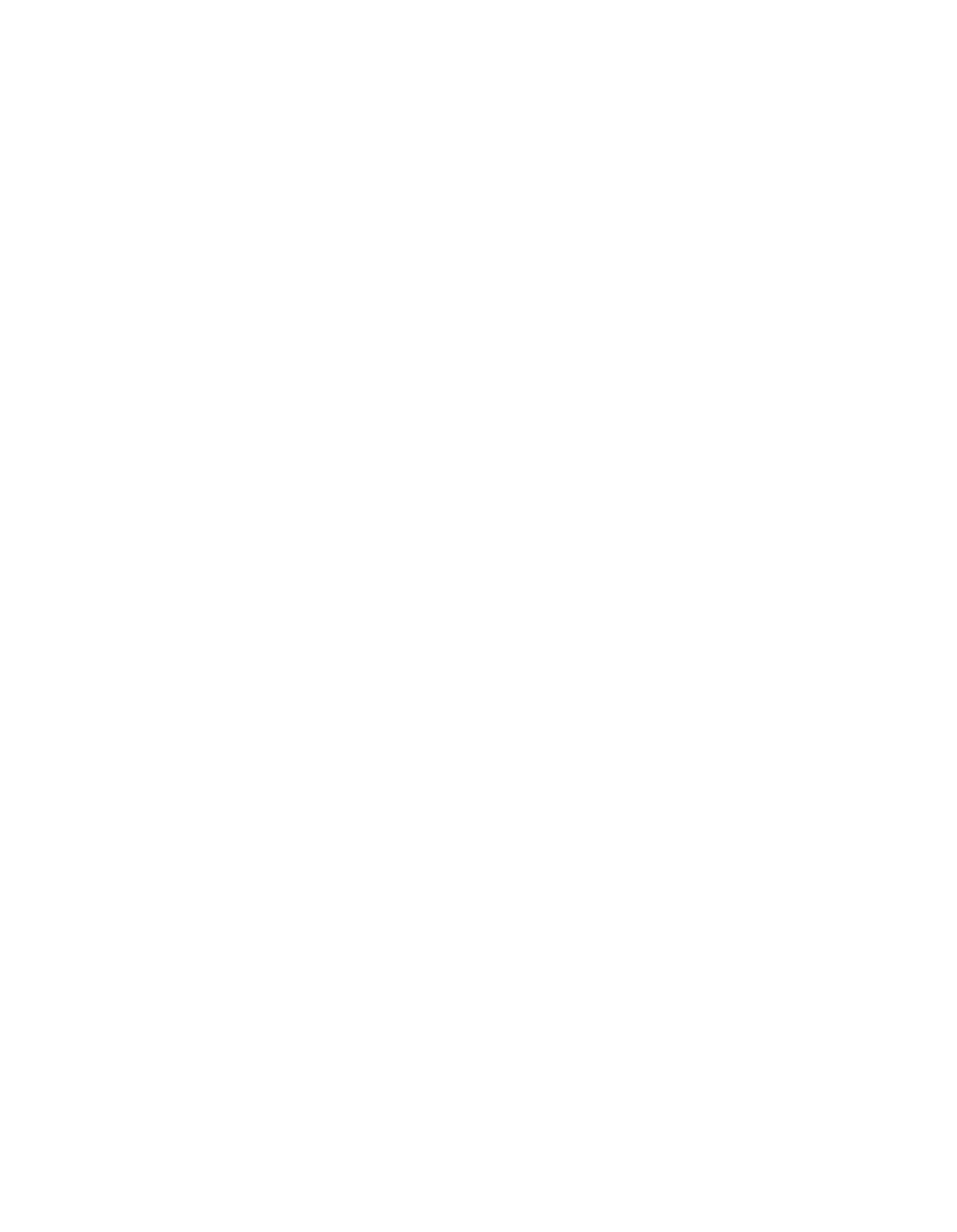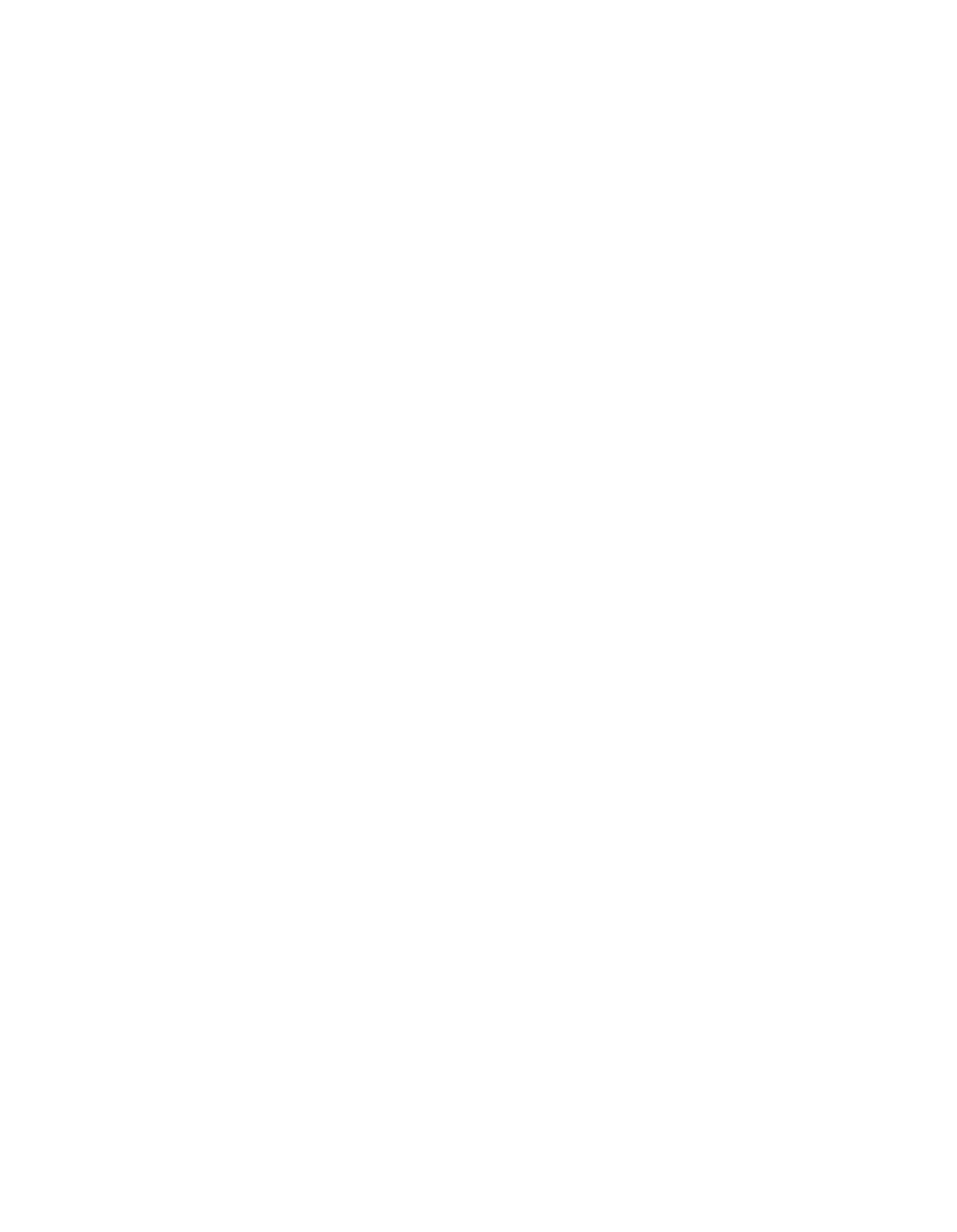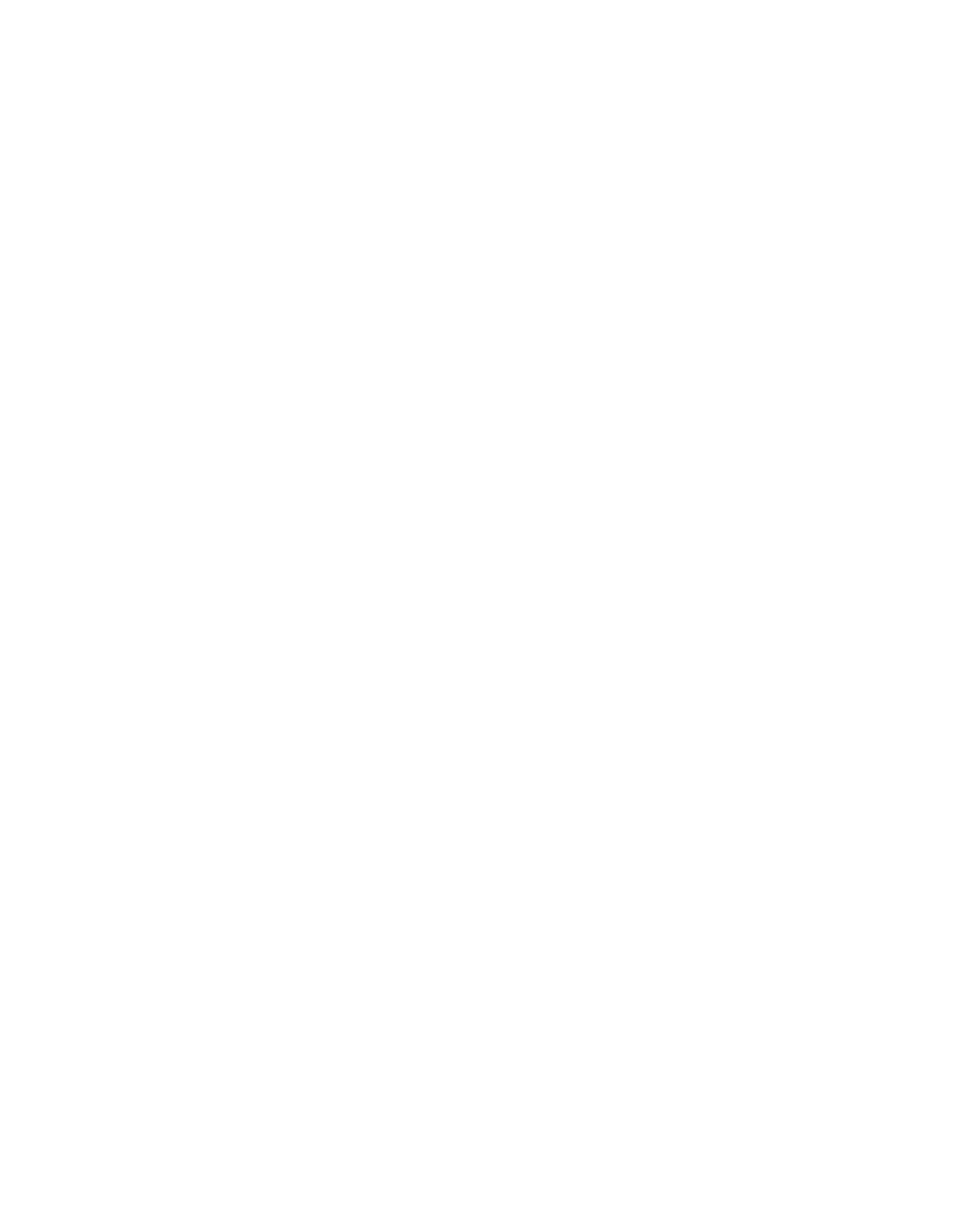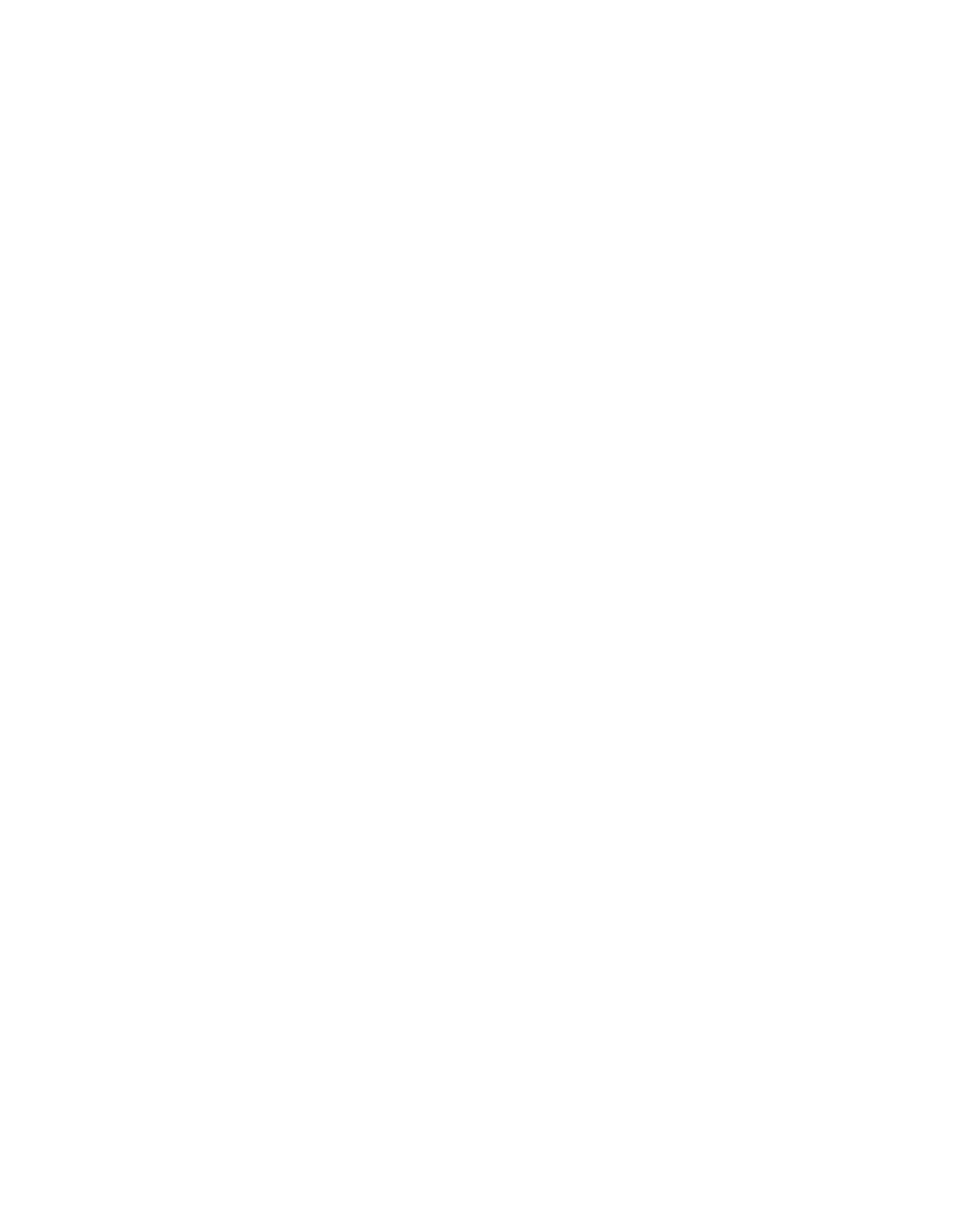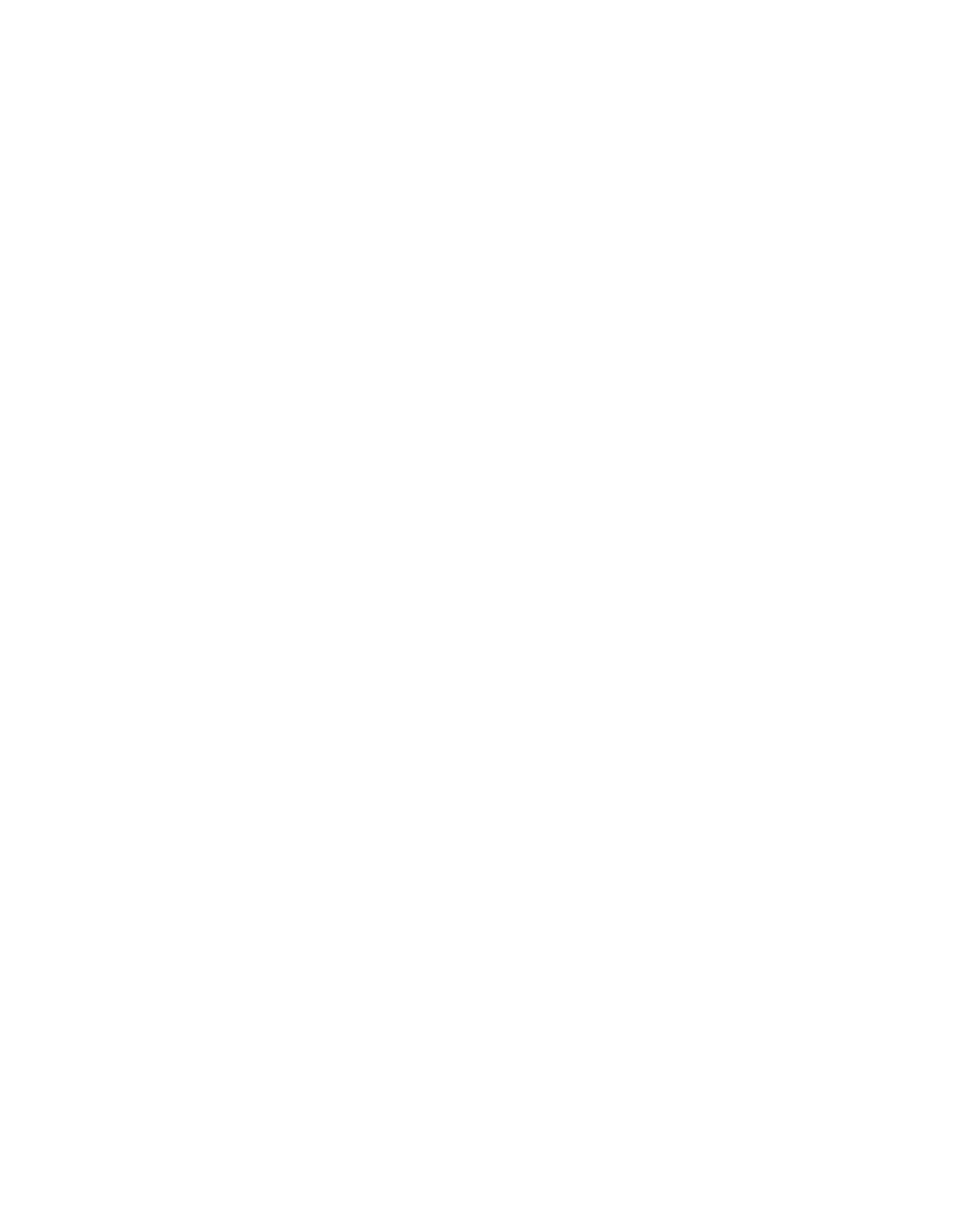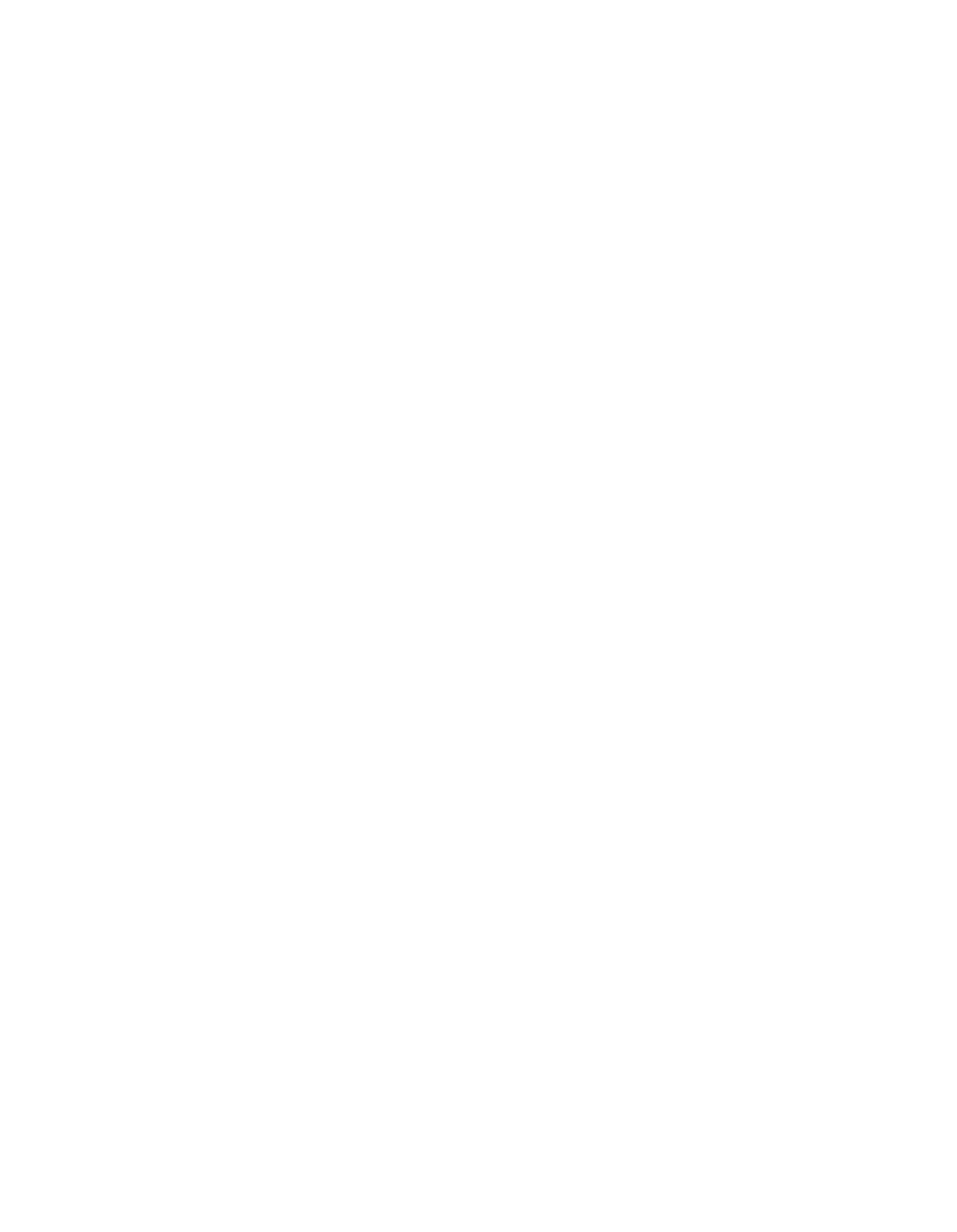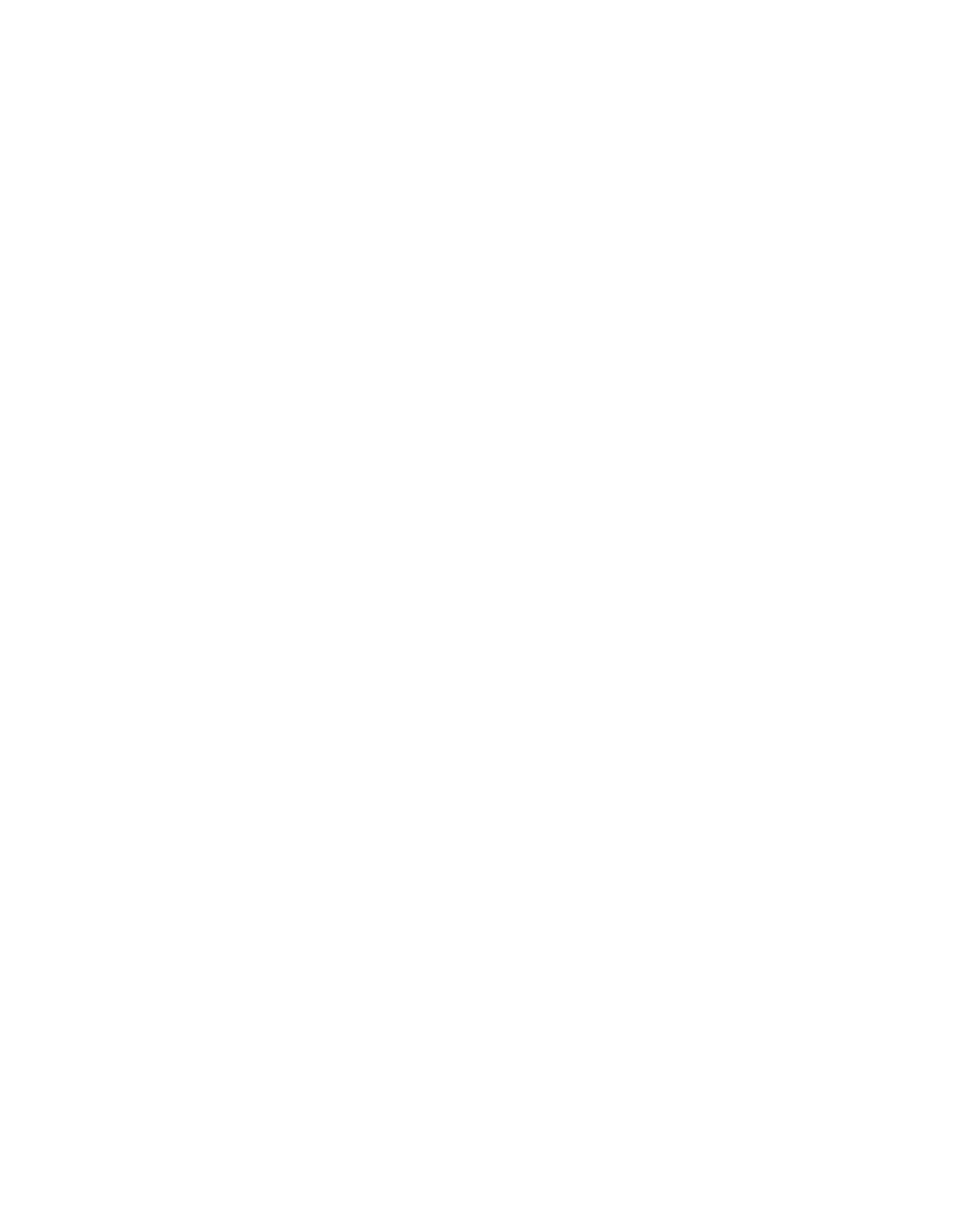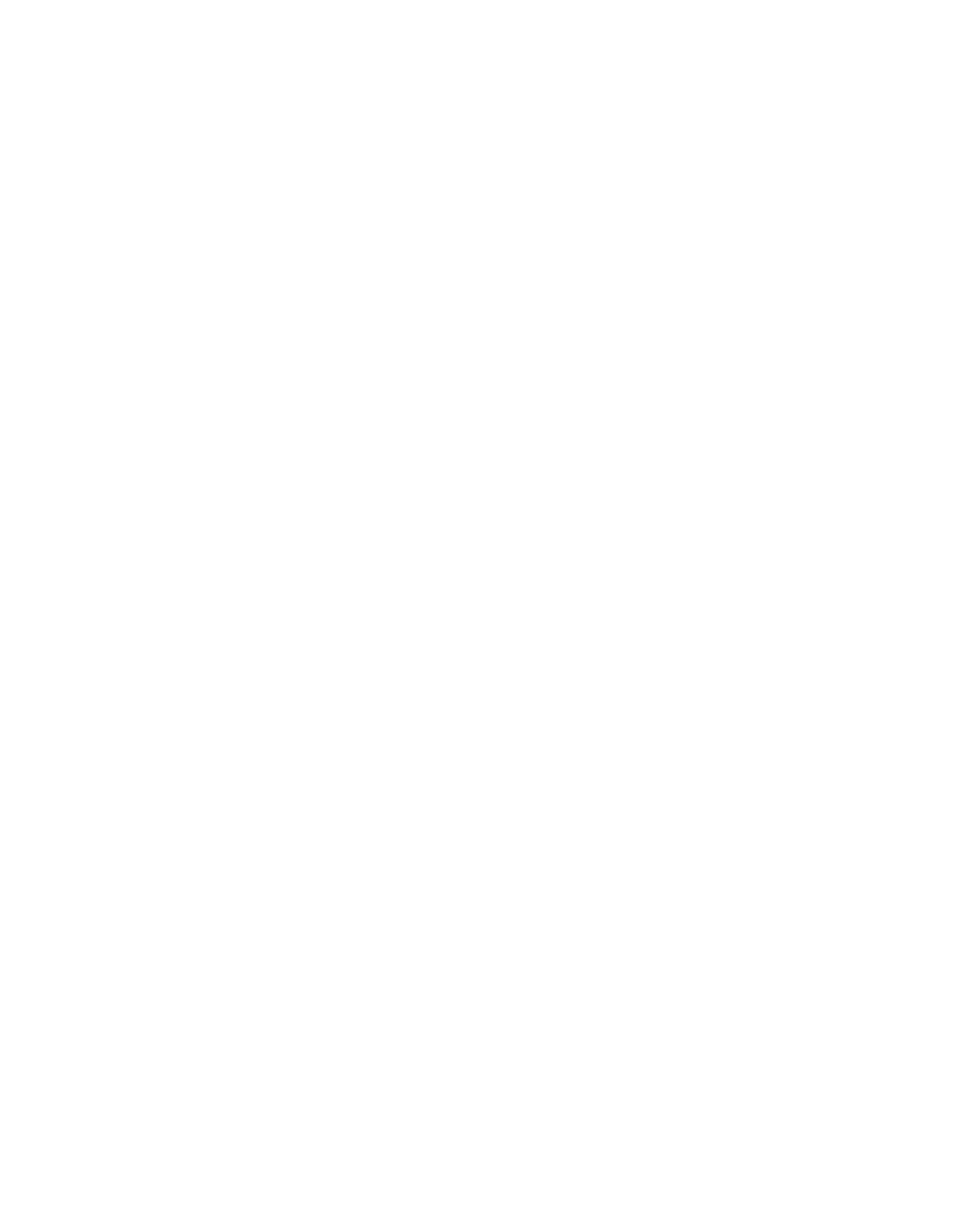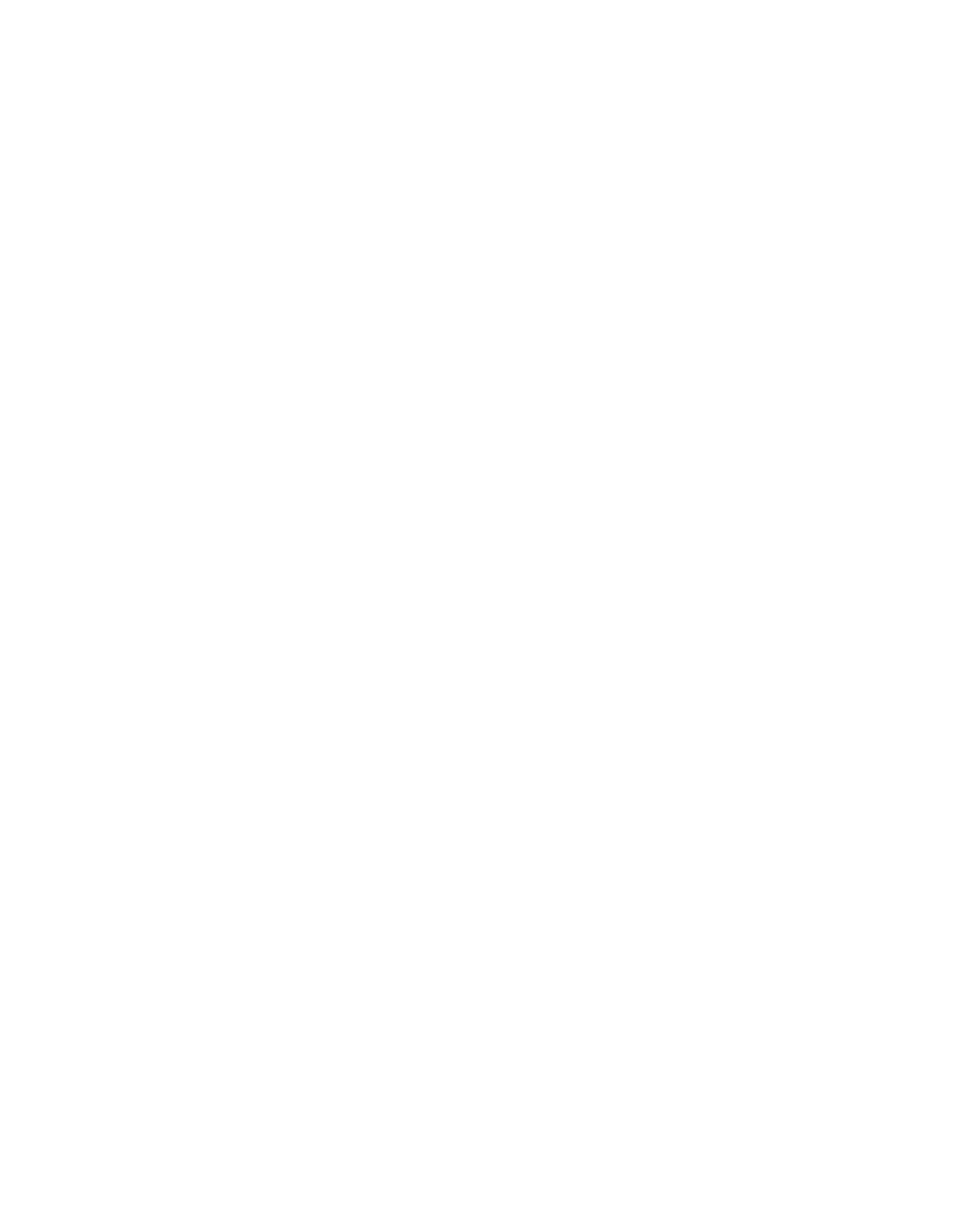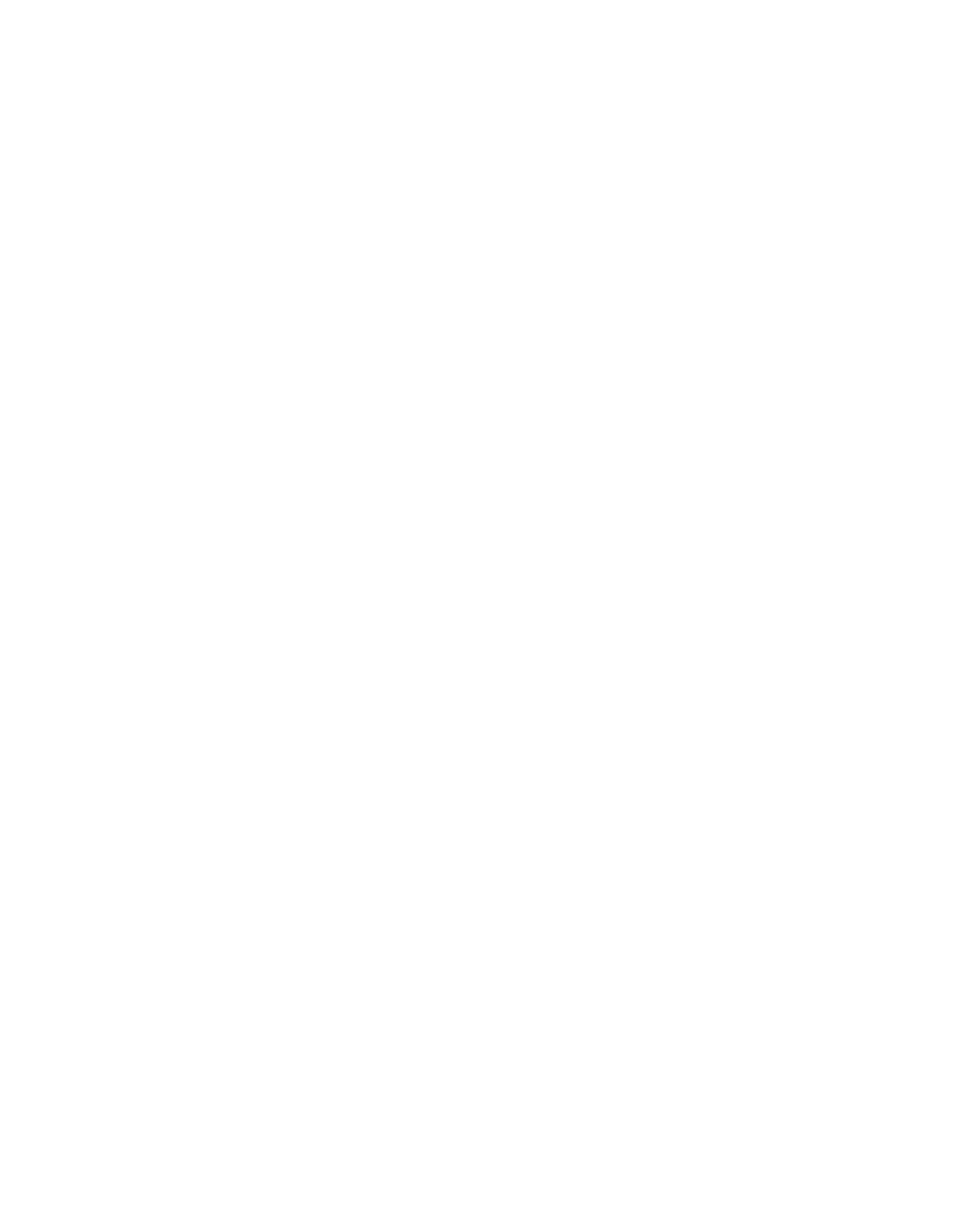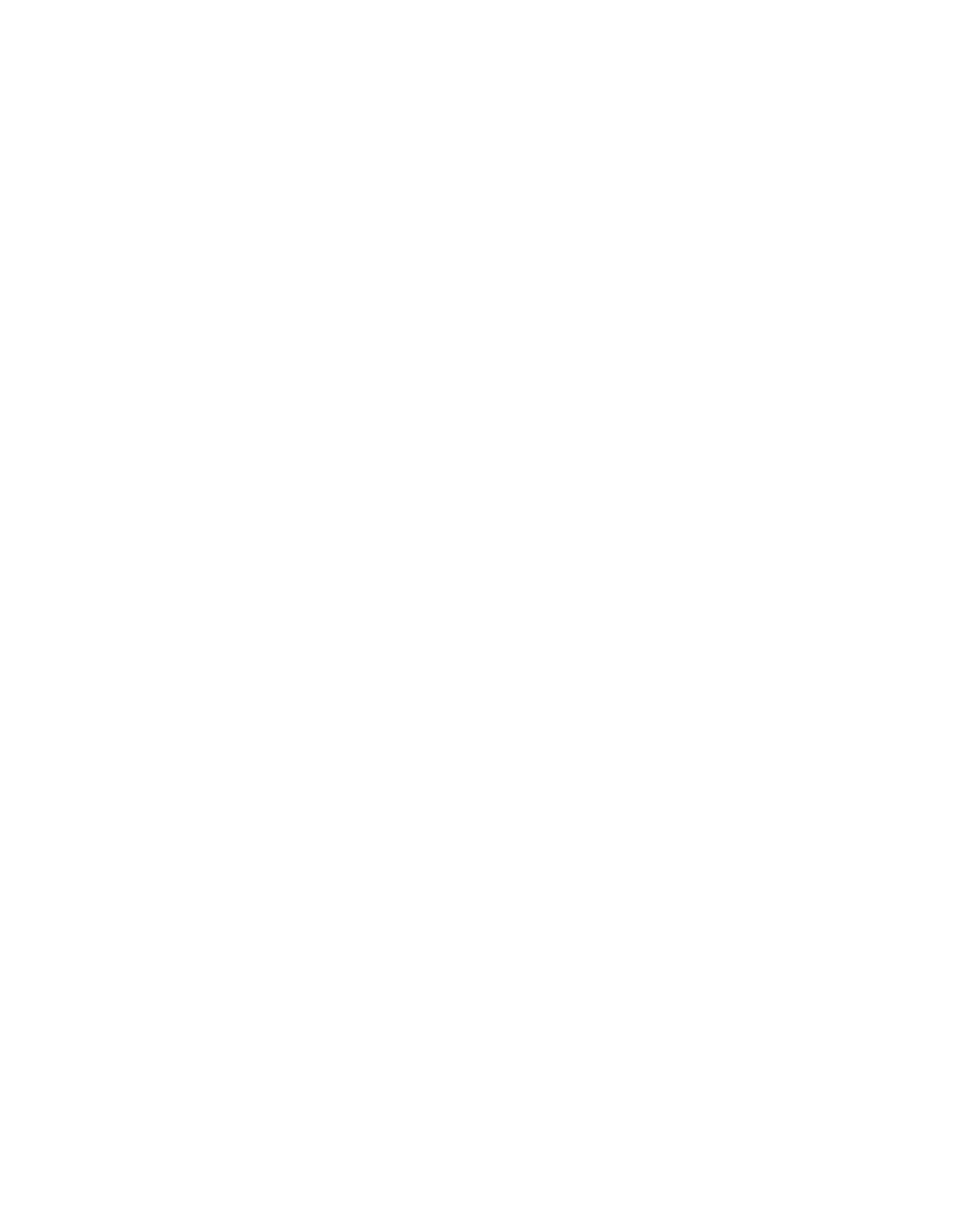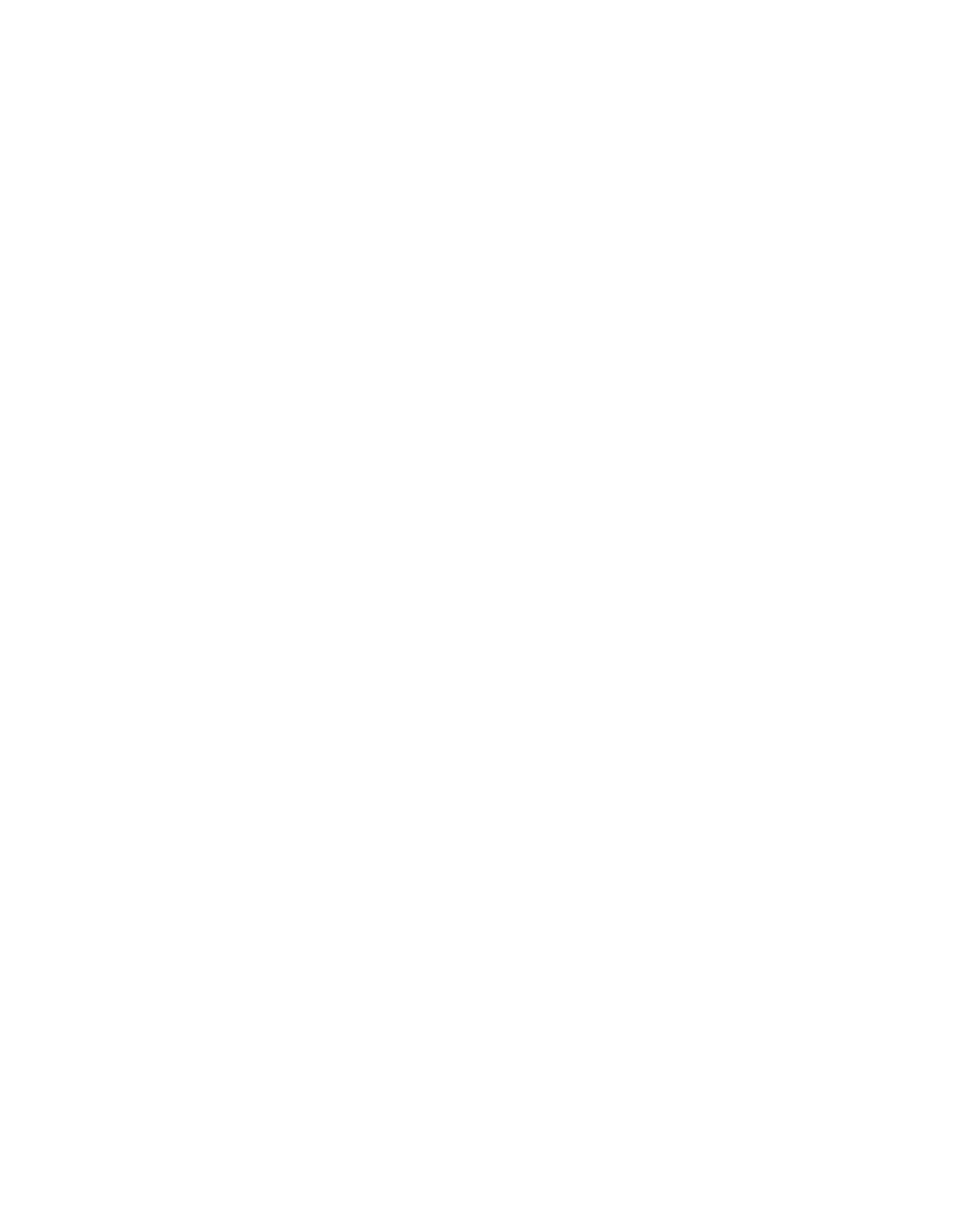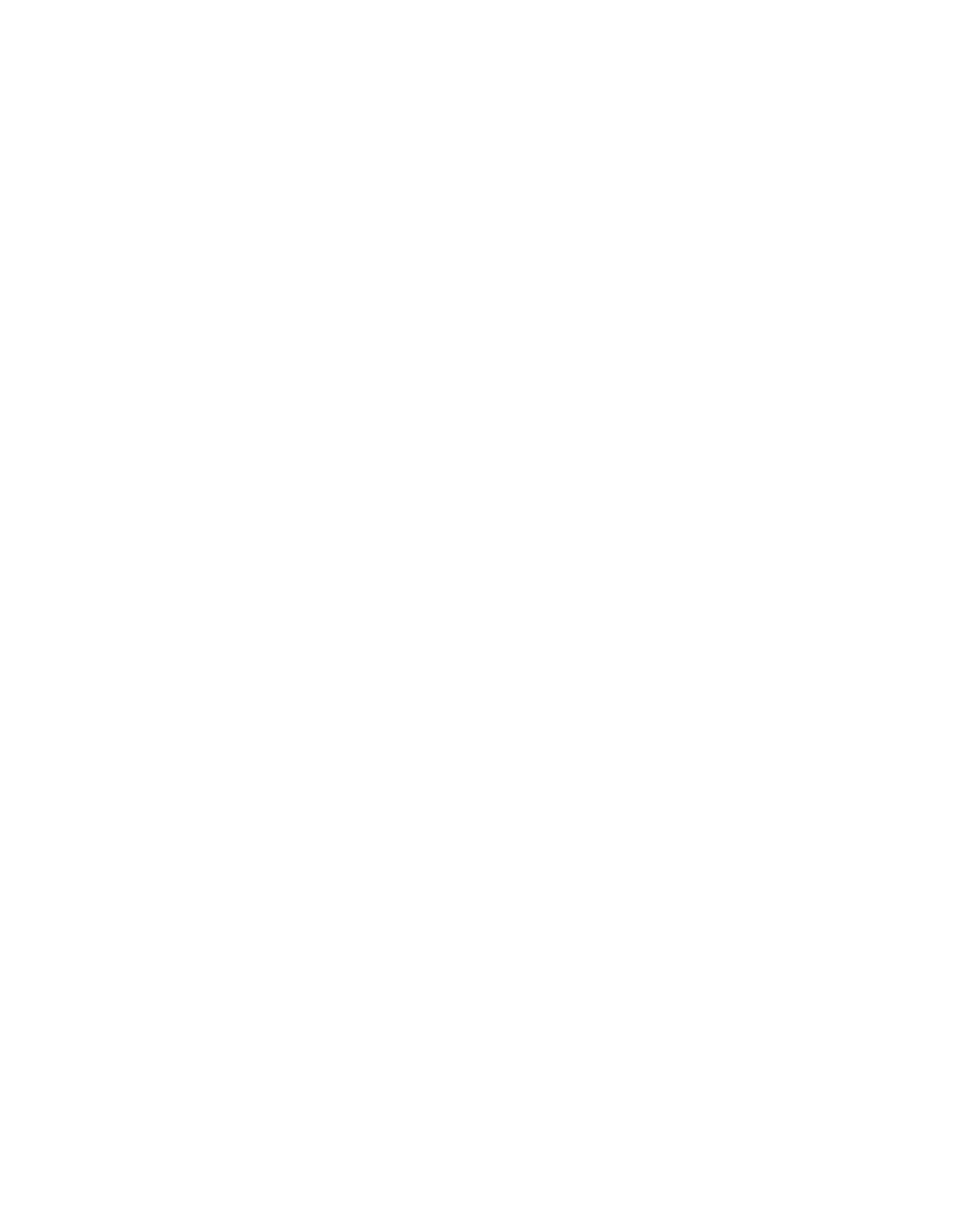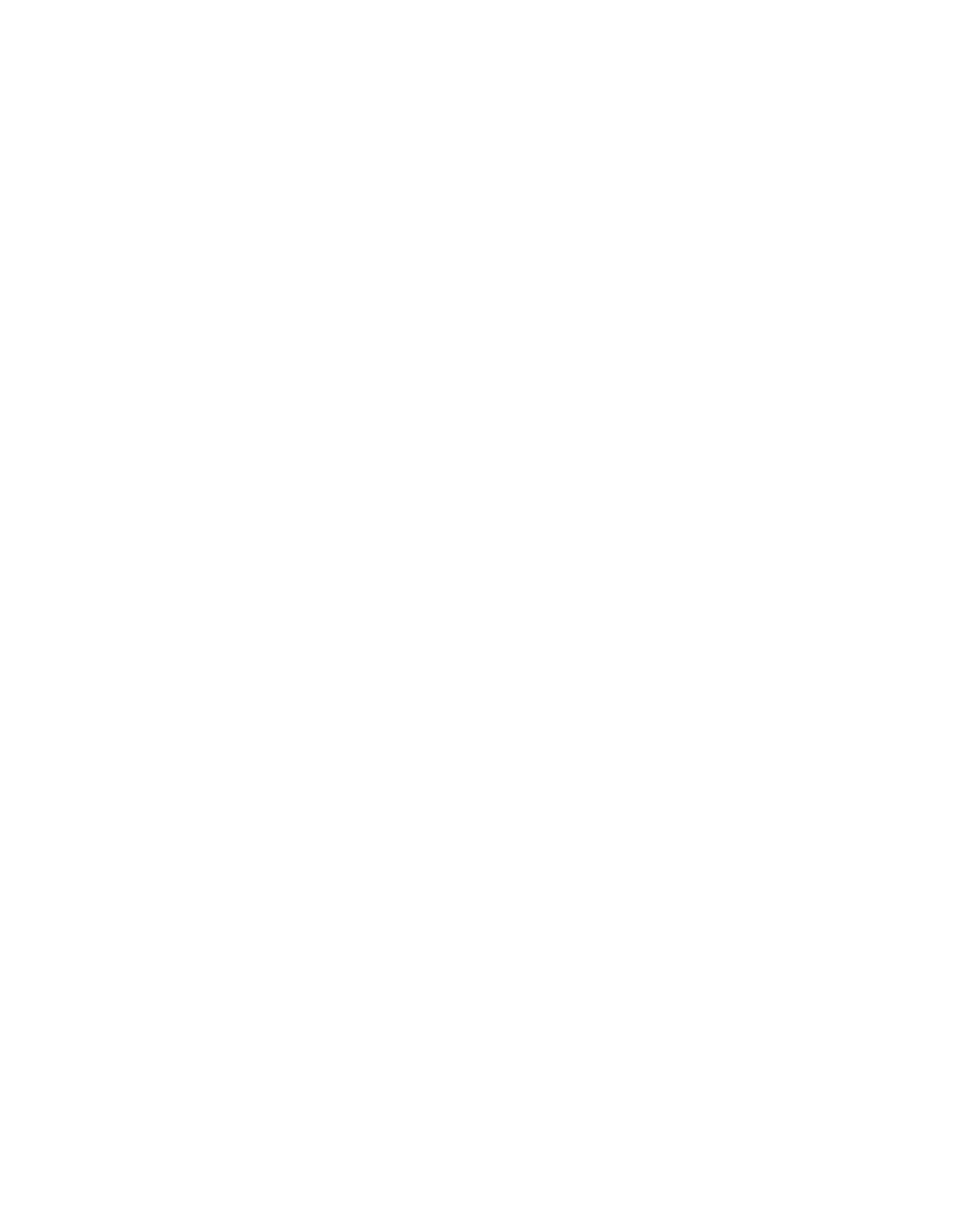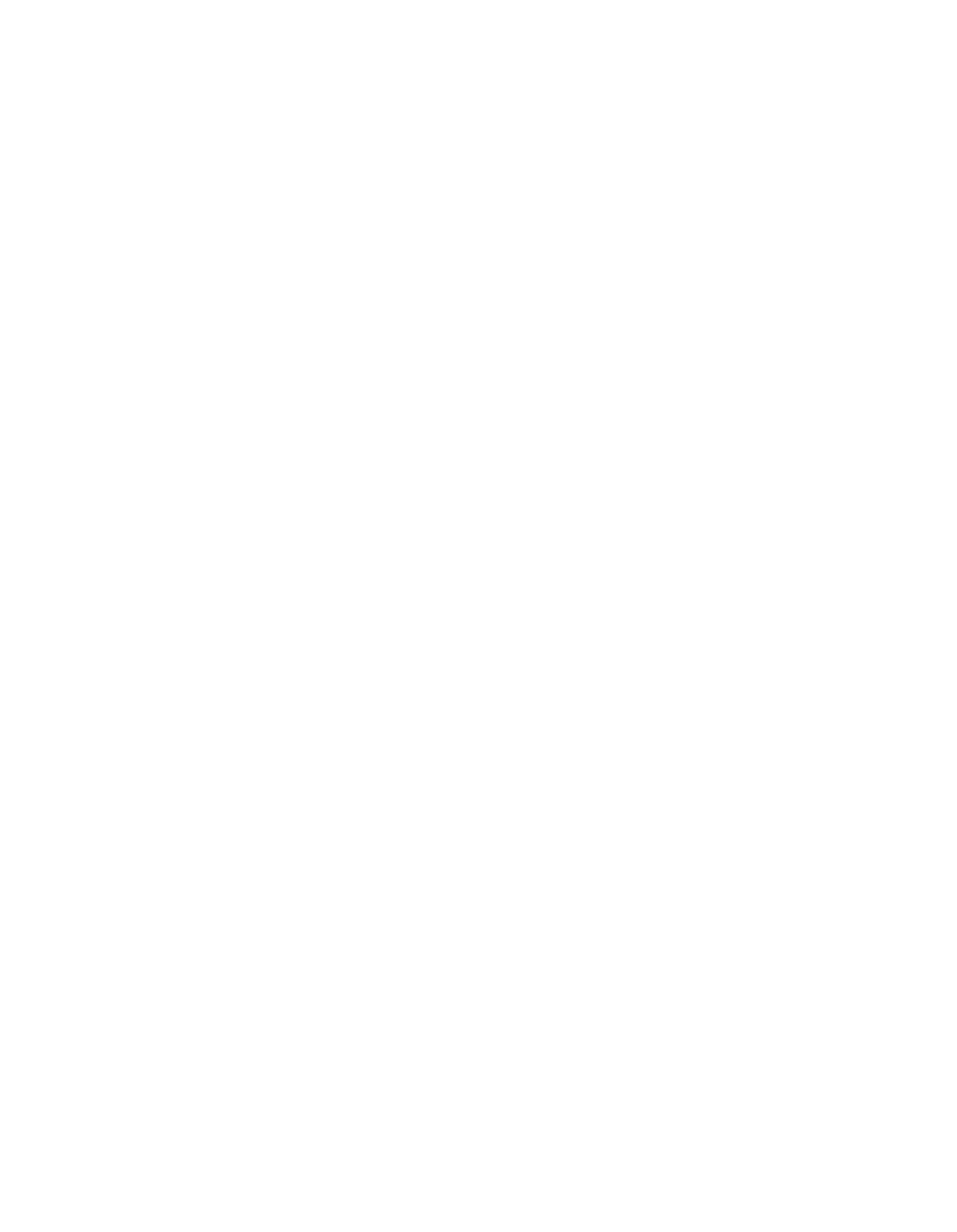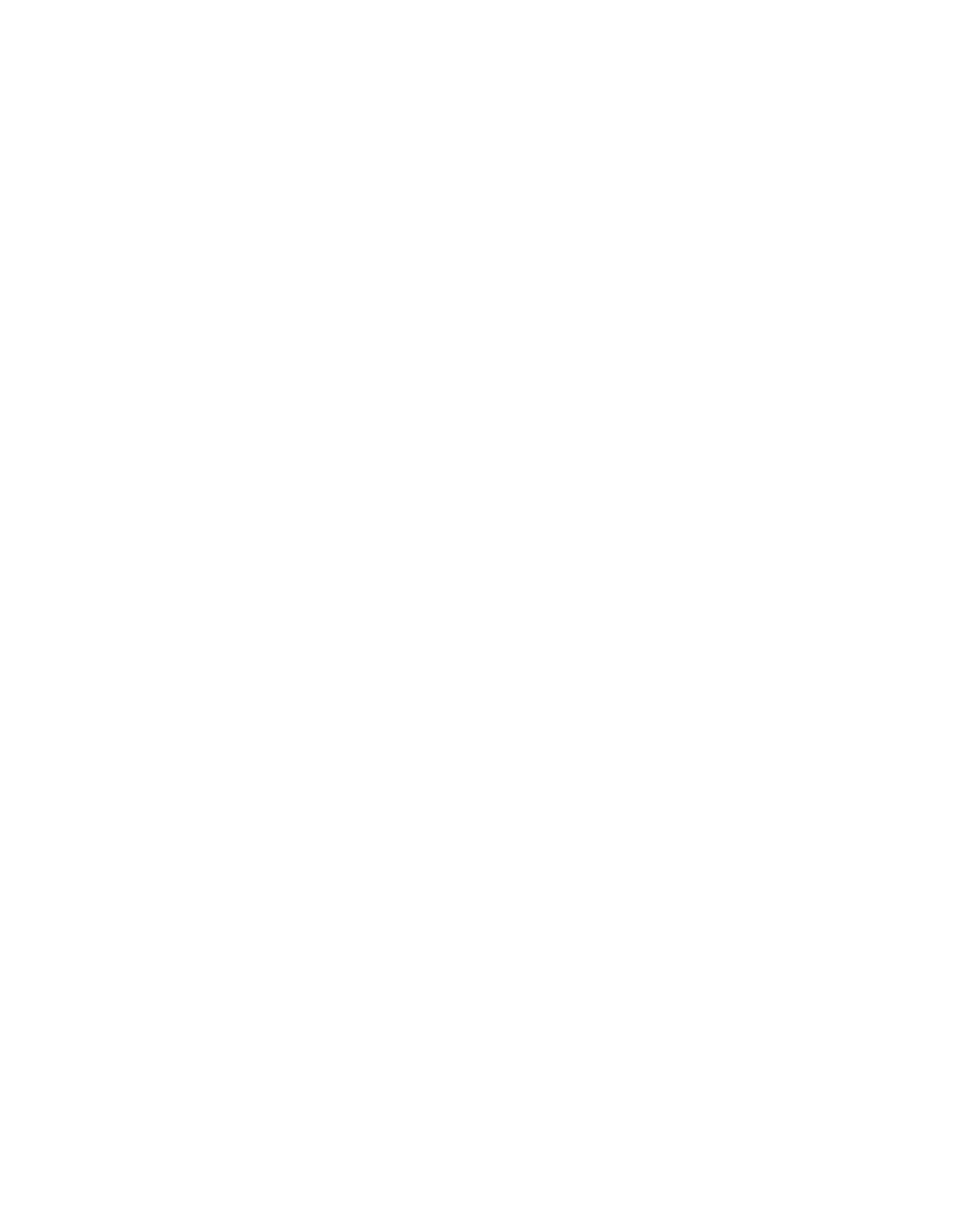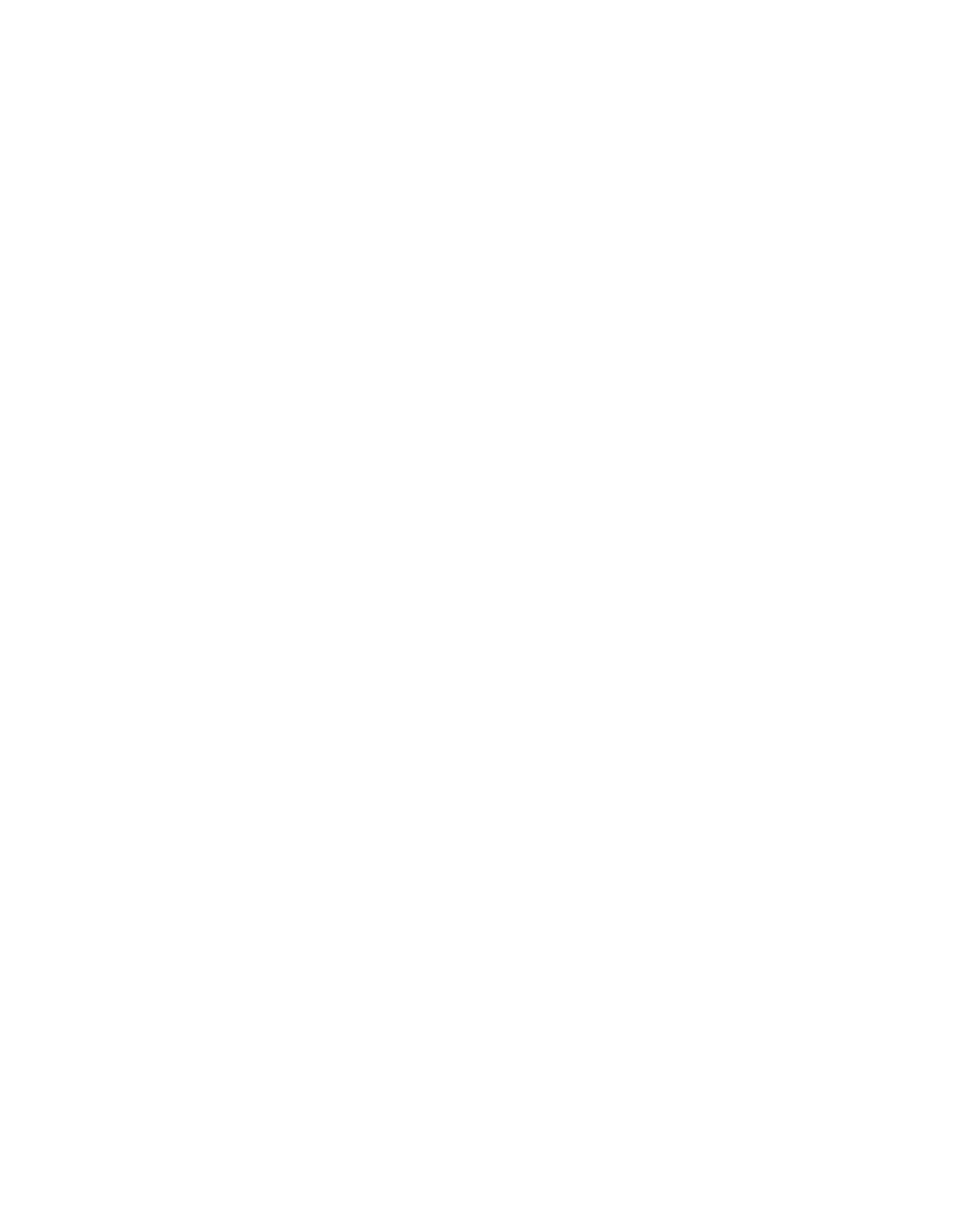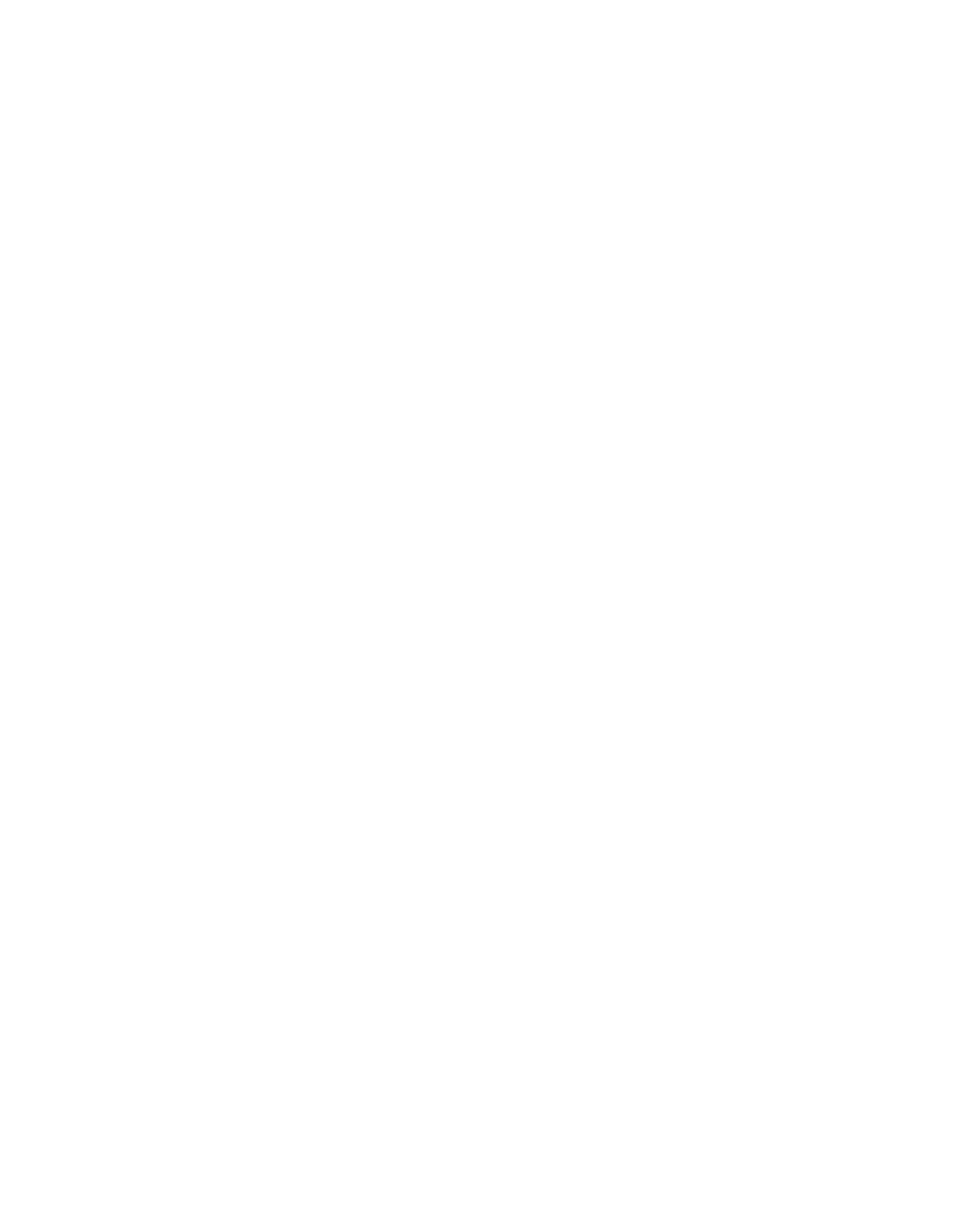ILLINOIS POLLUTION CONTROL BOARD
January
6,
1994
IN
THE
MATTER
OF:
)
REASONABLY AVAILABLE CONTROL
)
TECHNOLOGY
FOR
MAJOR
SOURCES
)
EMITTING
VOLATILE ORGANIC
)
R93-14
MATERIALS IN THE CHICAGO
)
(Rulemaking)
OZONE NONATTAINMENT AREA:
25 TONS
)
(AMENDMENTS TO 35 ILL.ADM.CODE
PARTS
211
AND
218)
)
Adopted Rule.
Final Order.
OPINION
AND
ORDER
OF THE
BOARD
(by J. Theodore Meyer):
On July 12,
1993,
the Illinois Environmental Protection
Agency (Agency) filed this proposal for rulemaking.
The proposal
represents one part of Illinois’ submittal of a complete state
implementation plan (SIP).
Pursuant to Section 182(a) of the
federal Clean Air Act
(CAA),
as amended in 1990,
Illinois was to
adopt and submit its plan by November 15,
1992.
This proposal
would expand the existing requirement that major sources of
volatile organic material
(VOM)
utilize reasonably available
control technology
(RACT) to all sources in the Chicago ozone
nonattainment area which emit or have a potential to emit 25 tons
per year VOM.
The proposal seeks to amend 35 Ill.
Adin.
Code 211
and 218.
The proposed rules will apply to stationary sources
located in Cook, DuPage, Kane,
Lake,
and Will Counties, Oswego
Township in Kendall County, and AUX Sable and Goose Lake
Townships in Grundy County.
The Board’s responsibility in this matter arises from the
Environmental Protection Act
(Act).
(415 ILCS 5/1 et see.
(1992).)
The Board is charged by the Act to “determine,
define
and implement the environmental control standards applicable in
the state of Illinois.”
(415 ILCS 5/5(b)
(1992).)
More
generally, the Board’s rulemaking charge
is based on the system
of checks and balances integral to Illinois environmental
governance:
the Board bears responsibility for the rulemaking
and principal adjudicatory functions, while the Agency is
responsible for carrying out the principal administrative duties.
The Agency’s duties include administering the regulations that
are proposed for amendment in this rulemaking.
This proposal was filed pursuant to Section 28.5 of the Act.
(415 ILCS 5/28.5
(1992).)
That section requires the Board to
proceed with
CAA
rulemaking under set time—frames, and is known
as “fast—track” rulemaking.
The Board has no discretion to
adjust these time frames under any circumstances.
Today the
Board takes final action on this proposal, and adopts the
amendments.
2
PROCEDURAL HISTORY
On July 22,
1993, the Board sent the proposal to first
notice under the APA, without commenting on the merits of the
proposal.
The proposal was published in the Illinois RecUster on
August 6,
1993,
at 17 Ill.Reg.
12491.
Hearings were held on
August 31,
1993 and September 21,
1993, in Chicago,
Illinois.
Members of the public attended those hearings, as well as
representatives of the Illinois Environmental Regulatory Group,
Horween Leather Company, CCL Custom Manufacturing, Applied
Composites,
Inc.,
Nalco Chemical Company, R.D. Werner Company,
Inc.,
E.
3.
Brach Company, Ashland Chemical Company, Amoco
Corporation, and Amoco Chemical Company.
Pursuant to Section
28.5,
the comment period closed on October
8, 1993.
On November 18,
1993, the Board sent the proposal to second
notice under the Illinois Administrative Procedure Act
(APA).
(5
ILCS 100/1005-40
(1992).)
In that November 18 opinion and order,
the Board discussed the public comments received during the
course of the rulemaking, and resolved the issues raised in those
comments.
We will not reiterate that discussion;
thus, readers
are referred to that November 18,
1993 opinion and order for
discussion and resolution of specific issues.
The Joint Committee on Administrative Rules
(3CAR)
considered this rulemaking at its December 14,
1993 meeting, and
issued a statement of no objection.
The Board received that
statement of no objection on December 23,
1993.
JCAR made no
substantive suggestions on this rulemaking.
However,
in
consultation with JCAR staff,
the Board has made a number of non-
substantive
(mostly grammatical) corrections to the rules.
With
the exception of those non—substantive changes, the rules we
adopt today are identical to those proposed for second notice.
THE AMENDMENTS
Section 182(b) (2) of the
CAA
requires Illinois to modify its
SIP for the Chicago ozone nonattainment area to require RACT for
major sources of VON.
For a nonattainment area classified as
“severe”, as is the Chicago area,
the term “major source” is
defined to include any stationary source which emits or has the
potential to emit (PTE) at least 25 tons of VOM per year.
(42
U.S.C.
§ 7511a(d).)1
“PTE” is defined as the maximum capacity of
a stationary source to emit air pollution under its physical and
operational design, taking into account any control equipment
any limitations that are federally enforceable.
(40 CFR Part 70,
415 ILCS 5/39.5(1)
(1992).)
“Maximum theoretical emissions”,
or
1
The definition of “major source”
in Section 182(d)
of
the
CAA
also includes sources included in Section 302 of the CAA.
3
“MTE”,
is defined as the maximum capacity of a stationary source
to emit air pollution presuming that the source operates 365 days
a year,
24 hours a day, without the use of any control equipment.
(35 Ill. Adm. Code 211.3690.)
In sum, PTE is figured by
considering control equipment and federally enforceable
limitations, while
MTE
is calculated as if the source operated
constantly without any control equipment.
Existing rules
(35 Ill. Adm. Code Part 218) require all
Chicago—area sources whose emissions of VON are at least 100 tons
MTE
to implement RACT.
The
CAA
requires that all sources in
severe nonattainment areas whose emissions are at least 25 tons
PTE be regulated as major sources.
However, the Agency states
that Section 193 of the
CAA
prohibits Illinois from simply
lowering the applicability threshold from 100 tons
MTE
to 25 tons
PTE.
That section prohibits any regulation in effect, or
required to be in effect, by November 15,
1990 from being
modified unless the modification insures equivalent or greater
emission reductions
(42 U.S.C.
S75l5.)
The Agency contends that
the mere changing of the applicability threshold could constitute
“backsliding”, since it could be a relaxation from the 100—ton
NTE
rules already in effect.
Theoretically,
a 100—ton
MTE
source
may not be a 25-ton PTE source.
Thus, these amendments add a 25—
ton PTE applicability threshold, while preserving the 100-ton
MTE
threshold rules.
(Agency Statement of Reasons at 5.)
The RACT revisions required in Section 182(b) (2)
of the
CAA
are directed at three categories:
1)
each category of source
covered by a control technique guideline
(CTG)
issued by the
United States Environmental Protection Agency
(USEPA) between
November 15,
1990
(the effective date of the 1990 amendments to
the CAA) and the date of attainment;
2)
all sources covered by
any CTG issued before November 15,
1990; and 3) all other major
stationary sources of VON.
(42 U.S.C.
S7Slla(b)(2).)
The Agency
has stated that Illinois does not need to address the first
category of sources (pending CTG sources)
at this time.
(Agency
Statement of Reasons at 6; Tr. at 40—41.)
Appendix E of the
General Preamble for the Implementation of Title I of the Clean
Air Act Amendments of 1990
(57 Fed. Reg.
13498, April 16,
1992),
issued by USEPA, specifically excuses states from implementing
RACT for sources in these pending CTG categories until those CTGs
are issued,
or until USEPA fails to meet its deadline for
promulgation.2
Therefore, pending CTG categories are not covered
by this rulemaking.
As to the second category of sources (CTG sources), there
are two categories in the Chicago ozone nonattainment area that
2
The
General Preamble is included in the record of this
rulemaking as Exh.
2.
4
are affected by these amendments:
flexographic and rotogravure
printing, and petroleum solvent dry cleaners.
The proposal
requires RACT for sources in these categories whose VON emissions
are between 25-tons PTE and 100-tons MTE.
The Agency has
identified 15 printers and 5 dry cleaners who are potentially
affected by this proposal.
(Tr. at 28, 41—43.)
Two
technical
support documents submitted by the Agency specifically discuss
the effect of the proposal on these two categories.
(Exh.
12
&
13.)
Illinois’ existing
PACT
rules in Part 218 already control
the other CTG categories to the 25-ton level, as required by the
CAA.
(Tr. at 42.)
The category of sources most impacted by these amendments is
the third category delineated by Section 182(b)(2)-—VOM emissions
of all other major sources not included in either existing or
pending CTG categories.
This category is known as non-CTG
sources.
A number of non—CTG sources are already covered by RACT
provisions in the Board’s rules.
Those existing rules, often
called the “generic rules”, regulate certain categories of non—
CTG sources whose VON emissions are at least 100 tons MTE.
(Tr.
at 44; ~
35
Ill. Adm. Code 218.Subparts AA,
PP,
QQ,
PR, and
TT.)
This rulemaking affects non—CTG sources in these categories
whose annual emissions are between 25 tons PTE and 100 tons MTE.
The Agency, working with a contractor,
identified 88 non-CTG
sources in the Chicago ozone non—attainment area who have
emissions greater than 25 tons PTE but less than 100 tons NTE.
Of those sources,
45 had actual emissions of greater than 10
tons.
PACT was determined on the basis of those 45 sources.
(Tr. at 47—51; Exh.
11.)
In general, the Agency concluded that PACT for a 25-ton PTE
source is 81
percent control at each emission unit,
or,
if the
emission unit is a coating line, that the daily-weighted average
VOM shall not exceed 3.5 pounds of VON per gallon of coating.
(Tr. at 51-52; Agency Statement of Reasons at 11.)
However, the
Agency found that these requirements are not appropriate for
several specific categories of sources.
Thus,
the Agency
proposed specific PACT requirements for polyester resin products
manufacturing processes,
aerosol can filling,
leather coaters,
glass manufacturers, and miscellaneous leaks.
(Tr.
at 52—59;
Agency Statement of Reasons at 12—17; Exh.
14—16, 21-23.)~ The
Agency contends that these requirements are technically feasible
and economically reasonable.
(Agency Statement of Reasons at 17—
19;
Exh.
11—16.)
Section 182(b) (2)
of the
CAA
requires that state rules must
provide for the implementation of PACT as expeditiously as
For a specific section-by—section discussion of the
amendments,
see the Agency Statement of Reasons at 22—38.
5
practicable, but no later
than
May
31,
1995.
(42
U.S.C.
S7511a(b) (2).)
The amendments require compliance with the rules
no later than March 15,
1995.
(Tr. at 59—60; see 35 Ill.
Adm.
Code 218.106(c).)
CONCLUSION
The Board finds that these amendments are technically
feasible and economically reasonable,
and that the rules are
necessary to meet the requirements of the Clean Air Act.
Therefore,
we adopt the amendments.
ORDER
The Board hereby adopts the following amendments to 35 Iii.
Adm. Code Parts 211 and 218.
The amendments are to be filed with
the Secretary of State.
TITLE
35:
ENVIRONMENTAL PROTECTION
SUBTITLE
B:
AIR POLLUTION
CHAPTER I:
POLLUTION CONTROL BOARD
SUBCHAPTER
c:
EMISSIONS STANDARDS AND LIMITATIONS
FOR STATIONARY SOURCES
PART 211
DEFINITIONS AND GENERAL PROVISIONS
SUBPART A:
GENERAL PROVISIONS
Section
211.
101
211.102
Incorporations by Reference
Abbreviations and Units
SUBPART B:
DEFINITIONS
Section
211.121
211.122
211.130
211.
150
211.170
2 11. 210
211.230
211.250
211 .270
211.290
211.
310
211.330
211.350
211.
370
211. 390
211.410
Other Definitions
Definitions
(Repealed)
Acce lacota
Accumulator
Acid
Gases
Actual
Heat
Input
Adhesive
Aeration
Aerosol Can Filling Line
Afterburner
Air Contaminant
Air Dried Coatings
Air Oxidation Process
Air Pollutant
Air Pollution
Air Pollution Control Equipment
211. 430
211. 450
211.470
211.490
211.510
211.530
211. 550
211.570
211.590
211. 610
211.630
211.650
211.670
211.690
211.710
211.730
211.750
2 11. 770
211.790
211. 810
211. 830
211. 850
2 11. 870
211. 890
2 11. 910
2 11. 930
211.950
211.970
211.990
211.1010
211.1050
211.1070
211.
1090
211.1110
211.1130
211.1150
211.
1170
211.
1190
211.
1210
211.1230
211.1250
211. 1270
211.1290
211.1310
211.
1330
211. 1350
211.1370
211.1390
211.1410
211.1430
211.1470
211. 1490
211.1510
Air
Suspension
Coater/Dryer
Airless Spray
Air Assisted Airless Spray
Annual Grain Through-Put
Application Area
Architectural
Coating
As Applied
Asphalt
Asphalt Prime Coat
Automobile
Automobile or Light-Duty Truck Assembly Source or
Automobile or Light-Duty Truck Manufacturing Plant
Automobile or Light-Duty Truck Refinishing
Baked Coatings
Batch Loading
Bead-Dipping
Binders
British Thermal Unit
Brush or Wipe Coating
Bulk Gasoline Plant
Bulk Gasoline Terminal
Can
Can Coating
Can Coating Line
Capture
Capture Device
Capture
Efficiency
Capture System
Certified Investigation
Choke Loading
Clean
Air
Act
Cleaning
and
Separating
Operation
Cleaninc~Materials
Clear Coating
Clear Topcoat
Closed Purge System
Closed Vent System
Coal Refuse
Coating
Coat ing
Applicator
Coating
Line
Coating
Plant
Coil Coating
Coil
Coating
Line
Cold
Cleaning
Complete Combustion
Component
Concrete
Curing
Compounds
Concentrated
Nitric
Acid
Manufacturing
Process
Condensate
Condensible PM-b
Continuous
Process
Control Device
Control Device Efficiency
7
211.1530
211.1550
211.
1570
211.
1590
211.1610
211.1630
211.1650
211.1670
211.1690
211.1710
211.1730
211.1750
211.1770
211.1790
211.1810
211.1830
211.1850
211.1870
211.1890
211.1910
211. 1930
211.1950
211.1970
211.1990
211.2010
211.2030
211.2050
211.2070
211.2090
211.2110
211.2130
211.2150
211.2170
211.2190
211.2210
211.2230
211.2250
211.2270
211.2310
211.2330
211.2350
211.2370
211.2390
211.2410
211.2430
211.2450
211.2470
211.2490
211.2510
211.2530
211.2550
Conventional Soybean Crushing Source
Conveyorized Degreasing
Crude Oil
Crude
Oil
Gathering
Crushing
Custody
Transfer
Cutback Asphalt
Daily-Weighted Average VON Content
Day
Degreaser
Delivery Vessel
Dip Coating
Distillate Fuel Oil
Drum
Dry Cleaning Operation or. Dry Cleaning Facility
Dump-Pit Area
Effective Grate Area
Effluent Water Separator
Electrostatic Bell or Disc Spray
Electrostatic Spray
Emission Rate
Emission Unit
Enamel
Enclose
End Sealing Compound Coat
Enhanced Under-the-Cup Fill
Ethanol Blend Gasoline
Excess Air
Excessive Release
Existing Grain-Drying Operation
Existing Grain—Handling Operation
Exterior
Base
Coat
Exterior
End
Coat
External
Floating
Roof
Extreme
Performance
Coating
Fabric
Coating
Fabric Coating Line
Federally Enforceable Limitations and Conditions
Final
Repair
Coat
Firebox
Fixed-Roof
Tank
Flexographic Printing
Flexographic Printing Line
Floating Roof
Fountain Solution
Freeboard
Height
Fuel Combustion Emission Unit or Fuel Combustion
Emission Source
Fugitive Particulate Matter
Full
Operating
Flowrate
Gas Service
Gas/Gas
Method
B
211.2570
211.2590
211.2610
211.2650
211.2670
211.2690
211.2710
211.2730
211.2750
211.2770
211.2790
211.2810
211.2830
211.2850
211.2870
211.2890
211.2910
211.2930
211.2950
211.2970
211.2990
211.
3010
211.3030
211.3050
211.3070
211.3090
211.. 3110
211.3130
211.3150
211.3170
211.3190
211.3210
211.3230
211.3250
211.3270
211.3290
211.
3310
211.3330
211.3350
211.3370
211.3390
211.3410
211.3430
211.3450
211.3470
211.3490
211.3510
211.3530
211.3550
211.3570
211.3590
Gasoline
Gasoline Dispensing Operation or Gasoline Dispensing
Facility
Gel Coat
Grain
Grain-Drying Operation
Grain-Handling and Conditioning Operation
Grain-Handling Operation
Green-Tire Spraying
Green Tires
Gross Heating Value
Gross Vehicle Weight Rating
Heated
Airless
Spray
Heatset
Heatset-Web—Offset
Lithographic
Printing
Line
Heavy
Liquid
Heavy
Metals
Heavy Off-Highway Vehicle Products
Heavy
Off-Highway Vehicle Products Coating
Heavy
Off-Highway
Vehicle
Products
Coating
Line
High Temperature Aluminum Coating
High
Volume
Low
Pressure
(HVLP)
Spray
Hood
Hot Well
Housekeeping
Practices
Incinerator
Indirect
Heat
Transfer
Ink
In-Process
Tank
In—Situ Sampling Systems
Interior Body
Spray
Coat
Internal-Floating Roof
Internal Transferring
Area
Lacquers
Large Appliance
Large Appliance Coating
Large Appliance Coating Line
Light Liquid
Light-Duty Truck
Light Oil
Liquid/Gas Method
Liquid-Mounted Seal
Liquid Service
Liquids Dripping
Lithographic
rinting Line
Load-Out Area
Low Solvent Coating
Magnet
Wire
Magnet Wire Coating
Magnet Wire Coating Line
Major Dump Pit
Major Metropolitan Area
(MMA)
9
211.3610
211.3630
211.3650
211.3670
211.3690
211.3710
211.3730
211.3750
211.3770
211.3790
211.3810
211.3830
211.3850
211.3870
211.3890
211.3910
211.3930
211.3950
211.3970
211.3990
211.4010
211.4030
211.4050
211.4070
211.4090
211.4110
211.4130
211.4150
211.4170
211.4190
211.4210
211.4230
211.4250
211.4270
211.4290
211.4310
211.4330
211.4350
211.4370
211.4390
211.4410
211.4430
211.4450
211.4470
211.4490
211.4510
211.4530
211.4550
211.4590
211.4610
Major Population Area
(MPA)
Manufacturing Process
Marine Terminal
Material
Recovery
Section
Maximum Theoretical Emissions
Metal Furniture
Metal
Furniture
Coating
Metal
Furniture
Coating
Line
Metallic
Shoe—Type
Seal
Miscellaneous Fabricated Product Manufacturing Process
Miscellaneous Formulation Manufacturing Process
Miscellaneous Metal Parts and Products
Miscellaneous Metal Parts and Products Coating
Miscellaneous Metal Parts or Products Coating Line
Miscellaneous Organic Chemical Manufacturing Process
Mixing Operation
Monitor
Monomer
Multiple Package Coating
New
Grain-Drying
Operation
New
Grain-Handling
Operation
No Detectable Volatile Organic Material Emissions
Non-eçontact
Process
Water
Cooling
Tower
Offset
One Hundred Percent Acid
One—Turn Storage Space
Opacity
Opaque Stains
Open Top Vapor Degreasing
Open-Ended Valve
Operator of
a Gasoline Dispensing Operation or
Operator of a Gasoline Dispensing Facility
Organic Compound
Organic
Material
and
Organic
Materials
Organic Vapor
Oven
Overall Control
Overvarnish
Owner of a Gasoline Dispensing Operation or Owner of a
Gasoline Dispensing Facility
Owner or Operator
Packaging
Rotogravure
Printing
Packaging
Rotogravure
Printing
Line
Pail
Paint Manufacturing Source or Paint Manufacturing Plant
Paper Coating
Paper Coating Line
Particulate Matter
Parts Per Million
(Volume) or PPM
(Vol)
Person
Petroleum
Petroleum Liquid
10
211.4630
211.4650
211.4670
211.4690
211.4710
211.4730
211.4750
211.4770
211.4790
211.4810
211.4830
211.4850
211.4870
211.4890
211.4910
211.4930
211.4950
211.4970
211.4990
211.5030
211.5050
211.5070
211.5090
211. 5110
211.5130
211.5150
211.5170
211.5185
211.5190
211.5210
211.5230
211.5250
211.5270
211.5310
211.5330
211.5350
211.5370
211.5390
211.5410
211.5430
211.5450
211.5470
211.5490
211.5510
211.5530
211.5550
211.5570
211.5590
211.5610
211.5630
Petroleum
Refinery
Pharmaceutical
Pharmaceutical Coating Operation
Photochemically Reactive Material
Pigmented Coatings
Plant
Plasticizers
PM-b
Pneumatic Rubber Tire Manufacture
Polybasic Organic Acid Partial Oxidation Manufacturing
Process
Polyester Resin Material(s)
Polyester Resin Products Manufacturing Process
Polystyrene Plant
Polystyrene Resin
Portable Grain-Handling Equipment
Portland Cement Manufacturing Process Emission Source
Portland Cement Process or Portland Cement
Manufacturing Plant
Potential to Emit
Power Driven Fastener Coating
Pressure Release
Pressure Tank
Prime Coat
Primer
Surfacer
Coat
Primer
Surfacer
Operation
Primers
Printing
Printing Line
Process
Emission
Source
Process Emission Unit
Process Unit
Process Unit Shutdown
Process Weight Rate
Production Equipment Exhaust System
Publication Rotogravure Printing Line
Purged Process Fluid
Reactor
Reasonably Available Control Technology
(PACT)
Reclamation System
Refiner
Refinery Fuel Gas
Refinery Fuel Gas System
Refinery Unit or Refinery Process Unit
efrigerated Condenser
Reid Vapor Pressure
Repair
Repair
Coat
Repaired
Residual Fuel Oil
Restricted Area
Retail Outlet
lb
211.5650
211.5670
211.5690
211.5710
211.5730
211.5750
211.5770
211.5790
211.5810
211.5830
211.5850
211.5870
211.5890
211.5910
211.5930
211.5950
211.5970
211.5990
211.6010
211.6030
211.6050
211.6070
211.6090
211.6110
211.6130
211.6b50
211.6170
211.6190
211.6210
211.6230
211.6250
211.6270
211.6290
211.6310
211.6330
211.6350
211.6370
211.6390
211.6410
211.6430
211.6450
211.6470
211.6490
211.6510
211.6530
211.6550
211.6570
211.6590
211.6610
211.6630
211.6650
Ringelmann
Chart
Roadway
Roll
Coater
Roll Coating
Roll Printer
Roll Printing
Rotogravure Printing
Rotogravure Printing Line
Safety
Relief
Valve
Sandblasting
Sanding Sealers
Screening
Sealer
Semi-Transparent Stains
Sensor
Set of Safety Relief Valves
Sheet Basecoat
Shotbiasting
Side—Seam
Spray
Coat
Smoke
Smokeless
Flare
Solvent
Solvent
Cleaning
Solvent Recovery System
Source
Specialty High Gloss Catalyzed Coating
Specialty Leather
Specialty Soybean Crushing Source
Splash Loading
Stack
Stain Coating
Standard Conditions
Standard Cubic Foot
(scf)
Start-Up
Stationary Emission Source
Stationary Emission Unit
Stationary Source
Stationary Storage Tank
Storage Tank or Storage Vessel
Styrene Devolatilizer Unit
Styrene Recovery Unit
Submerged Loading Pipe
Substrate
Sulfuric Acid Mist
Surface Condenser
Synthetic Organic Chemical or Polymer Manufacturing
Plant
Tablet Coating Operation
Thirty-Day Rolling Average
Three—Piece Can
Through-the-Valve Fill
Tooling Resin
12
211.6670
211.6690
211.6710
211.6730
211.6750
211.6770
211. 6790
211.6810
211.6830
211.6850
211.6870
211.6890
211.6910
211.6930
211.6950
211.6970
211.6990
211.7010
211.7030
211.7050
211.7070
211.7090
211.7110
211.7130
211.7150
211.7170
211.7190
211.7210
211.
7230
211.7250
211.7270
211.7290
211.7310
211.7330
211.7350
Topcoat
Topcoat Operation
Touch-Up
Transfer Efficiency
Tread
End
Cementing
True Vapor Pressure
Turnaround
Two-Piece Can
Under-the-Cup
Fill
Undertread Cementing
Unregulated Safety Relief Valve
Vacuum Producing System
Vacuum Service
Valves Not Externally Regulated
Vapor
Balance
System
Vapor
Collection
System
Vapor
Control
System
Vapor-Mounted Primary Seal
Vapor
Recovery
System
Vapor—Suppressed Polyester Resin
Vinyl Coating
Vinyl Coating Line
Volatile Organic Liquid
(VOL)
Volatile Organic Material Content
(VOMC)
Volatile Organic Material
(VON)
or Volatile Organic
Compound
(VOC)
Volatile Petroleum Liquid
Wash Coat
Wastewater (Oil/Water)
Separator
Weak Nitric Acid Manufacturing Process
Web
Wholesale Purchase
—
Consumer
Wood Furniture
Wood Furniture Coating
Wood Furniture Coating Line
Woodworking
211.Appendix A
Rule into Section Table
211.Appendix B
Section into Rule Table
AUTHORITY:
Implementing Sections 9,
9.1 and 10 and authorized by
Sections 27 and 28.5 of the Environmental Protection Act
(Ill.
Rev. Stat.
1991,
ch.
111½, pars.
1009,
1009.1,
1010 and 1027),
(P.A.
87—1213, effective September 26,
1992)
L415 ILCS 5/9,
9.1,
10,
27 and 28.5.
SOURCE:
Adopted as Chapter 2:
Air Pollution, Rule 201:
Definitions, R71-23,
4 PCB 191,
filed and effective April 14,
1972; amended in R74—2 and R75—5,
32 PCB 295, at 3 Ill.
Reg.
5,
p.
777,
effective February 3,
1979;
amended in R78—3 and 4,
35
PCB 75 and 243, at
3 Ill. Reg.
30,
p.
124, effective July 28,
1979; amended in R80—5, at
7
Ill. Reg.
1244,
effective January
13
21,
1983;
codified
at
7
Ill.
Reg.
13590;
amended
in
R82—b
(Docket
A)
at
10
Ill.
Reg.
12624,
effective
July
7,
1986; amended in
R85—21(A) at 11
Ill. Reg.
11747,
effective June 29,
1987; amended
in
R86—34
at
11
Ill.
Reg.
12267,
effective
July
10,
1987;
amended
in
R86—39
at
11
Ill.
Reg.
20804,
effective
December
14,
1987;
amended in R82—b4 and R86—37 at 12 Ill. Reg.
787, effective
December
24,
1987;
amended
in
R86—18
at
12
Ill.
Reg.
7284,
effective
April
8,
1988;
amended
in
R86—10
at
12
Ill.
Reg.
7621,
effective April
11, 1988; amended in R88-23 at 13 Ill. Reg.
10862, effective June 27,
1989; amended in R89—8 at 13
Ill.
Reg.
17457, effective January 1,
1990; amended in R89—16(A) at 14
Ill.
Reg.
9141,
effective
May
23,
1990;
amended
in
R88—30(B)
at
15
Ill.
Reg.
5223,
effective
March
28,
1991;
amended
in
R88-14
at
15
Ill.
Reg.
7901,
effective
May
14,
1991;
amended
in
R91—10
at
15
Ill. Reg.
15564, effective October
L1,
1991; amended in R91—6 at
15 Ill.
Reg.
15673, effective October 14,
1991; amended in R91—22
at
16
Ill.
Reg.
7656,
effective
May
1,
1992;
amended
in
R91—24
at
16
Ill.
Reg.
13526,
effective
August
24,
1992;
amended
in
R93—9
at 17 Ill. Reg.
16504,
effective
September
27,
1993;
amended
in
R93—11 at 17
Ill. Reg.
21417,
effective December 7,
1993; amended
in R93—14 at 18
Ill. Reg.
________,
effective
_________________
SUBPART B:
DEFINITIONS
Section 211.270
Aerosol Can Filling Line
“Aerosol can filling line” means an operation where a series of
process stePs are used to fill and seal aerosol cans.
(Source: Added at
______
Ill. Reg.
,
effective
__________)
Section 211.1070
Cleaning Materials
“Cleaning materials” mean any materials used for cleaning an
emission unit;
cleaning tools.
eauipment or other items used with
the emission unit; cleaning the walls or area in which the
emission unit is located;
or cleaning personnel: or materials
used for other cleaning activity associated with an emission
unit.
(Source: Added at
______
Ill.
Reg.
,
effective
__________)
Section 211.2030
Enhanced Under—the—Cue Fill
“Enhanced under-the-cup fill” means an improved under—the—cup
techniaue, such as use of Kartridg Pak Low Pressure Sequencing
Springs in conlunction with process temperature gradient control,
which forces most ProPellant which would otherwise remain in the
headspace of the fill machine fitting into the aerosol can by
using either a compressed non-VOM gas such as nitrogen or
vaporization of the ~roPe1lant itself.
Enhanced under-the-cup
14
fill may require adjustment of the fill machine to reduce the
hold-down pressure on the cup during the period in the filling
cycle when remaining propellant in the fitting is forced into the
can.
(Source: Added at
______
Ill.
Reg.
,
effective
__________)
Section 211.2610
Gel Coat
“Gel coat” means a resin coating, either~pigmentedor clear,
aoplied to the surface of
a mold.that beccines an integral part of
p polyester resin product, and that provides a cosmetic
enhancement and improves resistance to degradation from exposure
to the elements.
(Source: Added at
_____
Ill. Reg.
______,
effective
_________
Section 21b.3950
Monomer
“Monomer” means
a relatively low—molecular—weight organic
compound that may combine with itself or other similar compounds
by a cross—linking reaction to become a polymer.
(Source: Added at
______
Ill.
Reg.
,
effective
__________)
Section 211.4050
Non—eçontact Process Water Cooling Tower
“Non—contact process water cooling tower” means a towerlike
device
in
which water is cooled by contact with atmospheric air
and
evaporation,
where
such
water
has
been
or
will
be
used
for
cooling
of
a
process stream where VON is present without
intentional direct contact of the cooling water and process
stream.
(Source:
Added
at
—
Ill.
Reg.
,
effective
___________)
Section 211 4830
Polyester Resin Materiali~s)
“Polyester resin material(s)” mean gel coat and unsaturated
polyester resin.,
such as isophthalic. orthophthalic, halogenated,
bisphenol A, vinyl ester,
or furan resins; cross—linking agents~
catalysts;inhibitors; accelerators; promoters;
and any other
material containing VON used in polyester resin operations.
including the following polyester resin materials:
~j
Corrosion resistant and fire retardant polyester resin
materials used to make products for corrosive and fire
retardant applications
~j
High-strength polyester resin materials with a tensile
strength of 10,000 psi or more
15
~j
Gel
coat.
(Source:
Added
at
______
Ill.
Reg.
,
effective
__________)
Section 211.4850
Polyester Resin Products Manufacturing
Process
“Polyester resin products manufacturing process” means a
manufacturing
process
that fabricates or reworks products for
commercial,
military
or
industrial
use
by
mixing,
pouring.
hand
layin~—u~.impregnating. injecting. pultruding. forming, winding,
spravin~,and/or curing bY
using
unsaturated
~olvester
resin
materials with fiberglass.
fillers, or any other reinforcement
materials.
(Source:
Added
at
____
Ill.
Reg.
_____,
effective
_________)
Section
211.4970
Potential
to
Emit
“Potential to emit
(PTE)” means the maximum ca~acitvof a
stationary source to emit any air pollutant under its physical
and operational design.
Any physical or operational limitation
on the capacity of a source to emit an air pollutant,
including
air pollution control eauipment and restriction on hours of
operation or on the tv~eor amount of material coinbusted.
stored.
or processed,
shall be treated as part of its design
if the
limitation
is federally enforceable.
(Source: Added at
______
Ill.
Reg.
,
effective
_________)
Section 211.5390
Reclamation System
“Reclamation system” means eczuipment which reclaims spent
solvents, surplus propellants. waste materials and other
materials generated by an emission unit to produce solvent,
propellant
or
other
materials
which
may
be
reused
in
the
emission
unit.
(Source: Added at
______
Ill.
Reg.
,
effective
__________)
Section 211.5530
Repair
“Repair” means, with respect to polyester resin product
manufacturing processes,
a portion of
the
fabrication
process
that reauires the addition of polyester resin materials to
portions of a previously fabricated product in order to mend
damage immediately following normal fabrication operations.
(Source: Added at
______
Ill.
Reg.
______,
effective
_________)
Section 211.6110
Solvent Recovery System
16
“Solvent recovery system” means eguipment which processes spent
solvents,
surplus propellants and other VON containing waste
materials
generated
by
an
emission
unit
to recover VON which can
be productively used,
either
in the original unit or for another
purpose, reducing the amount of such material which must be
disposed of as waste.
(Source: Added at
111. Reg.
______,
effective
_________)
Section 211.6170
Specialty Leather
“S~ecialtvleather” means leather in one of the following
categories:
~j
“Specialty shoe leather,” such as “CHROMEXCEL”®
leather, that is:
IL
A select grade of chrome tanned, bark retanned
leather
21
Retanned to over 25
by weight grease, wax and
oils by direct contact with such materials in
liciuefied form at elevated temperature without the
presence of water
fl
Finished with coating materials which adhere to
the leather surface to provide color and a rich
visual
luster while allowing a surface that feels
oily: and
4j.
Used primarily for manufacture of shoes.
~j
“Speciality football leather,” such as “TANNED IN
TACK”® leather that is:
IL
Top grade, chrome tanned, bark retanned, and fat
liquored leather
21
Finished with coating materials which impregnate
into the leather to produce a permanent non-slip
“tacky” exterior surface on the leather.
This
“tacky” characteristic continues to exist with
wear: and
fl
Used primarily for the manufacture of footballs.
(Source: Added at
______
Ill. Reg.
______,
effective
__________)
Section 211.6250
Stain Coating
“Stain coating” means a non-protective coating containing dye or
pigment which is applied to a substrate to impart color without
17
obscuring
the
grain
of
the substrate,
i.e..
the a~~earanceand
texture of the surface of the substrate due to its physical
structure.
or for a transparent substrate, without blocking the
passa~epf light throu~hthe substrate.
(Source: Added at
______
Ill. Reg.
,
effective
__________)
Section
211.6630
Through-the-Valve
Fill
“Through—the-valve fill” means, with resPect to filling of
aerosol cans with propellant.
a method of filling cans by
injecting
propellant
into
the
can through and around the outlet
tube_of_the can and aerosol valve. Through-the-valve fill is a
different method of fill than under—the-cup fill.
(Source: Added at
Ill.
Reg.
______,
effective
__________)
Section
211.6650
Tooling
Resin
-
“Tooling
resin”
means
resins
used
to
fabricate
molds
and
fixtures
used in manufacturing of fiberglass products.
(Source: Added at
______
Ill. Reg.
,
effective
__________)
Section
211.6710
Touch-Up
“Touch—up”
means.
with
respect
to
~olvester
resin
product
manufacturing
Processes,
a
portion
pf
the
fabrication
process
that is necessary to cover minor imperfections.
(Source: Added at
______
Ill. Reg.
,
effective
__________)
Section 211.6830
Under-the—Cup Fill
“Under—the-cup fill” means. with respect to filling of aerosol
cans_with ~ropelbant. a method of filling cans whereby the
~ro~ellant
is
introduced
through
the
lunction
between
the
annular
toP of
the
can
and
the
metal
cup
which
holds
the
outlet
tube
and
aerosol valve.
Under-the-cup fill is
a different method of fill
than throuah-the-valve fill.
(Source: Added at
______
Ill.
Reg.
,
effective
__________)
Section 211.7050
VaPor Suppressed Polyester Resin
“Vapor
suppressed
polyester
resin”
means
a
polyester
resin
material
which
contains
catalYsts
or
additives
designed
to
reduce
monomer
evaporation
loss
during
application
and
curing.
(Source:
Added
at
______
Ill.
Reg.
______,
effective
__________)
18
SUBTITLE
B:
AIR
POLLUTION
CHAPTER
I:
POLLUTION CONTROL BOARD
SUBCHAPTER
c:
EMISSIONS STANDARDS
AND
LIMITATIONS
FOR STATIONARY SOURCES
PART 218
ORGANIC MATERIAL EMISSION STANDARDS
AND
LIMITATIONS FOR THE
CHICAGO AREA
SUBPART A:
GENERAL PROVISIONS
Section
218.100
218.101
218
•
102
218.
103
218.104
218.105
218.106
218.107
218.108
218.109
218.110
218.111
218.112
218.113
Introduction
Savings
Clause
Abbreviations and Conversion Factors
Applicability
Definitions
Test Methods and Procedures
Compliance Dates
Operation of Afterburners
Exemptions, Variations, and Alternative Means of
Control or Compliance Determinations
Vapor Pressure of Volatile Organic Liquids
Vapor Pressure of Organic Material or Solvents
Vapor Pressure of Volatile Organic Material
Incorporations by Reference
Compliance with Permit Conditions
SUBPART
B:
ORGANIC EMISSIONS FROM STORAGE AND
LOADING
OPERATIONS
Section
218.121
218.
122
218.123
218.124
218.125
218.126
Storage Containers
Loading Operations
Petroleum Liquid Storage Tanks
External Floating Roofs
Compliance Dates
(Repealed)
Compliance Plan (Repealed)
SUBPART C:
ORGANIC EMISSIONS
FROM MISCELLANEOUS EQUIPMENT
Section
218.141
218.142
218
•
143
218.144
Section
218.181
218.182
218.183
Separation Operations
Pumps and Compressors
Vapor Bbowdown
Safety Relief Valves
SUBPART
E:
SOLVENT CLEANING
Solvent Cleaning in General
Cold Cleaning
Open Top Vapor Degreasing
19
SUBPART F:
COATING OPERATIONS
Section
218.204
218.205
218. 206
218. 207
218. 208
218.209
218.210
218.211
Section
218.301
218.302
218.303
218.304
Section
218.401
218.402
2 18.403
218.404
218.405
SUBPART
Section
218.42
1
218. 422
218 .423
218.424
218.425
218.426
218.427
218.428
218. 429
218.430
Emission Limitations
Daily-Weighted Average Limitations
Solids Basis Calculation
Alternative Emission Limitations
Exemptions from Emission Limitations
Exemption from General Rule on Use of Organic Material
Compliance Schedule
Recordkeeping and Reporting
SUBPART
G:
USE
OF
ORGANIC
MATERIAL
Use
of Organic Material
Alternative Standard
Fuel Combustion Emission Units
Operations with Compliance Program
SUBPART H:
PRINTING AND PUBLISHING
Flexographic and Rotogravure Printing
Applicability
Compliance Schedule
Recordkeeping and Reporting
Heatset-Web-Offset Lithographic Printing
Q:
LEAKS
FROM SYNTHETIC ORGANIC CHEMICAL
AND
POLYMER
MANUFACTURING PLANT
General Requirements
Inspection Program Plan for Leaks
Inspection Program for Leaks
Repairing Leaks
Recordkeeping for Leaks
Report for Leaks
Alternative Program for Leaks
Open-Ended Valves
Standards for Control Devices
Compliance Date (Repealed)
SUBPART
R:
PETROLEUM REFINING AND RELATED INDUSTRIES;
ASPHALT MATERIALS
218. 184
218.185
218.186
Conveyorized Degreasing
Compliance
Schedule
(Repealed)
Test Methods
Section
20
218.441
218.442
218.443
218.444
218.445
218.446
218.447
218.448
218.449
218.450
218. 451
21~s.452
218.453
Petroleum Refinery Waste Gas Disposal
Vacuum Producing Systems
Wastewater (Oil/Water) Separator
Process Unit Turnarounds
Leaks:
General Requirements
Monitoring Program Plan for Leaks
Monitoring
Program
for
Leaks
Recordkeeping for Leaks
Reporting for Leaks
Alternative
Program
for
Leaks
Sealing Device Requirements
Compliance Schedule for Leaks
Compliance Dates
(Repealed)
SUBPART S:
RUBBER AND MISCELLANEOUS PLASTIC PRODUCTS
Section
218.461
218.462
218.463
2 18.464
218.465
218.466
Section
218.480
218.481
218.482
218.483
218.484
218.485
218.486
2
18.487
218.488
218.489
Section
218.521
2
18.525
218.526
218.527
Section
218.541
Manufacture of Pneumatic Rubber Tires
Green
Tire
Spraying
Operations
Alternative Emission Reduction Systems
Emission Testing
Compliance Dates
(Repealed)
Compliance Plan
(Repealed)
SUBPART T:
PHARMACEUTI
CAL MANUFACTURING
Applicability
Control of Reactors, Distillation Units, Crystallizers,
Centrifuges and Vacuum Dryers
Control of Air Dryers, Production Equipment Exhaust
Systems and Filters
Material Storage and Transfer
In—Process Tanks
Leaks
Other Emission Units
Testing
Monitoring for Air Pollution Control Equipment
Recordkeeping for Air
Pollution
Control Equipment
SUBPART V:
AIR OXIDATION PROCESSES
Definitions
(Repealed)
Emission Limitations for Air Oxidatio~’Processes
Testing and Monitoring
Compliance Date
(Repealed)
SUBPART W:
AGRICULTURE
Pesticide Exception
21
Architectural
Coatings
Paving Operations
Cutback Asphalt
Bulk Gasoline Plants
Bulk Gasoline Terminals
Gasoline Dispensing Operations
—
Storage Tank Filling
Operations
Gasoline Delivery Vessels
Gasoline Volatility Standards
Gasoline Dispensing Operations
—
Motor Vehicle Fueling
Operations
SUBPART
Z:
DRY
CLEANERS
Perchloroethylene Dry Cleaners
Excmption~A~~licability
Leaks
Compliance Dates
(Repealed)
Compliance Plan (Repealed)
Exception to Compliance Plan
(Repealed)
Standards for Petroleum Solvent Dry Cleaners
Operating
Practices
for Petroleum Solvent Dry Cleaners
Program for Inspection and Repair of Leaks
Testing and Monitoring
ExomptionApplicablity for Petroleum Solvent Dry
Cleaners
218.612
Compliance Dates
(Repealed)
218.613
Compliance Plan (Repealed)
SUBPART AA:
PAINT AND INK MANUFACTURING
Section
218. 620
218.621
218. 623
218.624
218.625
218.626
218.628
218.630
218.636
218.637
Applicability
Exemption
for
Waterbase
Material
and
Heatset-Off
set
Ink
Permit Conditions
(RepealedI
Open Top Mills,
Tanks, Vats or Vessels
Grinding Mills
Storage Tanks
Leaks
Clean Up
Compliance Schedule
Recordkeeping and Reporting
SUBPART
X:
CONSTRUCTION
SUBPART Y:
GASOLINE DISTRIBUTION
Section
218.561
218.562
218.563
Section
218.581
218. 582
218.583
218. 584
218.585
218.586
Section
218
•
601
218.602
218
.
603
218.604
218.605
218.606
218. 607
218.608
2 18.609
218.610
218.611
SUBPART BB:
POLYSTYRENE
PLANTS
22
Section
218
•
640
218.642
218.644
Applicability
Emissions Limitation at Polystyrene Plants
Emissions Testing
SUBPART
CC: POLYESTER RESIN PRODUCT
MANUFACTURING PROCESS
218.660
218.666
218.667
218.668
218.670
218.672
A~~l
icabi1ity
Control
Requirements
Compliance Schedule
Testing
Recordkeeping
and
Reporting
for
Exempt Emission Units
Recordkeeping
and
Reporting
for
Subject Emission Units
SUBPART DD: AEROSOL
CAN
FILLING
218.680
218.686
218.688
218.690
218
.
692
218.875
2 18.877
218.879
218.881
218.883
218.886
A~~licability
Control
Requirements
Testing
Recordkeeping and Reporting for Exempt Emission Units
Recordkeeping and Reporting for Subject Emission Units
Applicability of Subpart BB (Renumbered)
Emissions Limitation at Polystyrene Plants
(Renumbered)
Compliance Date
(Repealed)
Compliance Plan (Repealed)
Special Requirements for Compliance Plan
(Repealed)
Emissions Testing
(Renumbered)
SUBPART PP:
MISCELLANEOUS FABRICATED PRODUCT MANUFACTURING
PROCESSES
Section
218.920
218.923
218.926
218.927
218.928
Applicability
Permit Conditions
(Repealed)
Control Requirements
Compliance
Schedule
Testing
SUBPART
RR:
MISCELLANEOUS
ORGANIC
CHEMICAL
MANUFACTURING
PROCESSES
Section
218.960
SUBPART QQ:
MISCELLANEOUS FORMULATION MANUFACTURING PROCESSES
Section
218.940
Applicability
218.943
Permit Conditions
(Repealed)
218.946
Control Requirements
218.947
Compliance Schedule
218.948
Testing
Applicability
23
Section
218.980
2 18.983
218.986
218.987
218. 988
SUBPART TT:
OTHER EMISSION UNITS
Section 2l8.Appendix A:
Section
218.Appendix
B:
Section
218.Appendix
C:
Section 218.Appendix D:
List of Chemicals Defining Synthetic
Organic Chemical and Polymer
Manufacturing
VON Measurement Techniques for Capture
Efficiency
Reference Methods and Procedures
Coefficients for the Total Resource
Effectiveness Index
(TRE)
Equation
AUTHORITY:
Implementing Section 10 and authorized by Section
28.5 of the Environmental Protection Act
(Ill. Rev.
Stat.
1991,
ch.
111½, par.
1010)
(P.A.
87—1213, effective September 26,
1992)
(415 ILCS 5/10 and 28.5).
SOURCE:
Adopted at R91-7 at 15 Ill. Reg.
12231, effective August
16,
1991; amended in R9l—23 at 16 Ill. Reg.
13564, effective
August 24,
1992; amended in R91—28 and R91—30 at 16 Ill. Reg.
13864, effective August 24,
1992; amended in R93—9 at 17 Ill.
Reg.
16636, effective September 27,
1993; amended in R93-14 at 18
Ill.
Reg. at
_____________,
effective
___________________
SUBPART A:
GENERAL PROVISIONS
Section 218.106
Compliance
Dates
a)
Except as provided in Section 218.106
(c) below or as
otherwise provided
in a specific Subpart of this Part,
G~ompliancewith the requirements of all rules is
required by July j~, 1991, or September 1,
1991, for all
sources located in Cook,
DuPage, Kane,
Lake, McHenry or
Will Counties, consistent with the appropriate
provisions of Section 218.103 of this Part.
218.963
218.966
218.
967
218.968
Permit Conditions
(Repealed)
Control
Requirements
Compliance Schedule
Testing
Section
218.990
218. 991
Applicability
Permit Conditions
(Repealed)
Control
Requirements
Compliance Schedule
Testing
SUBPART UU:
RECORDKEEPING AND REPORTING
Exempt Emission Units
Subject Emission Units
24
b)
Except
as provided
in Section 218.106
(c) below or as
otherwise provided in a specific Subpart of this Part,
G~ompliancewith the requirements of this Part is
required by November 15, 1993,
for all sources located
in Aux Sable Township or Goose Lake Township in Grundy
County
or
in Oswego Township in Kendall County.
~j
All emission units which meet the applicability
requirements of 218.402(a) (2), 218.611(b). 218.620(b)~
218.660(a),
218.680(a).
218.920(b).
218.940(b).
218.960(b)
or
218.980(b)
of
this
Part,
including
emission units at sources which are excluded from the
applicability criteria of Sections 218.402 (a) (1),
218.611(a),
218.620(a).
218.920(a)..
218.940(a).
218.960(a).
or 218.980(a)
of this Part by virtue of
permit conditions or other enforceable means, must
comply with the requirements of Subparts H,
Z.
AA.
CC,
DD, PP.
00. RR or TT of this Part, respectively, by
March 15.
1995.
Any owner or operator of an emission
unit which has already met the applicability
requirements of Sections 218.402(a) (1). 218.611(a),
218.620(a),
218.920(a). 218.940(a),
218.960(a)..
218.980(a)
of this Part on or by the effective date of
this subsection is reguired to comply with all
compliance dates or schedules found in Sections
218.106(a)
or 218.106(b) above,
as applicable.
(Source:
Amended at
Ill.
Reg.
______,
effective
___________)
Section 218.108
Exemptions, Variations,
and Alternative Means
of Control or Compliance Determinations
Notwithstanding the provisions of any other Sections of this
Part-a
~j
a~nyexemptions,variations or alternatives adopted by
the Board pursuant to Section 28, 28.1 or 35 of the Act
to the control requirements, emission limitations,
or
test methods set forth in this Part shall be effective
only when approved by thc Agcncy and apprevcd by the
USEPA as a SIP revision.
~j
Any equivalent alternative control plane,
equivalent
device, or other equivalent alternative practice
authorized b
the Agency where this Part provides for
such alternative or equivalent practice or equivalent
variations_or alterations to test methods approved by
the Agency shall be effective only when included in a
federally enforceable permit or approved as a SIP
revision.
(Source:
Amended at
—
Ill.
Reg.
_______,
effective
_________
25
Section 218.112
Incorporations by Reference
The following materials are incorporated by reference and do not
contain any subsequent additions or amendments:
a)
American Society for Testing and Materials,
1916 Race
Street,
Philadelphia, PA 19103:
1)
ASTM D2879—86
2)
ASTN D323—82
3)
ASTM D86—82
4)
ASTM D369—69
(1971)
5)
ASTM D396—69
6)
ASTM D2880—71
7)
ASTN D975—68
8)
ASTM D3925—81
(1985)
9)
ASTN E300—86
10)
ASTM D1475—85
11)
ASTN D2369—87
12)
ASTM D3792—86
13)
ASTM D4017—81
(1987)
14)
ASTM D4457—85
15)
ASTM D2697—86
16)
ASTM D3980—87
17)
ASTM E180—85
18)
ASTM D2372—85
19)
ASTM D97—66
20)
ASTM E168—67
(1977)
21)
ASTM E169—87
22)
ASTM E260—91
23)
ASTM D2504—83
24)
ASTM D2382—83
25)
ASTN D323—82
(approved 1982)
b)
Standard Industrial Classification Manual, published by
Executive Office of the President, Office of Management
and Budget, Washington,
D.C.,
1987.
c)
American Petroleum Institute Bulletin 2517,
“Evaporation
Loss
From
Floating
Roof
Tanks”,
Second
ed.,
February,
1980.
d)
40 CFR Part
60
(July
1,
1991)
and 40 CFR 60, Appendix
A, Method 24
(57 FR 30654, July 10,
1992).
e)
40 CFR Part 61 (July
1,
1991).
f)
40 CFR Part 50
(July
1,
1991).
g)
40 CFR Part 51
(July
1,
1991)
h)
40 CFR Part 52
(July
1,
1991)
26
i)
40
CFR
Part
80
(July
1,
1991).
j)
“A Guide for Surface Coating Calculation”, United
States Environmental Protection Agency,
Washington,
D.C., EPA—340/l—86—016.
k)
“Procedures for Certifying Quantity of Volatile Organic
Compounds Emitted by Paint,
Ink
and Other Coating”,
(revised June 1986),
United States Environmental
Protection Agency, Washington D.C., EPA—450/3—84—0l9.
1)
“A Guide for Graphic Arts Calculations”, August 1988,
United States Environmental Protection Agency,
Washington D.C.,
EPA—340/1—88—003.
m)
“Protocol
for
Determining the Daily Volatile Organic
Compound Emission Rate of Automobile and Light-Duty
Truck Topcoat Operations”, December 1988, United States
Environmental Protection Agency, Washington D.C.,
EPA—450/3—88—0l8.
n)
“Control of Volatile Organic Emissions from
Manufacturing of Synthesized Pharmaceutical Products”,
United States Environmental Protection Agency,
Washington,
D.C., EPA—450/2—78—029.
0)
“Control of Volatile Organic Compound Leaks from
Gasoline Tank Trucks and Vapor Collection Systems”,
Appendix B, United States Environmental Protection
Agency, Washington, D.C.,
EPA-450/2-78-051.
p)
“Control of Volatile Organic Compound Emissions from
Large Petroleum Dry Cleaners”,
United States
Environmental Protection Agency, Washington, D.C.,
EPA—450/3—82—009.
q)
“APTI Course SI417 Controlling Volatile Organic
Compound Emissions from Leaking Process Equipment”,
United States Environmental Protection Agency,
Washington,
D.C.,
EPA—450/2—82—015.
r)
“Portable Instrument User’s Manual for Monitoring VOC
Sources”, United States Environmental Protection
Agency, Washington, D.C.,
EPA-340/1—86—015.
s)
~Protoco1s for Generating Unit—Specific Emission
Estimates for Equipment Leaks of VOC and VHAP”, United
States Environmental Protection Agency, Washington,
D.C.,
EPA—450/3—88—010.
t)
“Petroleum Refinery Enforcement Manual”, United States
Environmental Protection Agency, Washington,
D.C.,
27
EPA—340/1—80—008.
u)
“Inspection
Manual
for
Control of Volatile Organic
Emissions from Gasoline Marketing Operations:
Appendix
D”, United States Environmental Protection Agency,
Washington,
D.C.,
EPA—340/1—80—012.
v)
“Control of Hydrocarbons from Tank Truck Gasoline
Loading Terminals:
Appendix A”, United States
Environmental Protection Agency, Washington,
D
•
C.,
EPA—450/2—77—026.
w)
“Technical
Guidance—Stage
II
Vapor
Recovery
Systems
for
Control of Vehicle Refueling Emissions at Gasoline
Dispensing Facilities”, United States Environmental
Protection Agency, Washington,
D.C., EPA-450/3—91-022b.
x)
California Air Resources Board, Compliance Division.
Compliance Assistance Program:
Gasoline Marketing and
Distribution:
Gasoline Facilities Phase
I
& II
(October 1988, rev. March 1991)
(CARB Manual).
yj
South Coast Air Oualitv Mana~ementDistrict (SCAQND),
Applied Science
& Technolo~vDivision. Laboratory
Services Branch. SCAQMD Method 309-91.
Determination
of
Static
Volatile
Emissions.
~j
South Coast Air Ouality Management District
(SCAQMD).
Applied Science
& Techriolocw Division, Laboratory
Services Branch. SCAOMD Method 312—91, Determination of
Percent Monomer in Polyester Resins.
(Source:
Amended at
—
Ill.
Reg.
______,
effective
___________
Section 218.113
Compliance with Permit Conditions
No person shall violate any terms or conditions of a permit
reflecting the requirements of this Part, operate any source
except
in
compliance
with
its
permit,
or violate any other
applicable requirements.
(Source:
Added
at
—
Ill.
Reg.
______,
effective
__________
SUBPART
H:
PRINTING
AND
PUBLISHING
Section 218.402
Applicability
a)
The limitations of Section 218.401 of this Part apply
to all flexographic and
rotogravure
printing lines at a
subject source.
All o~ourceswith flexographic and/or
rotogravure printing lines are subject sources
unlcci~if:
28
1)
Total maximum theoretical emissions of VOM from
all flexographic and rotogravure printing line(s)
(including solvents used for cleanup operations
associated with flexographic and rotogravure
printing
line(s))
at
the
source
ncverever
exceed
90.7 Mg (100 tons) per calendar year before the
application of capture eyotemB and control
devicco, or and the f1exoc~raphicand rotoaravure
printing line(s)
(including solvents used for
cleanup operations associated with flexogra~hic
and rotogravure orintina
line(s).).
at the source
are not limited to less than 90.7 Mg
(100 tons)
of
VOM emissions ~er calendar year in the absence of
air
pollution
control
equipment
throuah
production
or canacity limitations contained in a federally
enforceable permit or a SIP revision; or
2)
A federally enforceable permit or dr rcvioion for
all floxographic and rotogravure printing linc(s)
at a source
requirea
the owner or operator to
limit production or capacity of theoc printing
line(B)
to reduce total VOM cmi~sionofrom all
flcxographio and rotogravure printing linc(c)
to
90.7 Hg (100 tonG) or lc3o per calendar ycar
before the application of capture ayotems and
control dcvioeo. The flexographic and rotogravure
printing line(s)
(including solvents used for
cleanup operations associated with flexoaraphic
and
rotogravure
printing
line(s))
at
the
source
have
a
potential
to
emit
22.7
Mg
(25
tons)
or
more
of
VOM
~er
year.
b)
Upon
achieving
compliance
with
this Subpart, the
flexographic and rotogravure printing lines are not
required
to
meet
Subpart
G
(Sections
218.301
or
218.302
of this Part).
Flexographic and rotogravure printing
lines exempt from this Subpart are subject to Subpart G
(Sections 218.301 or 218.302 of this Part).
Rotogravure or flexographic equipment used for both
roll printing and paper coating is subject to this
Subpart.
c)
Once subject to the limitations of Section 218.401,
a
flexographic or rotogravure printing line is always
subject to the limitations of Section 218.401 of this
Part.
d)
Any owner or operator of any flexographic or
rotogravure printing line that is exempt from the
limitations of Section 218.401 of this Part because of
the criteria in this Section is subject to the
recordkeeping and reporting requirements specified in
29
Section 218.404(b)
of this Part.
(Source:
Amended
at
—
Ill.
Reg.
______,
effective
___________)
SUBPART
Z:
DRY
CLEANERS
Section 218.602
•ExcmptionsA~~licability
The provisions of Section 218.601 of this Part are not applicable
to perchloroethylene dry cleaning operations which are
coin—operated
or
to
dry
cleaning
operations
consuming
less
than
30
gal
per
month
(360
gal
per
year)
of
perchloroethylene.
(Source:
Amended at
—
Ill. Reg.
_____,
effective
__________
Section 218.611
ExcmptionA~Plicabilitvfor Petroleum Solvent
Dry
Cleaners
The provisions of Sections 218.607 through 218.610 of this Part
shall ne~apply to petroleum solvent dry cleaning sources that:
whose emissions of VOM do not exceed 91 megagrams
(100 tone) per
year in the absence of pollution control equipment or whose
emissions of-VOM,
as limited by the-operating permit, will not
exceed 91 mcgagrams (100 tons) per year in the absence of
pollution contrc~.caui~mcnt.
~j
Have maximum theoretical emissions of 90.7 Mg
(100
tons)
or more per calendar year of VOM. and are not
limited to less than 90.7 Ma (100 tons)
of VOM
emissions per calendar year in the absence of air
pollution control equipment through production or
caPacity limitations contained in a federally
~n~orceable permit or
a SIP revision; or
~j
Have a potential to emit 22.7 Mg
(25 tons)
or more of
VON per year.
(Source:
Amended at
—
Ill. Reg.
______,
effective
__________)
SUBPART AA:
PAINT
AND INK
MANUFACTURING
Section 218.620
Applicability
a)
This Subpart shall apply to all paint and ink manufacturing
sources which:
1)
Include process emission units not subject to
Subparts
B,
E,
F
(excluding Section 218.204(1)
of
this Part),
H (excluding Section 218.405 of this
Part),
Q,
R,
5,
T
(excluding Section 218.486 of
this Part),
V,
X,
Y,
Z or BB of this Part; and
30
which as a group both:
A)
Have maximum theoretical emissions of ~90.7
Mg
(100
tons)
or
more
per
calendar
year
of
VON, and
B)
Are not limited to less than 94~90.7Mg
(100
tons) of VOM emissions per calendar year in
the
absence
of
air
pollution
control
equipment, through production or capacity
limitations contained in a federally
enforceable
permit or a SIP revision, or
2)
Produce
more
than
7,570,820
1
(2,000,000
gal)
per
calendar year of paint or ink formulations, which
contain
less
than
10
(by weight) water,
and ink
formulations not containing as the primary
solvents
water,
Magie
oil
or
glycol.
~j
This Subpart shall also aptly to all paint and ink
manufacturing sources which:
~j
Have the potential to emit 22.7 Ma
(25 tons)
or
more of VON per year.
in aggregate,
from process
emission units that:
a
Are
not
regulated
by
Subparts
B,
E.
F,
H.
0.
R.
S. T (excluding Section 218.486), V.
X,
Y.
Z. or BB of this Part,
or
~j
Are
not
included
in
any
of
the
following
categories:
synthetic organic chemical
manufacturing industry (SOCMI) distillation,
SO~NIreactors, wood furniture, plastic carts
coating (business machines).. plastic parts
coating (other), offset lithography,
industrial wastewater. autobody refinishing,
SOCMI batch processing. volatile organic
liquid
storage
tanks
and
clean—up
solvents
operations,
or
21
Produce
more
than
1.892,705
1
(500,000
gal)
per
calendar year of paint or
ink formulations which
contain
less
than
10
(by
weight)
water,
and
ink
formulations
not
containing
as
the
Primary
solvents
water,
Macije
oil
or
glycol.
~)
For the purposes of this Subpart, uncontrolled VON emissions
in the absence of air pollution control equipment are the
emissions of VON which would result if no air pollution
control equipment were used.
31
(Source:
Amended
at
—
Ill.
Reg.
_____,
effective
__________)
Section
218.623
Permit
Conditions
(Repealed).
No
porson shall violato any condition in a permit
ooncu.i~ionresults in-e~w1usionof the plant or an
~miux~wn
source
from
thie
Cubpart.
(Source:
Repealed at
_______
Ill. Reg.
_____,
effective
_______)
SUBPART CC: POLYESTER RESIN PRODUCT
MANUFACTURING
PROCESS
Section
218.660
Ap~licabilitv
~
Potential to emit:
~j.
A
source
is sublect to this Subpart
if
it
is
not
subiect to the requirements of Subparts PP. 00. RR
and
TT
and:
~
Not
reaulated
by
Subparts
B.
E.
F,
H.
0.
R,
S.
T
(excluding
Section
218.486.
V.
X,
Y.
Z
or BB of this Subpart; or
~
Not
included
in
any
of
the
following
categories:
synthetic organic chemical
manufacturing industry
(SOCNI) distillation.
SOCMI reactors
.
wood
furniture,
plastic
parts coating (business machines). plastic
parts coating (other)
•
offset lithography,
industrial wastewater.
autobody refinishina.
SOCMI batch processing,
volatile organic
liquid storaae tanks and clean—up solvent
o~erations.
21
If a source
is subiect
to
this
Subpart
as
provided
above,
the
requirements
of
this
Subpart
shall
a~~lyto
a
source’s
polyester
resin
Products
manufacturinci process emission units and
associated handling of materials, cleanup
activity,
and
formulation
activity,
if
any,
which
are
not regulated by SubParts B.
E.
F.
H,
0,
R.
S.
T. V.
X,
1,
Z, AA,
BE, or DD of this Subpart.
~j
If a source ceases to fulfill the criteria of
subsection
(a)
above, the requirements of this Subpart
shall continue to a~~lv
to a ~olvester resin products
manufacturina Process emissions unit which was subiect
to the control requirements of Section 218.666 of this
Part.
~j
For the purposes of this Subpart,
an emission unit
32
shall be considered reaulated by a Subpart if it is
sub-ject to the limits of that Subpart.
An emission
unit is considered not regulated by a Subpart if it is
not
subiect
to
the
limits of that Subpart. e.g..
the
emission
unit
is
covered
by
an
exemption
in
the
Subpart
or the applicability criteria of the Subpart are not
met.
(Source:
Added at
____
Ill. Reg.
_____,
effective
__________)
Section 218.666
Control Requirements
~j
Every owner or operator of a oolyester resin products
manufacturing process sub-ject to this Subpart shall
comply with the operating requirements below:
jj
Any of the following:
~
Use
polyester resin material with a monomer
content as follows:
jj
For polyester resin materials used for
products
requiring
corrosion
resistant
or fire retardant materials,
a monomer
content
of
no
more
than
48
by weight as
applied
JJJ.
For polyester
resin
materials
for
products requiring p tensile strength of
10,000 psi or more,
including tooling
resins,
a monomer content of no more
than
48
by
weight
as
applied;
iii)
For
clear
gel
coat,
a monomer content of
no
more
than
50
by
weight
as
applied
~jyj For other pigmented gel coats,
a monomer
content of no more than 45
by weight as
applied; or
yj
For all other polyester resin materials,
a monomer content of no more than 35
by
weight as applied.
~j
Use
a closed-mold system or pultrusion system
which
will
result
in
less
than
4
weight loss
of polyester resin materials:
~j
Use vapor suppressed polyester resin approved
by the Agency in the source’s permit such
33
that weight loss from VON emissions does not
exceed 60
arams
~er sauare meter of exposed
surface area durina molding; or
Qj
Use any materials or Processes that are
demonstrated to the satisfaction of the
Agency to achieve VON emission levels
equivalent to anY of the above. This
alternative must be approved by the Aciencv
and the USEPA in
a federally enforceable
permit or as a SIP revision.
21
For spraying operations,
in addition to the
requirements specified in Section 218.666(a) (1)
above, use only high—volume low pressure
(HVLP).I
airless, air-assisted airless,
or electrostatic
spray equipment. excePt for touch—up and repair
using a hand-held,
air-atomized spray aun which
has
a container for ~o1yester resin material as
part of the gun.
~j
Any owner or oPerator of a polyester resin products
manufacturing process subject to this Subpart shall use
closed containers for all ~olvester resin materials,
cleaning materials which contain VON (including waste
cleaning materials), and other materials that contain
VON (including waste resin materials)
in such a manner
as to effectively control VON emissions to the
atmosphere and in accordance with the practices
described in the certification Pursuant to Section
218.670(b) (2) (A).
~j
AnY owner or oPerator of a polyester resin products
manufacturing process subiect to this Subpart which
formulates polyester resin material at the source shall
comply with the following operating requirements:
fl
A cover shall be in place on any tank,
vat, or
vessel with a capacity cireater than 7.5 liters
(2
gallons), including a container in which polyester
resin materials are delivered to the source, while
polyester resin materials are being formulated.
The cover shall:
~j
Completely cover the tank,
vat, or vessel
~pening except for an opening
~p
larcier than
necessary to allow for safe clearance for
a
mixer shaft:
~j.
Extend at least 1.27 cm (0.5 inch)
beyond the
outer rim of the opening or be attached to
34
the rim
~j
Remain closed except when adding or removing
material or when sampling or inspection
procedures require access; and
Qj
Be
maintained
in
good
condition
such
that.
when
in
place,
the
cover
maintains
contact
with
the
rim
of
the
oPening
for
at
least
90
of
the
circumference
of
the
rim.
21
Carry out emissions
shall be minimized when a
mixer used for formulation of ~o1vester resin
material
is being removed from a tank,
vat, or
vessel containing polyester resin material ~y
allowing
the
material
retained
on
the
mixer
blades
to drain back into the tank, vat, or vessel before
the
mixer
is
completely
removed
from
the
tank.
vat,
or
vessel.
~J
Any owner or operator of polyester resin products
manufacturina
processes
subject
to
this
Subpart
which
as
a group use more than 4 gallons per day of cleaning
materials
which
contain
more
than
200
grams
of
VON
per
liter
(1.7 pound per gallon) shall use a solvent
recovery system for such materials.
Solvent recovery
may
be
done
at
the
source or by using an
off—site
commercial
solvent
recovery
service.
The
waste
residue
from
a solvent recovery system located
at
the
source
shall
not
contain
more
than
20
VON
by
weight.
(Source:
Added at
Ill. Reg.
______,
effective
__________
Section 218.667
Compliance Schedule
Every
owner
or
operator
of
an
emission
unit
subiect
to
the
control requirements of this Subpart shall comply with the
requirements thereof on and after the date consistent with
Section 218.106 of this Part.
(Source:
Added at
Ill.
Reg.
______,
effective
__________)
Section 218.668
Testing
~j
Testing Methods.
fl
The
VON
content
of
fresh
cleaning
materials
shall
be
determined
from
supplier
data
or
by
sampling
and analysis using EPA Reference Method 24,
incorporated by reference in Section 218.112 of
35
this Part.
21
The VON content of waste residue from a solvent
recovery system shall be determined by sam~lina
and
analysis
using
EPA
Reference
Method
24,
incorporated by reference in Section 218.112 of
the Part.
~j.
The monomer content of ~olvester resin materials
shall be determined:
~j
From
supplier
data
and
o~eratina
data
~
By
sampling
and
analysis
by
the
methods
set
forth in SCAOMD Method 312—91.
incorporated
by reference
in Section 218.112 of this Part
or
~
By site-specific sampling and analysis
methods
a~~rovedby
the
Agency
and
USEPA
in
a
federally
enforceable
permit.
il
The
weight
loss
from
polyester resin material in a
closed—mold system or ~ultrusion system during
molding shall be determined:
a
From
supplier
data
and
operating
data:
~j.
By
testing
of
VON
emissions
by
the
methods
set forth in Section 218.105; or
~j
By material balance as follows:
Separately weigh the ~olvester resin material
and the reinforcement material before they
are introduced into the mold.
Weigh the
molded product after
it has cooled so that it
can
be
manually
handled
but
no
sooner
than
one
hour
after removal of the product from
the mold.
The percent weight loss shall be
determined
according
to
the
following
equation:
PLW
=
(1
-
(C-B)1 X 100
A
Percent Weight Loss~
A
Weight of polyester resin
materials
36
B
=
Weight
of
reinforcement
material
C
=
Weight of cooled molded
product after at least
one hour elapsed time.
~Qj
By site—specific sampling and analysis
methods approved by the Agency and USEPA in a
federally enforceable permit.
~
The weight loss from a vapor suppressed polyester
resin material per square meter of exposed surface
area shall be determined:
a
From
supplier data and operating data
~
By
samplina
and
analysis
by
the
methods
set forth inSCAQMD Method 309-91,
incorporated by reference in Section
218.112; or
~j
By site-specific sampling and analysis
methods
approved
by
the
Agency
and
USEPA
in a federally enforceable permit.
~j
In the event of a difference between data obtained
by
sampling
and
analysis
and
other
data,
the
data
from sampling and analysis shall govern.
~j
When
in
the
opinion
of
the
Agency
it
is
necessary
to
conduct
sampling
and
analysis
to
demonstrate
compliance
with Section 218.668 of this
Part,
the
owner
or
operator of
a polyester resin products manufacturing
process sublect to the requirements of this Subpart
shall,
at his own expense, conduct such samp1ing~and
analysis in accordance with the applicable test methods
and procedures specified in subsection
(a)
above.
The
Agency’s decision to invoke this subsection may be
based on such factors including, but not limited to,
a
change in operation of the polyester resin products
manufacturing process,
or a reasonable belief that a
previous test resulted in erroneous data.
ci
Nothing
in this Section shall limit the authority of
USEPA pursuant to the Clean Air Act.
s amended, to
require sampling and analysis.
(Source:
Added at
Ill. Reg.
,
effective
________)
Section 218.670
Recordkeeping and Reporting for Exempt
Emission Units
37
Upon request by the Agency, the owner or operator of a ~olvester
resin manufacturing process which
is exempt from the requirements
of Subpart CC of this Part shall submit to the Aaencv records
that document that the polyester resin product manufacturing
process is exempt from those reauirements. These records shall be
submitted within 30 calendar days from the date of the request.
Source:
Added at
—
Ill. Reg.
_____,
effective
________)
Section 218.672
Recordkee~ingand Reporting for Subject
Emission Units
~j
Any
owner
or
operator
of
a
~olvester
resin
products
manufacturing process which is subject to the
reauirements of this Subpart shall comely with the
following:
.3j.
By a date consistent with Section 218.106 of this
Part,
or upon initial start-up of a process
subject to this Subpart. the owner or operator of
the subject process shall certify to the Aaencv
that the process will be in compliance with
Section 218.666(a)
of this Subpart on and after a
date consistent with Section 218.106 of this Part,
or on and after the initial start—up date as
demonstrated
by
testing
in
accordance
with
Section
218.668 of this Subpart. Such certification shall
include:
a
The
name
and
identification number of each
~olvester
resin
products
manufacturing
process
at
the
source
~j.
The name and identification number of each
~olvester resin material used in these
processes.
the
means
by
which
it
may
be
applied and the classification of
the
polyester resin material under Section
218.666 (a) (1) (A)
of this Subpart
Qj
The
particular
operatina
requirement
with
which each polyester resin material will
comply. the actual monomer content of the
material
(percent by weight) and other
relevant data to show compliance with the
operating requirement. including:
jj.
For each ~olvester resin material which
is
classified
as
a
material
used
for
products requiring corrosion resistant
or fire retardant materials,
a material
38
used
for
products
reguiring
tensile
strength
of
10.000
psi
or
more,
or
a
clear
gel
coat,
justification
for
such
classification if the material is
applied to comply with the monomer
content limitation of Section
218.666(a)(1)(A)(i).,
(ii).
or
(iii).
respectively,
of
this
Subpart;
iii) For each polyester resin material which
is a~p1iedin a closed—mold or
pultrusion system so as to comply with
Section
218.666(a)
(1)
(B).
of
this
Subpart. the weight
loss
from
the
polyester
resin
material
(percent
by
weight’ during molding;
iii)
For
each
polyester
resin
material
which
is vapor suppressed so as to comply with
Section 218.666(a) (3.
(C)
of this
Subpart. the type and content (percent
by weight
of catalyst in the material,
the
maximum process temperature for
resin application, the maximum gel time
and the weight loss
(arams ~er square
meter
exposed
surface)
during
molding:
and
j~1j
For
each
polyester
resin
material
which
is approved by the Agency and the USEPA
in
a
federally
enforceable
permit
or
as
a SIP revision so as to com~lvwith
Section
218.666(a)
(1)
(D)
of
this
Subpart,
information
showing
the
VON
emissions level which is achieved and
the VOM emissions which would result
from
compliance
with
Section
218.666(a)
(1)
(A)
,
(B) or
(C)..
~j
A
description
of
the
testing
which
was
performed,
in
accordance
with
Section
218.668
of
this
Part,
to
determine
the
monomer
content
of
polyester
resin
materials
and
the
information
in subsections
(a) (1) (C) (ii),
liii)
and
(iv).
and
(a) Cl) (D)
above,
including
data,
calculations, and descriptions and
results of the sampling and analysis that the
owner or operator has relied upon to show
compliance with Sections 218.666(a) (1)
and
(4e)(2)
of this Subpart
39
.~j
For spraying operations, the eauipment for
spraying polyester resin materials and the
equipment for touch u~and repair
~
The method by which the owner or operator
will create and maintain records required in
subsections
(b) (2)
and
(b) (3)
bei.ow~and
Q1
An example of the format in which the records
required in subsections
(b)(2)
and
(b).(3)
below will be kept.
21
On and after a date consistent with Section
218.106 of this Part or on and after initial
start-up date,
the owner or operator of a subiect
process shall collect and record the following
information to maintain a complete record of all
polyester resin materials which are used by such
polyester resin products manufacturing process.
This information shall be maintained at the source
for a period
pf
three years:
a
The name and identification number of each
polyester resin material used in the process:
~j.
The particular operating reauirement with
which each ~o1vester resin material will
comply, the actual monomer content of the
material
(percent by weight) and other
relevant data to show compliance with the
operating requirement,
including:
il
For each
polyester
resin
material
which
is
classified
as
a
material
used
for
products requiring corrosion resistant
or fire retardant materials,
a material
used for products requiring tensile
strength of 10,000 psi or more, or a
clear ael coat.
~iustificationfor such
classification if the material is
applied to com~lvwith the monomer
content limitation of Section
218.666(aI(1)(A)(i).
(ii),
or
(iii),
respectively,
of this Subpart
Lii
For each polyester resin material
which is applied in a closed-mold
or pultrusion system so as to
com~lvwith Section
218.666(a) (1) (B)
of this Subpart,
the weight loss from the Polyester
resin material (percent by weight)
40
during molding;
iii)
For each polyester resin material
which is vapor su~~ressed
so as to
comply with Section
218.666(a) (1) (C) of this Subpart,
the type and content
(percent by
weight). of catalyst in the
material, the maximum process
temperature for resin application.
the maximum gel time and the weight
loss_(grams per square meter
exposed surface) during molding
and
j.
For each polyester resin material which
is approved by the Agency and the USEPA
in a federally enforceable permit or as
a SIP revsion so as to com~lvwith
Section 218.666(a). (1). CD)
of this
Subpart,
information showing the VOM
emission level which is achieved and the
VON emissions which would result from
compliance with Section
218.666(a)(1)(A),
(B)..
or
(C).
of this
Subpart
~j
A description of the testing which was
performed,
in accordance with Section 218.668
of this Part,
to determine the monomer
content of polyester resin materials and the
information in subsections
(a). (1) (C) (ii).
(iii)
and
(iv) and
(a) (1
(D
above,
including
data,
calculations, and descriptions and
results of the sampling and analysis that the
owner_or operator has relied upon to show
compliance with Section 218.666(a) (1) of this
•Subpart
~j
The processes and applications for which each
polyester resin material may be used in
compliance
with
applicable operating
requirements,
including:
1’
For each polyester resin material which
is classified ‘as a material used for
products requiring corrosion resistant
or fire retardant material or a material
used for products requiring tensile
strength of 10,000 psi or more which is
applied to comply with the monomer
content limitation of Section
41
218.666(a)(1)(A)(i) or
(ii)..
respectively, of this Subpart, the
required products or circumstances for
the materials’ use
jj)..
For each polyester resin material
which is applied in a closed-mold
or pu.trusion
system so as to
comply with Section
218.666(a) (1) (B) of this Subpart.
the required process temperature
and_minimum mold cycle time or
maximum pultrusion speed;
iii)
For each polyester resin material
which is vapor suppressed so as to
com~lvwith Section
218.666(a) (1). CC) of this Subpart.
the required thickness of the
manufactured product. the t~e and
amount of catalyst in the resin,
and the maximum process temperature
and maximum gel time; and
.jy~ For each polyester resin material which
is a~~rovedby the Aaency and approved
by the USEPA as a SIP revision so as to
comply with Section 218.666(a) (1) (D)
of
this Subpart, the required process
operating conditions or product
specifications; and
,~j
For each polyester resin material which is
applied in
a sprayina operation,
the type of
spray equipment with which the material will
be applied so as to comply with Section
218.666(a) (2)
of this Subpart.
.~j
On and after the date consistent with Section
218.106 of this Part,
or on and after the initial
start—up date, the owner or operator of a subject
process shall collect and record all of the
following information each day for each process
and maintain the information at the source for a
period of three years:
~j
The name.
identification number and amount of
each polyester resin material applied on each
process: and
~j
The specific data identified pursuant to
Section 218.672 (a) (2) (D)
of this Subpart to
42
confirm that the polyester resin material was
a~~liedin such a manner that it complied
with the applicable operating requirement.
~J
On and after
a date consistent with Section
218.106 of this Part,
the owner or operator of a
subiect process shall notify the Agency:
a
violation of the operating requirements of
this
Subpart
by
sending
a
copy
of
such
record
to the Agency within 30 days following the
occurrence of the violation; and
~1
At least 30 calendar days before changing the
method_of compliance with this Subpart from
one operating requirement among Section
218.666(a)(l)(A),
(B).
(C).. or
(D) of this
Subpart to another operating requirement,
of
compliance with all requirements of
subsection
(a) (1) above. Upon changing the
method of compliance with this Subpart from
one operating requirement to another, the
owner or operator shall comply with all
applicable
requirements
of
subsection
(a)
above.
~j
Any owner or operator of a polyester resin product
manufacturing process subject to the requirements of
Subpart CC of this Part shall comply with the
following:
~j
On a date consistent with Section 218.106 of this
Part
or
upon
initial
start-up
of
a
new
source,
the
owner
or
operator
of
the
source shall certify to
the
Agency
that
the
source
will
be
in
compliance
with
Sections
218.666(b)
and
(d)
of
this
Subpart
on
and
after
a
date
consistent
with
Section
218.106
of
this
Part,
or
on
or
after
the
initial
start—up
date.
Such
certification
shall
include:
Al
A description of the handling practices for
polyester resin material, cleaning materials
which contain VON and waste materials which
contai.n VON including the use of closed
containers and a statement that these
practices effectively control VON emissions
to the atmosphere; and
~j
The usage on a daily basis of each cleanup
material which contains VON, the VON content
per liter of each such material and whether
a
reclamation system is required by Section
43
218.666(d)
of this Subpart for such material
or will be used:
a description of the solvent
recovery practices if recovery is required or
will be used; and a statement that where a
~plvent recovery system is required and will
be at the source, that the waste residue
contains 20
or less VON by weight.
21
On and after a date consistent with Section
218.106 of this Part, or on and after the initial
start—up date. the owner or operator of the
process shall collect and record all the following
information and maintain the information at the
source for a period of three years:
Al
The date,
time and duration of scheduled
inspections performed to confirm the proper
use of closed containers to control VON
emissions.
and any instances of improper use
of closed containers, with descriptions of
actual practice and corrective action taken.
if any
~j
Information on a daily basis confirming the
proper use of a recovery system if one is
required or is used,
including operation of a
recovery system at the source to produce a
waste residue that is 20
or less VOM by
weight
and
information
identifying
any
observation of noncompliance; and
Qj
Information on a daily basis on the use of
cleaning
materials
which
contain
more
than
200 arams of VON per liter
(1.7 pound per
gallon)
if a recovery system is not required
or is not used. This information shall
include
the
name,
identification
number,
amount
used
and
VOM
content
of
each
such
cleaning material.
~j
On and after a date consistent with Section
218.106 of this Part. the owner or oPerator of a
subject process shall notify the Agency:
~
Of
a
violation
of
the
requirements
of
this
Subpart ~CGwith respect to handling practices
and solvent recovery for cleaning materials
by sending a copy of all such records to the
Agency within 30 days following the calendar
quarter in which such violation occurred: or
~
Within 30 calendar days of changing the
44
handling practices for polyester resin
materials, cleaning materials and waste
materials or changing source practice with
respect to a solvent recovery system for
cleaning materials, describing the change.
ci
Any owner or operator of a polyester resin product
manufacturing process subject to the requirements
of this Subpart that formulates polyester resin
material
at
the
source
shall
comply
with
the
following:
fl
On a date consistent with Section 218.106 of
this Part or upon initial start-up of a new
emission unit,
the owner or operator of the
source shall certify to the Agency that the
emission unit will be in compliance with
Section 218.666(c).
of this Subpart on and
after a date consistent with Section 218.106
of this Part or on and after the initial
start—up date.
Such certification shall
include:
Al
A description of the equipment used for
formulation of polyester resin
materials,
including the types of tanks~,
vats, and vessels and their size and the
types of mixers and the covers
associated
with
this
equipment;
and
A description of the practices used to
minimize VON emissions to the atmosphere
from formulation activity, including the
use and maintenance of covers on tanks,
vats,
and
vessels
and
drainage
of
mixers.
21
On and after
a
date
consistent
with
Section
218.106
of
this
Part
or
on
and
after
the
initial start—up date, the owner or operator
of the process shall collect and record all
the following information and maintain the
information at the source for a period of
three years:
Al
The date,
time, and duration of
scheduled inspections to confirm the
proper use and maintenance of covers on
vats, vessels, and tanks and proper
drainage of mixers and any instance of
improper use, with description of actual
practice and corrective action taken,
if
45
any
~j
A maintenance log for covers on vats,
vessels.
and
tanks.
detailing
all
routine
and
non—routine
maintenance
performed
and
initial
use
of
new
covers,
including dates of such activities.
~
On and after a date consistent with Section
218.106
of this
Part., the owner or operator
of a sub-lect process shall notify the Agency:
~j
Of a violation of the requirements of
this
Subpart
with
respect
to
formulation
of polyester resin material by sending a
co~vof all such records to the Aaency
within 30 days following the calendar
auarter
in which such violation
occurred:
or
~j
Within 30 calendar daYs of changing the
handling practices for formulation of
polyester resin materials, describing
the change.
(Source:
Added at
—
Ill.
Reg.
,
effective
_______)
SUBPART
DD: AEROSOL
CAN
FILLING
Section 218.680
A~plicabilitv
~j
Potential to emit:
fl
A source is sublect to this Subpart if
it is not
subject to the requirements of Subparts PP. 00, RB
and TT and has the potential to emit 22.7 Mg
(25
tons)
or
more
of
VON
~er
year,
in
aggregate.
from
emission units that are:
Al
Not re~latedby Subparts B,
E.
F
(excluding
Section 218.204(1)). H (excluding Section
218.405). 0.
R.
S. T
(excluding Section
218.486). V.
X. Y.
Z or BB of this Subpart
or
~
Not included in any of the following
categories:
synthetic organic chemical
manufacturing industry
(SOCMI)
distillation.
SOCNI reactors. wood furniture, plastic Parts
coating
(business machines), plastic parts
coating
(other). offset lithography,
industrial wastewater. autobodv refinishing,
SOCMI batch Processing, volatile organic
46
liquid storaae tanks and clean up solvent
operations.
21
If
a source is subject to this Subpart as provided
above, the requirements of this Subpart shall
a~~lv
to a source’s aerosol can filling lines and
propellant booster pumps. which are not regulated
by or addressed by Subparts
B,
E.
F.
II.
0.
R.
S.
T1
V.
X.
Y.
Z. AA. BB. CC of this Subpart.
~
If a source ceases to meet the criteria of subsection
(a). the requirements of this Subpart shall continue to
apply
to an aerosol can filling line and propellant
booster pump which was subiect to the control
requirements of Section 218.686 of this Part.
ci
For the purposes of this Subpart, an emission unit
shall
be
considered
re~lated
by
a
Subpart
if
it
is
subiect to the limits of that Subpart.
An
emission
unit is considered not reaulated by a Subpart if it is
not subiect to the limits of that Subpart.
e.g.. the
emission unit is covered by an exemption in the Subpart
or the ap~1icabi1itycriteria of the Subpart are not
met.
(Source:
Added at
—
Ill.
Reg.
_____,
effective
________)
Section
218.686
Control
Requirements
~j
Every owner or operator of an aerosol can filling line
that is filling cans with a propellant which contains
propane, butane or other VON subiect to this Subpart
shall comply with the following requirements:
fl
Emission capture and control techniques which
achieve an overall reduction in uncontrolled VON
emission of at least 81
from the ~ro~el1ant
filling area,
also known as the gas house, on each
line: or
21
As an alternative to compliance with subsection
(a) (1)
above, the owner or operator of an aerosol
can filling line, shall com~lvwith the following
requirements:
Al
Fill all cans,
other than trial runs of cans
to verify product quality, using through-the-
valve fill or enhanced under-the-cup fill to
minimize loss of VON propellant; or use a
reclamation system to recover surplus VON
propellant; or use another system approved in
a federally enforceable permit which achieves
47
at least 75
reduction of the emissions of
under-the-cup fill:
~j
Fill on a monthly basis at least 90
of cans
filled on such aerosol can filling lines that
are capable of being filled by the through-
the-valve method with through-the-valve fill.
All
cans
shall be considered capable of being
filled by the through-the-valve method
unless. as demonstrated by the records
required by Section 218.692(b) (2)
of this
Part, the valve assembly is not adaptable to
the through-the-valve fill: through-the-valve
fill cannot be accomplished with at least 85
of the under-the-cup operating rate in cans
per minute of filling: and performance. that
is the discharge of the can’s contents to
accomplish its intended function,
is
negatively
affected
by
through-the-valve
fill
considering factors such as propellant
solubility in the can’s contents and the
amount of turbulence which the contents may
experience during propellant filling; and
Qj Verify proper filling of cans with a VOM
monitoring system j~the aas house. This system
may monitor VON concentration as a Percentage of
the lower explosive limit.
~j
Every
owner
or operator of
a
~ro~ellant
booster
pump
associated with an aerosol can filling line subject to
this Subpart shall comPly with one of the following
requirements:
jj.
Emission capture and control techniques which
achieve an overall reduction in uncontrolled VON
emission of at least 81
from each pump.
If the
pumps are located in the ~as house of a filling
line,_compliance with this reduction may be
achieved by the combination of the
DumPs
located
in the ~as house and the ~ro~ellant filling area
or
21
Work practices to prevent leaks from a pump,
meaning a loss of VON from the pump above
background levels. Work oractices shall include
changing seals every four
(4) weeks and olungers
every 16 weeks unless
a oump monitoring orocedure
approved in a federally enforceable permit
establishes otherwise.
(Source:
Added at
—
Ill. Reg.
,
effective
________)
48
Section 218.688 Testing
~j
When
in
the
opinion
of the Agency it is necessary to
conduct testing to demonstrate compliance or verify
effectiveness with Section 218.686 of this Part, the
owner or operator of a VOM emission unit subiect to the
requirements of this Subpart shall, at its
own
expense.
conduct such tests in accordance with the applicable
test methods and procedures specified in Section
218.105 of this Part.
~j
Nothing in this Section shall limit the authority of
the USEPA pursuant to the Clean Air Act. as amended, to
require testing.
(Source:
Added at
—
Ill. Reg.
_____,
effective
________)
Section 218.690
Recordkeepjng and Reporting for Exemot
Emission
Units
Upon request by the Agency. the owner or operator of an aerosol
can filling line or propellant booster pump which is exempt from
the requirements of Subpart DD of this Part shall submit to the
Agency records documenting that the aerosol can filling line or
propellant booster pump is exempt from those requirements. These
records shall be submitted within 30 calendar days from the date
of the request.
(Source:
Added at
Ill.
Reg.
_____,
effective
________)
Section 218.692
Recordkeeping and Reoorting for Subject
Emission
Units
~j
Any
owner
or
operator
of
an
aerosol
can
filling
line
or
propellant
booster
pump
which
is
subiect
to
the
requirements
of
Subpart
DD
of
this
Part
and
complying
by
means
of
the
use
of
emission
capture
and
control
equloment
shall
comoly
with
the
following:
fl
By
a
date
consistent
with
Section
218.106
of
this
part.
or
upon
initial
start-uo
of
an aerosol can
filling line or prooellant booster pump, the owner
or
operator
of
the
subject
line
or
oump
shall
demonstrate
to
the Agency that the subject line or
pump will be in compliance on and after a date
consistent with Section ‘218.106 of this Part,
or
on
and
after
the
initial
start—up
date
by
submitting
to
the
Agency
all
calculations
and
other supporting data,
including descriptions and
results of any tests the owner or operator may
have performed.
49
21
On and after a date consistent with Section
218.106 of this Part, or on and after the initial
start-uo date, the owner or ooerator of a subiect
line or pump shall collect and record all of the
following information each day and maintain the
information at the source for a oeriod of three
years:
Al
Control device monitoring data:
~j
A log of operating time for the caoture
system.
control device. monitorino equipment
and the associated lines and pumps: and
~j
A maintenance lo~for the caoture system,
control device and monitoring equioment
detailing all routine and non-routjne
maintenance oerformed including dates and
duration of any outages.
~j
On and after a date consistent with Section
218.106 of this Part, the owner or ooerator of a
subject line or pump shall notify the Agency:
~j
Of
a violation of the requirements of Subpart
DD of this Part by sending a copy of any
records showing the violation to the A~encv
within 30 days following the occurrence of
the violation; and
~j
At least 30 calendar days before changing the
method of compliance with Subpart DD of this
Part from the use of capture systems and
control devices to methods of filling cans,
including use of a reclamation system or oumo
work practice. the owner or operator shall
comoly with the requirements of subsections
(b)(1)
or
(c)(l) below,
respectively. Upon
changing the method of compliance w•ith
Subpart DD of this Part from the use of
caoture systems and control devices to
compliance with the methods of filling cans
or work practices.
the owner or ooerator
shall comply with all requirements of
subsections
(b) or
(c)
below, respectively.
~j
Any owner or operator of an aerosol can filling line
which is sub-)ect to the requirements of Subpart DD of
this Part and complying by means of the methods of
filling cans including use of
a reclamation system
shall comolv with the following:
50
fl
By a date consistent with Section 218.106 of this
Part, or uoon initial start—uo of a line subject
to Subpart DD of this Part, the owner or operator
of the subject line shall certify to the Agency
that the line will be in compliance on and after a
date consistent with Section 218.106 of this Part.
or on and after the initial start-up date.
Such
certification shall include:
Al
The name and identification number of each
line which will comply by means of the
methods of filling cans
~j
The name and manufacturer’s description of
the can filling, system
Qj
Calculations and other data to demonstrate
the propellant losses with these systems,
including a descriotion and results of any
test the owner or ooerator has oerformed
Qj
Technical and production data. along with
calculations to demonstrate that the required
percentage of cans capable of being filled by
means of through-the-valve fill will be
filled using through—the-valve fill
~
For a reclamation system. the parameters
which will be monitored to demonstrate proper
system operation. with lustification
fi
For a system approved in a federally
enforceable permit, identification of such
permit; and
Qj
An example of the records which will be kept
pursuant to subsections
(b) (2) and
(b) (3)
below.
21
On and after a date consistent with Section
218.106 of this Part or on and after the initial
start-up date,
the owner or ooerator of a subiect
line shall collect and record the following
information for each
type
of product that is not
filled by the through-the-valve method.
Information need be provided pursuant only to
subsections
(B).
(C).
(D) and
(E) below to the
extent that the information is relied upon by the
owner
or operator to demonstrate that a oroduct
is
not caoable of being filled by through-the-valve
method.
For this Durpose, each formulation in a
particular type of can with a particular type of
51
valve assembly shall be addressed seoaratelv as a
unique oroduct considering the range of models of
cans and valve assemblies,
e.g..
suppliers, sizes
and weights of the type used for such product:
~j
Identifying information for the product type.
including identification and description of
the cans’ contents. tyPe and model of cans.
type and models of valve assembly. and tyPe
of propellant and nominal propellant charge:
~j
Whether the valve assembly is able to be
through-the-valve filled:
~j
Under-the-cup operating rate and orojected
through-the-valve fill operating rate
Qj
Information addressing the impact of through-
the—valve fill on performance
,~j
Other supporting data: and
fi
Whether the oroduct is deemed caPable of
being filled by the through-the-valve method.
,~j
On and after a date consistent with Section
218.106 of this Part or on and after the initial
start-up date,
the owner or ooerator of a subject
line shall collect and record all of the following
information each daY for each line and maintain
the
information
at
the
source for a period of
three years:
Al
Operating data for the line and fill systems:
~j
For a reclamation system, system monitoring
data; and
Qj
Number of cans filled which are capable of
being filled bY means of through-the-valve
fill,
determined in accordance with the
records kept pursuant to subsection
(b) (2)
above and percentage of such cans actually
filled using through-the—valve fill.
4j
On and after the date consistent with Section
218.106 of this Part~,the owner or operator of a
sub-sect line shall notify the Agency:
Al
Of a violation of the requirements of Subpart
PD of this Part by sending a copy of any
record showing the violation to the Agency
52
within 30 days following the calendar quarter
in which the violation occurred
~j
At least 30 calendar days before changing the
method of compliance with Subpart DD of this
Part,
from the methods of filling cans to the
use of capture systems and control devices,
the owner or ooerator shall comply with all
requirements of subsection
(a) (1)
above. Upon
changing the method of compliance, the owner
or_ooerator shall comolv with all
requirements of ‘subsection
(a)
above.
~
Any owner or ooerator of a orooellant booster pump
which is subiect to the requirements of Subpart DD of
this Part and complying by means of work oractices.
shall comply with the following:
fl
BY a date consistent with Section 218.106 of this
Part, or upon initial start-up of a
pumo
subiect
to Subpart DD of this Part,
the owner or operator
of the subject oumo shall certify to the A~ency
that the oumo will be in comoliance on and after a
date consistent with Section 218.106 of this Part,
or on and after the initial start—up date.
Such
certification shall include:
Al
The name and identification number of each
pump which will comoly by means of work
practices
~j
The work practices which will be followed for
the pump,
including the means which will be
used to determine whether the oump is
leaking, that is, experiencing loss of VON
compared to background levels
,~j
For work practices approved in
a federally
enforceable permit. idenfication of such
permit;
and
~j
An example of the records which will be kept
pursuant to subsection
(C)
(2)
below.
21
On and after the date consister’ with Section
218.106 of this Part,
or on and after the initial
start-up date,
the owner or operator of a subject
pump shall collect and record all of the following
information each day for each oump and maintain
the information at the source for
a period of
three years:
53
Al
Operatin~data for each Dump.
including date.
and time a leak in a oumo is detected, date
and time a leaking oump is removed from
service and action taken to repair a
pumo
and
~j
A maintenance log for the pump. detailing all
routine and non-routine maintenance oerformed
including dates and duration of any outages.
.~j-
On and after a date consistent with Section
218.106 of this Part,
the owner or ooerator of a
sublect pumo shall notify the Aaency:
Al
Of a violation of the requirements of Subpart
PD of this Part’ by sending a cooy of any
record showing the violation to the A~encv
within 30 days following the occurrence of
the violation
~
At least 30 calendar days before changing the
method of compliance with Suboart DD of this
Part from work practices to use of emission
caoture and control equipment,
the owner or
operator shall submit a revised certification
pursuant to subsection
(a) (1)
above. Upon
changing the method of compliance with
Subpart DD of this Part, the owner or
ooerator shall comoly with all applicable
requirements of subsection
(a)
above.
(Source:
Added at
—
Ill. Reg.
______,
effective
______)
SUBPART
PP:
MISCELLANEOUS
FABRICATED
PRODUCT
MANUFACTURING
PROCESSES
Section 218.920
Applicability
~
reauircmcnts
~,,.
....~sCub~art
~
~
~
a
souroc’n micocliancoup fabricated product manufaaturintt
process cmission units which arc not included within
any of the
categories spcoificd in Subparts B,
E.
F,
H.
Q.
R,
C.
T.
V.
X,
Y.
Z
or
BB
if the source is
sub-loot to this Cuboart.
A saurcc is subiect to this
Subpart if
it contains process omission units,
not
regulated by Cubparts B.
E,
F
(excluding Section
218.204(1)
of this Part)
•
H (excluding Ccction 210.405
of this Part),
0.
fl.
S.
P
(excluding Section 218.486 of
this
Part),
V.
X,
Y.
Z
or
BB
of
this Partt which as a
group both:
_a
.s,
*t,_
1#sa
54
tons~or more per oalcndar year of VOH if no air
pollution control
cqui~mcnt
were
used,
and
Arc not limited to less than 91 Hg (100 tons)
of
VON cmiseions ~cr calendar year in the absence of
air_pollution control cauipmcnt. through
production or capacity limitations contained in a
federally enforceable permit or a SIP revision.
~j
Maximum theoretical emissions:
fl..
A source is subiect to this Subpart if it contains
process emission units not reaulated by Subparts
B.
E.
F
(excluding Section 218.204(1)), H
(excluding Section 218.405).
0. R~S.
T.
(excluding Section 218.486) V.
X,
Y.
Z or BB of
this Part, which as a group both:
Al
Have maximum theoretical emissions of 90.7
flg
(100 tons)
or more ~er calendar year of VON,
and
,~j
Are
not limited to less than 90.7 Mg
(100
tons) of VON emissions per calendar year in
the absence of air pollution control
equipment, through production or capacity
limitations contained in a federally
enforceable permit or a SIP revision.
21
If a source is subject to this Subpart as provided
above, the requirements of this Subpart shall
apply to a source’s miscellaneous fabricated
product manufacturing process emission units which
are not included within any of the categories
specified in Subparts B.
E.
F,
H.
0.
R,
S.
T. V.
X,
Y.
Z. AA, or BB of this Part.
~j
Potential to emit:
fl
A source is subject to this Subpart if it has the
potential to emit 22.7 Mg
(25 tons)
or more of VON
per year,
in aggregate, from emission units that
are:
Al
Not regulated by Subparts B,
E.
F,
H.
0,
R,
S. T (excludi&i Section 218.486),
V.
X,
Y,
Z,
or SB of this Part. or
~j
Not included in any of the following
categories:
synthetic organic chemical
manufacturing industry
(SOCMI) distillation,
SOCMI reactors, wood furniture,
plastic parts
55
coating
(business machines). plastic parts
coating (other),
offset lithography.
industrial wastewater.
autobody refinishing.
SOCMI batch processing, volatile organic
liauid stora~etanks and clean-up solvents
operations.
~j.. If a source is subiect to this
Subpart
as provided
above, the requirements of this Subpart shall
apply to a source’s miscellaneous fabricated
Product manufacturing Process emission units.
which are:
AL
Not included within anY of the categories
specified in Subparts
B.
E.
F.
H.
0. R.
S.
T.
V.
X, Y.
Z. AA.
BB, CC. or DD of this Part,
or
~j
Not included in any of the following
categories:
synthetic organic chemical
manufacturing industry (SOCMI) distillation,
SOCNI reactors. wood furniture. plastic parts
coating (business machines). plastic parts
coating (other), offset lithoaraphv.
industrial wastewater, autobodv refinishing.
SOCMI batch processina. volatile organic
liquid stora~etanks and clean-up solvents
operations.
bc)
If a source ceases to fulfill the criteria of
subsection~(a) and/or
(b)
above, the requirements of
this Subpart shall continue to apply to a miscellaneous
fabricated products manufacturing process emission unit
which was ever subject to the control requirements of
Section 218.926 of this Part.
e~) No limits under this Subpart shall apply to emission
units with emissions of VON to the atmosphere less than
or equal to 0.91 Mg (1.0 ton) per calendar year if the
total emissions from such emission units not complying
with Section 218.926 of this Part does not exceed
4.5 Mg (5.0 tons) per calendar year, provided that this
provision shall not apply to an emission unit which is
a
leather coating line or operation at a source where
the criteria of Section 218.920(a) above are not met.
4~) For the purposes of this Subpart, an emission unit
shall be considered regulated by a Subpart if it is
subject
to
the
limits
of
that
Subpart.
An
emission
unit
is
~
considered
not regulated by a Subpart if
it
is
not
subject
to
the
limits
of
that
Subpart,
e.g.,
the
emission unit is covered by an exemption in the Subpart
56
or the applicability criteria of the Subpart are not
met.
ef)
For the purposes of this Subpart, uncontrolled VON
emissions j~the absence of air pollution control
equipment are the emissions of VOM which would result
if no air pollution control equipment were used.
~gj
The control requirements in Subpart PP shall not apply
to sewage treatment plants; vegetable oil extraction
and processing; coke ovens (including by—product
recovery plants); fuel combustion units; bakeries;
barge loading facilities; jet engine test cells;
production of polystyrene foam insulation board
including storage and extrusion of scrap where blowing
agent is added to the polystyrene resin at the source,
but not including blending and preliminary expansion of
resin prior to molding where blowing agent is
incorporated into the polystyrene resin by the producer
of the resin; production of polystyrene foam packaging
not including blending and preliminary expansion of
resin prior to molding where blowing agent is
incorporated into the polystyrene resin by the producer
of the resin and not including storage and extrusion of
scrap where blowing agent is added to the polystyrene
resin at the source; and iron and steel production.
(Source:
Amended
at
Ill.
Reg.
______,
effective
___________)
Section
218.923
Permit
Conditions (Repealed)
No person shall violate any condition in a permit when the
condition results
in exclusion of the source or an emission unit
from this Subpart.
(Source:
Repealed at
_______
Ill. Reg.
_____,
effective
_______)
Section 218.926
Control Requirements
Every owner or operator of a miscellaneous fabricated product
manufacturing process emission unit subject to this Subpart shall
comply with the requirements of subsection
(a),
(b) or
(c)
of
this Section:
a)
Emission c’pture and control techniques which achieve
an overall :eduction in uncontrolled VON emissions of
at least 81
from each emission unit,-~or
(Board Note:
For the purpose of this provision, an
emission unit is any part or activity at a source of a
type that by itself is subject to control requirements
in other Subparts of this Part or 40 CFR 60,
57
incorporated by reference in Section 218.112, e.g.,
a
coating line,
a printing line,
a process unit,
a
wastewater system,
or other equipment,
or
is otherwise
any part or activity at a source.)
b)
For coating lines~~
IL
~Ihe daily-weighted average VON content shall not
exceed 0.42 kg VON/l
(3.5 lbs VON/gal) of coating
as applied (minus water and any compounds which
are specifically exempted from the definition of
VON) during any day.
Owners and operators
complying with this Section limitation are not
required to comply with Section 218.301 of this
Part~j.or
21
For application of coatings to leather at a source
where the criteria of Section 218.920(a)
are not
met:
Al
For application of stain coating to leather,
other than specialty leather, either
il
The VON contained in stain coatings1
other than stain coatings applied to
specialty leather, as anplied at the
source in anY consecutive 12—month
period shall not exceed 10 tons:
or
jjj..
The application of stain coatings shall
com~1vwith Section 218.926(b) (2) (C)
below;
or
~j
For application of coatings to specialty
leather, the total VOM content of all
coatings, including stains, as applied to a
category of specialty leather, shall not
exceed
38 lbs per 1000 sauare feet of such
specialty leather produced. determined on a
monthly basis:
C=
E/A
Where:
C=
The VON contained in all coatings
applied to a cate~orvof specialty
leather in units of lbs/sguare
feet;
E=
The
total
VON
content
of
all
58
coatings applied to the category of
specialty leather during each month
in units of lbs determined as the
sum of the VON content of each
coating applied during the month to
such leather;
A—
The total area of the cateaorv of
specialty leather produced in the
month in units of square feet.
determined as the
sum
of the area
of each
type
of leather item
produced during the month based on
the
number
of
such
items
produced
and the area of such item, measured
or established in accordance with
procedures set in a federally
enforceable permit; or
~j
For application of coatings to leather.
except for such coatings as are complying by
means of Section 218.926(b) (2) (A)
or
(B)
above, either
jj
The VON content of each coating shall
not exceed 0.42 kg VOM/l
(3.5
lbs
VON/gal)
of coating as a~~1ied(minus
water and any compounds which are
specifically exempted from the
definition of VON).
Owners and
operators complying with this limitation
are not subject to Section 218.301 of
this Part;
or
JJJ.
The daily-weighted average VON content
shall not exceed 0.42 kg VON/l
(3.5 lbs
VON/gal)
of coating as applied as
provided in Section 218.916(b) (1) above
or
C)
An equivalent alternative control plan which has been
approved by the Agency and the IJSEPA in a federally
enforceable permit or as a SIP revision.
(Source
Amended
at
—
Ill. Reg.
______,
effective
___________
SUBPART
QQ:
MISCELLANEOUS
FORMULATION
MANUFACTURING
PROCESSES
Section 218.940
Applicability
The requirements of this Cubpart shall apply to a
source’s miscellaneous formulation manufacturing
59
process emission units, yhich are not included within
any of the
categories specified in Subparts B,
E,
F,
H,
Q,
R,
~,
T,
V,
X,
Y,
Z or SB of this Part if the
s~eiiroo is
subject
to
this
Subpart.
A source is subject
to this Subpart if it contains ~ooeos
omission
iiiiiir~,
not regulated by Cubparts B, E,F
(excluding Section
218.204(1)
of this Part), H (excluding Cootion 218.405
e~this Part),
Q,
R,
C,
P (excluding Caption 218.486 of
this Part),
V,
X,
Y,
Z or BB of this Part; which as a
rirrnrn
bothe
i-)-
Have
maximum
theoretical
emissions
of 91 Hg (100
tons) or more par calendar year of VO!! if no air
pollution control equipment wore used,
-and
Are
VON
not limit
omissions
ad to less than 91
per calendar year
Hg
(100 tons)
of.
in the absence of
air pollution control
equipment,
through
productiori or capacity limitations contained in a
L(...z~u.LJ.ycnrorceao~c permit or a dr revision.
~J
Maximum theoretical emissions:
fl
A source is subiect to this Subpart if it contains
process emission units not reaulated by Subparts
B.
E,
F
(excluding Section 218.204(1)). H
(excluding Section 218.405).
0.
R.
S. T (excluding
Section 218.486).
V.
X.
Y.
Z or BB of this Part,
which as a group both:
Al
Have maximum theoretical emissions of 90.7 Mg
(100 tons)
or more Per calendar Year of VON.
and
~
Are not limited to less than 90.7 Mg (100
tons) of VON emissions per calendar Year in
the absence of air pollution control
equipment throuah production or caPacity
limitations contained in a federally
enforceable permit or a SIP or FIP revision.
2i~
If
a source is subiect to this Subpart as provided
above, the reguirements of this Subpart shall
a~Plvto a source’s miscellaneous formulation
manufacturing Drocess emission units which are not
included within any of the categories specified in
Subparts B.
E,
F.
H.
0.
R,
S.
T. V.
X.
Y.
Z.
AA,
or BB of this Part.
~j
Potential to emit:
11.
A
source
is
sublect
to
this
Subpart
if
it
has
the
60
potential to emit 22.7 Mg
(25 tons)
or more of VON
per year.
in aggregate, from emission units that
are:
Al
Not reaulated by Subparts B.
E.
F.
H,
0, R.
S. T (excluding Section 218.486). V.
X.
Y.
Z.
or BB of this Part,
or
~
Not included in any of the following
categories:
synthetic organic chemical
manufacturing industry
(SOCMI) distillation,
SOCMI reactors, wood furniture. elastic parts
coating (business machines).
plastic parts
coating (other). offset 1ithogra~hy.
industrial wastewater. autobody refinishing.
SOCNI batch processina. volatile organic
liquid stora~etanks and clean—up solvents
operations.
21
If a source is subject to this Subpart as provided
above, the requirements of this Subpart shall
apply to a source’s miscellaneous formulation
manufacturing process emission units which are:
Al
Not included within any of the categories
specified in Subparts B.
E.
F. H.
0.
R.
S.
T,
V.
X,
1,
Z.
AA,
BB.
CC. or DD of this Part,
or
~j
Not included in any of the following
categories:
synthetic organic chemical
manufacturing industry
(SOCMI) distillation,
SOCNI reactors, wood furniture, plastic parts
coating (business machines). elastic parts
coating (other), offset lithography,
industrial wastewater,
autobodv refinishing,
SOCNI_batch processing. volatile organic
liquid storage tanks and clean-up solvents
operations.
bc)
If
a source ceases to fulfill the criteria of
subsections
(a) and/or
(b)
of this dectionabove, the
requirements of this Subpart shall continue to apply to
a miscellaneous formulation manufacturing process
emission unit which was ever subject to the control
requirements of Section 218.946 of this Part.
e~) No limits under this Subpart shall apply to emission
units with emissions of VON to the atmosphere less than
or equal to 2.3 Mg
(2.5 tons)
per calendar year if the
total emissions from such emission units not complying
with this Section does not exceed 4.5 Mg
(5.0 tons)
per
61
calendar year.
4e)
For the purposes of this Subpart,
an emission unit
shall be considered regulated by a Subpart if it
is
subject to the limits of that Subpart.
An emission
unit is
ne~
considered not regulated by a Subpart
if
it
is not subject to the limits of that Subpart, e.g., the
emission unit is covered by an exemption in the Subpart
or the applicability criteria of the Subpart are not
met.
efl
For the purposes of this Subpart, uncontrolled VON
emissions in the absence of air pollution control
equipment are the emissions of VON which would result
if no air pollution control equipment were used.
gj
The control requirements in Subpart
QQ
shall -not apply
to sewage treatment plants; vegetable oil extraction
and processing; coke ovens
(including by—product
recovery plants); fuel combustion units; bakeries;
barge loading facilities; jet engine test cells;
production of polystyrene foam insulation board
including storage and extrusion of scrap where blowing
agent is added to the polystyrene resin at the source,
but not including blending and preliminary expansion of
resin prior to molding where blowing agent is
incorporated into the polystyrene resin by the producer
of the resin; production of polystyrene foam packaging
not including blending and preliminary expansion of
resin prior to molding where blowing agent is
incorporated into the polystyrene resin by the producer
of the resin and not including storage and extrusion of
scrap where blowing agent
is added to the polystyrene
resin at the source; and iron and steel production.
(Source:
Amended at
Ill. Reg.
,
effective
___________
Section 218.943
Permit Conditions
(Repealed)
~o pcrson shall violate any condition in a permit when the
e-ondition results
in exclusion of the source or an omission unit
...,.is
Cubnnrt.
(Source:
Repealed at
_______
Ill.
Reg.
_____,
effective
_______)
Section 218.946
Control Requirements
Every owner or operator of a miscellaneous formulation
manufacturing process emission unit subject to this Subpart shall
comply with the requirements of subsection
(a)
or
(b) below.
a)
Emission
capture
and
control
techniques
which achieve
62
an overall reduction in uncontrolled VON emissions of
at least 81 percent from each emission unit,
or
(Board Note:
For the purpose of this provision, an
emission unit is any part or activity at a source of a
type that by itself is subject to control requirements
in other Subparts of this Part or 40 CFR 60,
incorporated by reference in Section 218.112, e.g.,
a
coating line,
a printing line,
a process unit,
a
wastewater system, or other equipment,
or is otherwise
any part or activity at a source.)
b)
An equivalent alternative control plan which has been
approved by the Agency and
USEPA in a federally
enforceable permit or as a SIP revision.
(Source:
Amended at
—
Ill. Req.
______,
effective
__________
SUBPART RR:
MISCELLANEOUS ORGANIC CHEMICAL
MANUFACTURING
PROCESSES
Section 218.960
Applicability
The requirements of this
~ubi~nrt nh~ii1
apply to a
source-s miuociiancous organic oncmi.oai manufacturing
process emission units whioh arc not included within
any of the
categories specified in Subparts B,
E,
F,
H,
Q,
R,
C,
P,
V,
X,
Y, or SB of this Part,
if the
source is subject to this Subpart.
A source is subject
to this Cubpart if it contains process emission units,
not regulated by Subparts
B,
E,
F
(excluding Section
218.204(1)
of this Part), H (excluding Section 218.405
of this Part),
Q,
R,
C, P (excluding Ceotion 218.486 of
this Part),
V,
X,
Y,
Z or SB of this Part; which as a
-~u~
bnth~
Have maximum theoretical -cmissions of 91 Hg
(100
tons)
or more per calendar year of VON if no air
pollution control equipment were used,
and
Are
not limited to less than 91 Hg
(100 tons) of
VON emissions per calendar year in the absence of
air pollution control equipment, through
production or capacity limitations contained in a
fcdcrally enforceable permit or
-a SIP revision.
Maximum theoretical emissions:
IL
A source is subiect to this Subpart if it contains
process emission units not regulated by Subparts
B.
E,
F
(excluding Section
218.204(1)), H
(excluding Section 218.405).
0, R.
S,
T,
63
(excluding Section 218.486)
V,
X.
Y.
Z or BB of
this Part. which as a ~rou~ both:
~
Have maximum theoretical emissions of 90.7 Mg
(100 tons)
or more Per calendar Year of
VOM~
~
~J.
Are not limited to less than 90.7 Mg (100
tons) of VON emissions per calendar year in
the absence of air pollution control
eauipment through production or capacity
limitations contained in a federally
enforceable
permit
or a SIP revision.
21
If
a source is subject to this Subpart p~provided
above,
the reauireménts of this Subpart shall
a~nlyto a source’s miscellaneous organic chemical
manufacturing process emission units which are not
included within any of the categories specified in
Subparts B.
E.
F.
H.
0.. R.
S,
T.
V.
X.
Y.
Z. AA.
or BB of this Part.
~j
Potential to emit:
IL
A source is subject to this Subpart if
it has the
potential to emit 22.7 Mg
(25 tons)
or more of VON
per year.
in aggregate, from emission units other
than VON leaks from components that are:
Al
Not reaulated by Subparts B.
E.
F1
H.
0.
R.
S.
T
(excluding Section 218.486), V.
X.
Y.
Z.
or SB of this Part.
or
~j
Not included
in one of the following
categories:
synthetic organic chemical
manufacturing industry (SOCMI) distillation,
SOCMI reactors, wood furniture, plastic tarts
coating (business machines), plastic Parts
coating (other). offset lithography.
industrial wastewater. autobodv refinishing.
SOCMI batch processing,~volatile organic
liquid stora~etanks and clean—up solvents
operations.
21
If a source is subiect to this Subpart as provided
above, the requirements of this SubPart shall
apply to a source’s miscellaneous organic chemical
manufacturing process emission units which are:
~j.
Not included within the categories specified
in Subparts B,
E,
F.
H.
0.
R,
S.
T.
V.
X.
Y.
Z,
AA. BB. CC, or SD of this Part, or
64
~l
Not included in any of the following
categories:
synthetic organic chemical
manufacturing industry
(SOCNI)
distillation,
SOCHI reactors, wood furniture,
plastic parts
coating (business machines). plastic parts
coating (other),
offset lithoc~ra~hy.
industrial wastewater,
autobody refinishing.
80C141 batch processing, volatile organic
liquid storage tanks and clean—up solvents
operations.
~)
If a source ceases to fulfill the criteria of
6~ubsection~.
(a) and/or
(b) of this Ccationabove, the
requirements of this Subpart shall continue to apply to
a miscellaneous organic chemical manufacturing process
emission unit which was ever subject to the control
requirements of Section 218.966 of this Part.
e~) No limits under this Subpart shall apply to emission
units with emissions of VON to the atmosphere less than
or equal to 0.91 Mg
(1.0 ton) per calendar year if the
total emissions from such emission units not complying
with Section 218.966 of this Part does not exceed
4.5 Mg
(5.0 tons) per calendar year.
8~) For the purposes of this Subpart,
an emission unit
shall be considered regulated by a Subpart if it is
subject to the limits of that Subpart.
An emission
unit is ~
considered not regulated by a Subpart if it
is not subject to the limits of that Subpart,
e.g., the
emission unit is covered by an exemption in the Subpart
or the applicability criteria of the Subpart are not
met.
eL)
For the purposes of this Subpart, uncontrolled VON
emissions in the absence of air pollution control
equipment are the emissions of VON which would result
if no air pollution control equipment were used.
gj
The control requirements in Subpart RR shall not apply
to sewage treatment plants; vegetable oil extraction
and processing; coke ovens (including by—product
recovery plants);
fuel combustion units; bakeries;
barge loading facilities; jet engine test cells;
production of polystyrene foam insulation board
including storage and extrusion of scrap where blowing
agent is added to the polystyrene resin at the source,
but not including blending and preliminary expansion of
resin prior to molding where blowing agent is
incorporated into the polystyrene resin by the producer
of the resin; production of polystyrene foam packaging
not including blending and preliminary expansion of
65
resin prior to molding where blowing agent is
incorporated into the polystyrene resin by the producer
of the resin and not including storage and extrusion of
scrap where blowing agent is added to the polystyrene
resin at the source; and iron and steel production.
(Source:
Amended at
—
Ill. Reg.
______,
effective
___________
Section 218.963
Permit Conditions
(Repealed)
rio
person shall violate
mw
condition in a
~
when
tno
condition results in oxojusion
01
trio
source
or
~~on
unit
from this Subpart.
(Source:
Repealed at
_______
Ill. Reg.
_____,
effective
_______)
Section 218.966
Control Requirements
Every owner or operator of a miscellaneous organic chemical
manufacturing process emission unit subject to this Subpart shall
comply with the requirements of subsection
(a),
(b), or
(c)
below.
a)
Emission capture and control techniques which achieve
an overall reduction in uncontrolled VON emissions of
at least 81 percent from each emission unit,
or
(Board Note:
For the purpose of this provision,
an
emission unit is any part or activity at a source of a
type that by itself is subject to control requirements
in other Subparts of this Part or 40 CFR 60,
incorporated by reference in Section 218.112,
e.g.,
a
coating line,
a printing line,
a process unit,
a
wastewater system, or other equipment,
or is otherwise
any part or activity at a source.)
b)
An equivalent alternative control plan which has been
approved by the Agency and USEPA in a federally
enforceable permit or as a SIP revision.
C)
Any leaks from components subject to the control
requirements of this Subpart shall be subject to the
following control measures~
1)
Repair any component from which a leak of VOL can
be observed. The repair-shall be completed as soon
as practicable but no later than 15 days after the
leak is found, unless the leaking component cannot
be repaired until the process unit is shut down,
in which case the leaking component must be
repaired before the unit is restarted.
66
2)
For any leak which cannot be readily repaired
within one hour after detection, the following
records,
as set forth in this subsection,
shall be
kept. These records shall be maintained by the
owner or operator for a minimum of two years after
the date on which they are made.
Copies of the
records shall be made available to the Agency or
USEPA upon verbal or written request.
A)
The name and identification of the leaking
component;
B)
The date and time the leak is detected;
C)
The action taken to repair the leak; and
D)
The date and time the leak is repaired.
(Source:
Amended at
—
Ill. Reg.
effective
)
SUBPART
TT:
OTHER
EMISSION
UNITS
Section 218.980
Applicability
The requirements of this Cubpart shall apply to a
source’s process VON omission units, which arc not
in~1u~r~ti
I~n -n~ nf
Fh~
s~m~tcgori
cs spocifICd
in
~..-i
Subparts B,
E,
F,
H,
Q,
R,
C,
T, V,
X,
1,
Z,
AA,
BB,
Pr,
QQ,
or
i~-mi-t-i-inri
RR of this Part,
vrrniiromcnts pur
or
sua
are
nt to
not
35
exempted
Ill. Mm.
from
Code
subject
~
--
-Cubpar~
source is subject to this Cubpar~if it contai..~
I--
-
-
.1~
Have maximum theoretical omissions of 91 Hg (1GO
tons)
or more per calendar year of VON if no air
pollution control equipment wore u~od,and
Are not limited to loss than 91 Hg (100 tons)
of
VON omiocions per calendar year in the absence of
air pollution control equipment, through
production or capacity limitations oontainea in a
federally enforceable permit or a SIP revision.
~j
Maximum theoretical emissions:
~j
A source
is subject to this Subpart if it contains
process emission units not regulated by Subparts
process cmi~ionunite, not regulated by Subparts B,
E,
F
(excluding Section 218.204(1)
of this Part), H
(excluding Section 218.405 of this Part),
Q,
fl,
C, T
(excluding Section 218.486 of this Part), V,
X,
Y,
Z or
67
5,
E.
F
(excluding Section 218.204(1)).
H
(excluding Section 218.405).
0.
R.
S. T (excluding
Section 218.486)
•
V.
X.
Y.
Z or SB of this Part.
which as a aroup both:
Al
Have maximum theoretical emissions of 90.7 Mg
(100 tons)
or more per calendar year of VON,
and
~j
Are
not limited to less than 90.7 Ma (100
tons)
of VON emissions per calendar year in
the absence of air pollution control
equinment through production
or-
capacity
limitations contained in a federally
enforceable permit or a SIP revision.
21
If
a
source
is
subject
to
this
Subpart
as
provided
above, the requirements of this Subpart shall
apply
to
a
source’s
VON
emission
units
which
are
not included within any of the categories
specified
in Subparts
B.
E.
F.
H.
0.
R.
S.
T. V
X,
Y.
Z.
AA,
BB.
Pp.
00.
or
RB of this Part or
which are not exempted from permitting
requirements
pursuant
to
35
Ill.
Adm.
Code
201. 146.
~j
Potential to emit:
fl
A source is subject to this SubPart if it
has
the
potential to emit 22.7 Mg
(25 tons)
or more of VON
per year.
in aggregate.
from emission units,
other
than
furnaces
at
alass
container
manufacturing
sources and VON leaks from components.
that are:
Al
Not
reaulated
by
Subparts
B.
E.
F.
H.
0.
R,
S.
T.
(excluding Section 218.486). V.
X.
Y,
Z.
or BB of this Part,
or
~j.. Not included in anY of the following
categories:
synthetic organic chemical
manufacturing industry (SOCMI) distillation.
SOCNI reactors. wood furniture, plastic Parts
coating
(business
machines). plastic parts
coating
(other). offset lithography,
industrial
wastewater,
autobody
refinishing.
SOCMI
batch
processina.
volatile
organic
liquid
storage
tanks
and
clean-up
solvents
operations.
21
If
a
source
is
subject
to
this
Subpart
as
provided
above,
the
requirements
of
this
Subpart
shall
a~~ly
to a source’s VON emission units, which are:
68
Al
Not included within any of the categories
specified in Subparts
B.
E.
F.
H,
0.
R.
S.
T.
V.
X.
Y.
Z. AA. BB.
CC.
DD. PP. 00 or RB of
this Part, or which are not exempted from
~ermittina requirements pursuant to 35
Ill.
Adm. Code 201.146
(excluding Section
201.146(o)
and
(ofl. or
~
Not included in any of the following
categories:
synthetic organic chemical
manufacturing industry
(SOCMI)
distillation.
SOCNI
reactors, wood furniture, plastic parts
coating (business machines).
plastic parts
coating (other)
..
offset lithociraphv.
industrial wastewater. autobody refinishing.
SOCMI batch processing. volatile organic
liauid storaae tanks and clean—up solvents
onerations.
~c)
If a source ceases to fulfill the criteria of
subsections
(a) and/or
(b), of this Section above, the
requirements of this Subpart shall continue to apply to
an emission unit which was ever subject to the control
requirements of Section 218.986 of this Part.
e~) No limits under this Subpart shall apply to emission
units with emissions of VON to the atmosphere less than
or equal to 2.3 Mg
(2.5 tons) per calendar year if the
total emissions from such emission units not complying
with Section 218.986 of this Part does not exceed
4.5 Mg (5.0 tons) per calendar year.
8~) For the purposes of this Subpart, an emission unit
shall be considered regulated by a Subpart if it is
subject to the limits of that Subpart.
An emission
unit is fiet~considered not regulated by a Subpart if it
is not subject to the limits of that Subpart, e.g.,
the
emission unit is covered by an exemption in the Subpart
or the applicability criteria of the Subpart are not
met.
e~) The control requirements in Subpart TT shall not apply
to sewage treatment plants; vegetable oil extraction
and processing; coke ovens
(including by—product
recovery plants); fuel combustion uflits; bakeries;
barge loading facilities; jet engine test cells;
production of polystyrene foam insulation board
including storage and extrusion of scrap where blowing
agent is added to the polystyrene resin at the source,
but not including blending and preliminary expansion of
resin prior to molding where blowing agent is
incorporated into the polystyrene resin by the producer
69
of the resin; production of polystyrene foam packaging
not including blending and preliminary expansion of
resin prior to molding where blowing agent is
incorporated into the polystyrene resin by the producer
of the resin, and not including storage and extrusion
of scrap where blowing agent is added to the
polystyrene resin at the source; en4 iron and steel
production~-;and furnaces at glass container
manufacturing sources.
(Source:
Amended at
—
Ill. Reg.
______,
effective
__________
Section 218.983
Permit Conditions
(Repealed)
No person shall violate any condition in a permit when the
condition results in exclusion of the plant or an emission aouree
trom tnis
gubnnrt.
(Source:
Repealed at
Ill.
Reg.
_____,
effective
_______)
Section 218.986
Control Requirements
Every owner or operator of an emission unit subject to this
Subpart shall comply with the requirements of subsection
(a),
(b),
(c),
(d), or
(e)
below.
a)
Emission capture and control equipment which achieve an
overall reduction in uncontrolled VON emissions of at
least 81 percent from each emission unit, or
(Board Note:
For the purpose of this provision,
an
emission unit is any part or activity at a source of a
type that by itself is subject to control requirements
in other Subparts of this Part or 40 CFR 60,
incorporated by reference in Section 218.112, e.g.,
a
coating line,
a printing line,
a process unit,
a
wastewater system,
or other equipment,
or is otherwise
any part or activity at a source.)
b)
For coating lines, the daily—weighted average VON
content shall not exceed 0.42 kg VON/l
(3.5 lbs
VON/gal)
of coating (minus water and any compounds
which are specifically exempted from the definition of
VON)
as applied during any day.
Owners and operators
complying with this Section are not required to comply
with Section 218.301 of this Part,
or
c)
An equivalent alternative control plan which has been
approved by the Agency and USEPA in a federally
enforceable permit or as a SIP revision.
d)
Non—contact process water cooling towers which are
70
subject to the control requirements of this Subpart
shall comply with the following control measures no
later than March 15,
1995 or upon initial startup:
1)
The
owner
or operator of a non—contact process
water cooling tower shall perform the following
actions to control emissions of volatile organic
material
(VON) from such a tower:
A)
Inspect and monitor such tower to identify
leaks of VON into the water, as further
specified in subsection
(d) (3)
below;
B)
When
a
leak is identified,
initiate and carry
out steps to identify the specific leaking
component or components as soon as
practicable,
as further specified in
subsection
(d) (4)
below.
C)
When a
leaking component is identified which:
i)
Can be removed from service without
disrupting production, remove the
component from service;
ii)
Cannot be removed from service without
disrupting production,
undertake repair
of the component at the next reasonable
opportunity to do so including any
period when the component is out of
service for scheduled maintenance,
as
further specified in subsection
(d) (4)
below;
D)
Maintain records of inspection and monitoring
activities,
identification of leaks and
leaking components, elimination and repair of
leaks, and operation of equipment as related
to these activities, as further specified in
subsection
(d) (5)
below.
2)
A
VON
leak shall be considered to exist in a non-
contact process water cooling water system if the
VON emissions or VON content exceed background
levels as determi- ad by monitoring conducted in
accordance with subsection
(d) (3) (A)
below.
3)
The owner or operator of an non—contact process
water cooling tower shall carry out an inspection
and monitoring program to identify VON leaks in
the cooling water system.
71
A)
The owner or operator of a non—contact
process water cooling tower shall submit to
the Agency a proposed monitoring program,
accompanied by technical justification for
the program,
including justification for the
sampling location(s), parameter(s) selected
for measurement, monitoring and inspection
frequency, and the criteria used relative to
the monitored parameters to determine whether
a leak exists as specified in subsection
(d)(2) above.
B)
This inspection and monitoring program for
non—contact process water cooling towers
shall include, but shall not be limited to:
i)
Monitoring of each such tower with a
water flow rate of 25,000 gallons per
minute or more at a petroleum refinery
at least weekly and monitoring of other
towers at least monthly;
ii)
Inspection of each such tower at least
weekly if monitoring is not performed at
least weekly.
C)
This inspection and monitoring program shall
be carried out in accordance with written
procedures which the Agency shall specify as
a condition in a federally enforceable
operating permit. These procedures shall
include the VON background levels for the
cooling tower as established by the owner or
operator through monitoring; describe the
locations at which samples will be taken;
identify the parameter(s) to be measured, the
frequency of measurements, and the procedures
for monitoring each such tower,
that is,
taking of samples and other subsequent
handling and analyzing of samples; provide
the criteria used to determine that a leak
exists as specified in subsection
(d) (2)
above; and describe the records which will be
maintained.
D)
A non-contact process water cooling tower is
exempt from the requirements of subsections
(d)(3)(B)
and (d)(3)(C) above
if all
equipment where leaks of VON into cooling
water may occur is operated at a minimum
pressure in the cooling water of at least
35
kPa greater than the maximum pressure in the
72
process fluid.
4)
The repair of a leak in a non—contact process
water cooling tower shall be considered to be
completed in an acceptable manner as follows:
A)
Efforts to identify and locate the leaking
components are initiated as soon as
practicable, but in no event later than three
days after detection of the leak in the
cooling water tower;
B)
Leaking components shall be repaired or
removed from service as soon as possible but
no later than 30 days after the leak in the
cooling water tower is detected, unless the
leaking components cannot be repaired until
the next scheduled shutdown for maintenance.
5)
The
owner
or operator of a non—contact process
water cooling tower shall keep records as set
forth below in this subsection. These records
shall be retained at a readily accessible location
at the source and shall be available for
inspection and copying by the Agency for at least
3 years:
A)
Records of inspection and monitoring
activity;
B)
Records of each leak identified in such
tower, with date,
time and nature of
observation or measured level of parameter;
C)
Records of activity to identify leaking
components, with date initiated,
summary of
components inspected with dates,
and method
of inspection and observations;
D)
Records of activity to remove a leaking
component from service or repair a leaking
component, with date initiated and completed,
description of actions taken and the basis
for determining the leak in such tower has
been eliminated.
If the leaking component is
~-iotidentified, repaired or eliminated within
30 days of initial identification of a leak
in such tower, this report shall include
specific reasons why the leak could not be
eliminated sooner including all other
intervening periods when the process unit was
out of service, actions taken to minimize VON
73
losses prior to elimination of the leak and
any actions taken to prevent the recurrence
of a leak of this type.
6)
The owner or operator of a non—contact process
water cooling tower shall submit an annual report
to the Agency which provides:
A)
The
number
of leaks identified in each
cooling tower;
B)
A general description of activity to repair
or eliminate leaks which were identified;
C)
Identification of each leak which was not
repaired in 30 ~Iaysfrom the date of
identification of a leak in such atower,
with description of the leaks, explanation
why the leak was not repaired in 30 days;
D)
Identification ot any periods when required
inspection and monitoring activities were not
carried out.
e)
Any leaks from components subject to the control
requirements of this Subpart shall be subject to the
following control measures by March 15,
1995:
1)
Repair any component from which a leak of VOL
can
be observed. The repair shall be completed as soon
as practicable but no later than 15 days after the
leak is found, unless the leaking component cannot
be repaired until the next process unit shutdown,
in which case the leaking component must be
repaired before the unit is restarted.
2)
For any leak which cannot be readily repaired
within one hour after detection, the following
records, as set forth below in this subsection,
shall be kept. These records shall be maintained
by the owner or operator for a minimum of two
years after the date on which they are made.
Copies of the records shall be made available to
the Agency or USEPA upon verbal or written
request.
A)
The name and identification of the leaking
component;
B)
The date and time the leak is detected;
C)
The action taken to repair the leak; and
74
D)
The date and time the leak is repaired.
(Source:
Amended at
—
Ill. Reg.
,
effective
___________)
SUBPART
UU:
RECORDKEEPING
AND
REPORTING
Section
218.991
Subject Emission Units
a)
Any
owner or operator of a VON emission unit which is
subject to the requirements of Subpart PP, QQ, BR or TT and
complying by the use of emission capture and control
equipment shall comply with the following:
1)
By a date consistent with Section 218.106 of this Part,
or upon initial start—up of a new emission unit, the
owner
or operator of the subject VON emission unit
shall demonstrate to the Agency that the subject
emission unit will be in compliance on and after a date
consistent with Section 218.106 of this Part,
or on and
after the initial start-up date by submitting to the
Agency all calculations and other supporting data,
including descriptions and results of any tests the
owner or operator may have performed.
2)
On and after a date consistent with Section 218.106 of
this Part,
or on and after the initial start-up date,
the owner or operator of a subject VON source shall
collect and record all of the following information
each day and maintain the information at the source for
a period of three years:
A)
Control device monitoring data--;
B)
A log of operating time for the capture system,
control device, monitoring equipment and the
associated emission source-~j
C)
A maintenance log for the capture system,
control
device and monitoring equipment detailing all
routine and non—routine maintenance performed
including dates and duration of any outages.
3)
On and after a date consistent with Section 218.106 of
this Part, the owner or operator of a subject VON
emission source shall notify the Agency~in the
following instances
A)
Any record shoving Of any violation of the
requirements of Subpart PP,
QQ,
RB or TT shall be
reported by sending a copy of øuch ~j~yrecord
showing a violation to the Agency within 30 days
following the occurrence of the violation-r.L
75
B)
At least 30 calendar days before changing the
method of compliance with Subpart PP or TT from
the use of capture systems and control devices to
the use of complying coatings, the owner or
operator shall comply with all requirements of
subsection
(b) (1) of this Seotionabove.
Upon
changing the method of compliance with Subpart PP
or TT from the use of capture systems and control
devices to the use of complying coatings, the
owner or operator shall comply with all
requirements of subsection
(b)
of this
Ccctionabove.
4)
Testing.
A)
When,
in the opinion of the Agency it is necessary
to conduct testing to demonstrate compliance with
this Subpart, the owner or operator of a VON
emission source subject to the requirements of
this Subpart shall, at his
own
expense, conduct
such tests in accordance with the applicable test
methods and procedures specified in Section
218.105 of this Part.
B)
Nothing in this Section shall limit the authority
of the USEPA pursuant to the Clean Air Act, as
amended, to require testing.
b)
Any owner or operator of a coating line which is subject to
the requirements of Subpart PP or TT and complying by means
of the daily-weighted average VON content limitation shall
comply with the following:
1)
By a date consistent with Section 218.106 of this Part,
or upon initial start-up of
a coating line subject to
Subpart PP or TT, the owner or operator of the subject
coating line shall certify to the Agency that the
coating line will be in compliance on and after a date
consistent with Section 218.106 of this Part,
or on and
after the initial start-up date.
Such certification
shall include:
A)
The
name and identification number of each coating
line which will comply by means of the
daily-weighted average VON content limitation~-j
B)
The name and identification number of each coating
as applied on each coating 1ine-~
C)
The weight of VON per volume and the volume of
each coating
(minus water and any compounds which
are specifically exempted from the definition of
76
VOM) as applied each day on each coating
line-s-j~.
D)
The
instrument
or
method
by
which
the
owner
or
operator will accurately measure or calculate the
volume of each coating as applied each day on each
coating line,-~
E)
The method by which the owner or operator will
create and maintain records each day as required
in subsection
(b) (2) of this Ccction.above: and
F)
An example of the format in which the records
required in subsection
(b) (2)
of this Cectionabove
will
be
kept.
2)
On and after a date consistent with Section 218.106 of
this
Part, or on and after the initial start-up date,
the owner or operator of a subject coating line shall
collect and record all of the following information
each day for each coating line and maintain the
information at the source for a period of three years:
A)
The name and identification number of each coating
as applied on each coating 1ine~
B)
The weight of VON per volume and the volume of
each coating (minus water and any compounds which
are specifically exempted from the definition of
VON)
as applied each day on each coating line-~j
and
C)
The daily-weighted average VON content of all
coatings as applied on each coating line as
defined in Section 218.104 of this Part.
3)
On and after a date consistent with Section 218.106 of
this Part,
the owner or operator of a subject coating
line shall notify the Agency in thc following
instancec:
A)
Any record showing Of a violation of the
requirements
of
Subpart
PP
or
TT
shall
be
reported
by sending a copy of such ~y
record showing a
violation
to
the
Agency
and
the
UCEPA
within
30
days following the occurrence of the violation-u
B)
At least 30 calendar days before changing the
method of compliance with Subpart PP or TT from
the
use
of
complying
coatings
to
the
use
capture
systems and control devices, the owner or operator
shall comply with all requirements of subsection
(a) (1)
of this Ccctionabove.
Upon changing the
77
method of compliance with Subpart PP or TT from
the
use
of
complying
coatings
to
the
use
capture
systems and control devices, the owner or operator
shall comply with all requirements of subsection
(a) of—this Cectionabove.
c)
Any
owner or operator of a VON source which is subject
to the requirements of Subpart PP, QQ, RB or TT and
complying by means of an equivalent alternative control
plan which has been approved by the Agency and the
USEPA in a federally enforceable permit or as a SIP
revision shall comply with the recordkeeping and
reporting requirements specified in the alternative
control
plan.
~j
Any owner or operator of a leather coating operation..
i. e.. the group of all coating lines at a source
enaaged in application of stain to leather other than
specialty
leather.
or
the
grout
of
all
coating
lines
at
a source enaaaed in ap~lvingcoatings. including stain.
to a cateaorv of s~ecia1tyleather, or the arou~of all
coating lines at a source en~a~edin a~p1icationof
coatings to leather complyina by means of the VON
content of each ~a1lon of coatina as applied, which is
subiect to the reauirements of Subpart PP which is
complying by means of Section 218.926(b)(2)(A).
(B). or
(C) (i). respectively, of this Part shall com~1ywith
the following
fl
By
a date consistent with Section 23.8.106 of this
Part,
or upon initial start-up of a leather
coating operation which is complying by means of
Section 218.926(b)(2)(A).
(B) or
(C)(i)
of this
Part,
the owner or operator of the subject leather
coating operation shall certify to the Agency that
the leather coating operation will be in
compliance on and after a date consistent with
Section 218.106 of this Part,
or on and after the
initial start-up date.
Such certification shall
include:
Al
A description of the leather coating
operation.including identification of the
applicable requirement with which it will
comply,
i.e.,
Section 218.926(b)(2)(A).
(B).
or
(C) (1) of this Part
flj..
A description of the tv~esof leather
produced and a demonstration that all leather
produced qualifies as specialty leather and
is
in
a single category of s~ecialtvleather~
if the leather coating operation is complying
78
by means of Section 218.926(b) (2) (B) of this
Part
Qj
The name and identification number of each
coating line in the leather coating
operation
Q1
The
name,
identification
number, and type,
i.e..
stain or “other”
of each coating as
applied in the leather coating operation
~j
The weight of VON per volume as applied and
the volume of each coating as applied in the
leather coating operation on a month.v
basis
if the leather coating operation is complvin~
by means of Section 218.926(b) (21 (A) or
(B)
of this Part,
or otherwise the weight of VON
~er volume of coating as applied (minus water
and any compounds which are specifically
exempted from the definition of VON)
fi
The production of leather in square feet on a
monthly basis,
including the number of each
leather item produced and the area of such
item,
if the leather coating operation is
complying by means of Section
218.926(b)
(2)
(B)
Qj
A demonstration that the leather coating
operation complies with the ap~licab1e
requirement among Section 218.926(b) (2) (A)
or
(B) of this Part,
if applicable.
expressed in
the terms of such requirement.
i.e.. total
tons of VON contained in stain coatings other
than stain coating during a consecutive 12-
month period or lb VOM/1000 square feet of
specialty
leather
produced
on
a
monthly
basis,
accompanied by the calculations by
which it was determined
~fl.
The instrument or method by which the owner
or operator will accurately measure or
calculate the volume of each coating as
applied in the leather coating operation on a
monthly basis,
if the leather coating
operation is complvin~by means of Section
218.926(b)(2)(A1
or
(B)
fl
The instrument or method by which the owner
or operator will accurately measure or
calculate the area of such category of
leather produced on a monthly basis if the
79
leather coating operation is complying by
means of Sectiàn 23.8.926(b~(2) (B)
~
The
method
by
which
the
owner
or
operator
will
create
and
maintain
monthly
records
as
reauired
in subsection
(dl (2)
below; and
El
An
example
of
the
format
in
which
the
records
required in subsection
(dl (2) below will be
kept.
~
On and after a date consistent with Section
218.106 of this Part, or on and after the initial
start-up
date,
the
owner
or
operator
of
a
subject
leather coating operation shall collect and record
all of the following information for the leather
coating operation on a monthly basis and maintain
the information at the source for a period of
three years:
Al
The name,
identification number, and tYpe of
each
coating
as
applied
in
the
leather
coating operation
~j.
Records of the leather produced in the
leather
coating
operation
which
identify
all
leather produced in the operation and confirm
it aualifies as the specified cate~orvof
specialty leather,
if the leather coating
operation is complying by means of Section
218.926(b) (2) (B)
of this Part
~j
The weight of VON ~er volume and the volume
of each coating as a~~liedin the leather
coating operation on a monthly basis
determined in accordance with the procedures
described Pursuant to Section
218.991(d) (1) (H)
above if the leather coating
oPeration is complying by means of Section
218.926(b) (2) (A) or(B).
or otherwise the
Qreatest weight of VON per volume of coating
as applied (minus water and any comPounds
which are specifically exempted from the
definition of VON)
Qj
The production of leather in square feet on a
monthly basis, including the number of each
leather item produced and the area of such
item determined in accordance with the
procedures described Pursuant to Section
218.991(d) (1) (I)
above and as set forth as a
federally enforceable permit condition,
if
80
the leather coating operation is complying by
means of Section 218.926(b) (2) (B)
of this
Part
El
A demonstration that the leather coating
operation complies with the applicable
requirement among Section 218.926(b) (2) (A) or
(B)
of this Part,
if applicable, expressed in
the terms of such requirement.
i.e., total
tons of VON contained in stain coatings other
than, stain coatina during a consecutive 12—
month
period
or
lb
VOM/1000
square
feet
of
specialty leather produced on a monthly
basis, accompanied by the calculations by
which it was determined
fl
On and after a date consistent with Section
218.106 of this Part,
the owner or operator of a
subject leather coating.ppera’tipn shall notify the
Agency:
~
Of any violation of the requirements of
Subpart PP by sending p copy of any record
showing a violation to the Aaencv
within 30
days following the occurrence of the
violation
~j
At least 30 calendar dave before changing the
method of compliance with Subpart PP from the
use of complying coatings to the use capture
systems and control devices or daily-weighted
average VON content limitation, the owner or
operator shall comply with all reauirements
of_subsection
(a) (1) or
(b) (1)
above,
respectively.
Upon changing the method of
compliance with Subpart PP from the use of
complying coatings to the use capture systems
and control devices or daily—weighted average
VON content limitation, the owner or operator
shall com~lvwith all requirements of
subsection
(a) or
(b)
above.
respectively.
(Source:
Amended
at
—
Ill. Reg.
______,
effective
IT
IS
SO
ORDERED.
81
I, Dorothy N. Gunn,
Clerk of the Illinois Pollution Control
Board, hereby cer1tify that the
ye opinion and order was
adopted on the
~ZZ
day of
_______________,
1994, by a vote
of
7—o
~Dorothy
N.
G
,
Clerk
Illinois P0
ion Control Board
IX.
